Vue lecture
8BitDo Mobile Clip for compact gamepads hooks to your phone for retro gaming like never before

Mobile gaming has evolved over the years primarily because of the processing power at hand on these devices. This has led to brands coming out with dedicated gaming controllers for both iOS and Android-powered phones. Razer Kishi series, GameSir, Backbone One and 8BitDo all offer good options for mobile gaming without breaking the bank.
8BitDo in particular has portable and compact gamepads for gaming on the go. In fact, they are so compact they can fit easily in the pocket of your pants. Yes, I’m talking about the Micro and Zero 2 gaming controllers that are tailored for 2D games on your Android device. Now the brand has released another accessory compatible with Micro and Zero 2 tailored for gaming with emulators or gaming titles that have on-screen controls at the bottom of the screen.
Designer: 8BitDo

The Mobile Clip clamps onto your mobile device, so that you can use it in a more ergonomic playing positioning. This is a unique idea for a mobile gaming accessory and should do good with gaming emulators that mostly have the controls set up at the bottom of the screen with the remainder of the screen real estate reserved for the in-game action. It should be great for playing retro 2D games as the Micro/Zero 2 controller sits pretty snugly on the display of any Android or iOS phone.
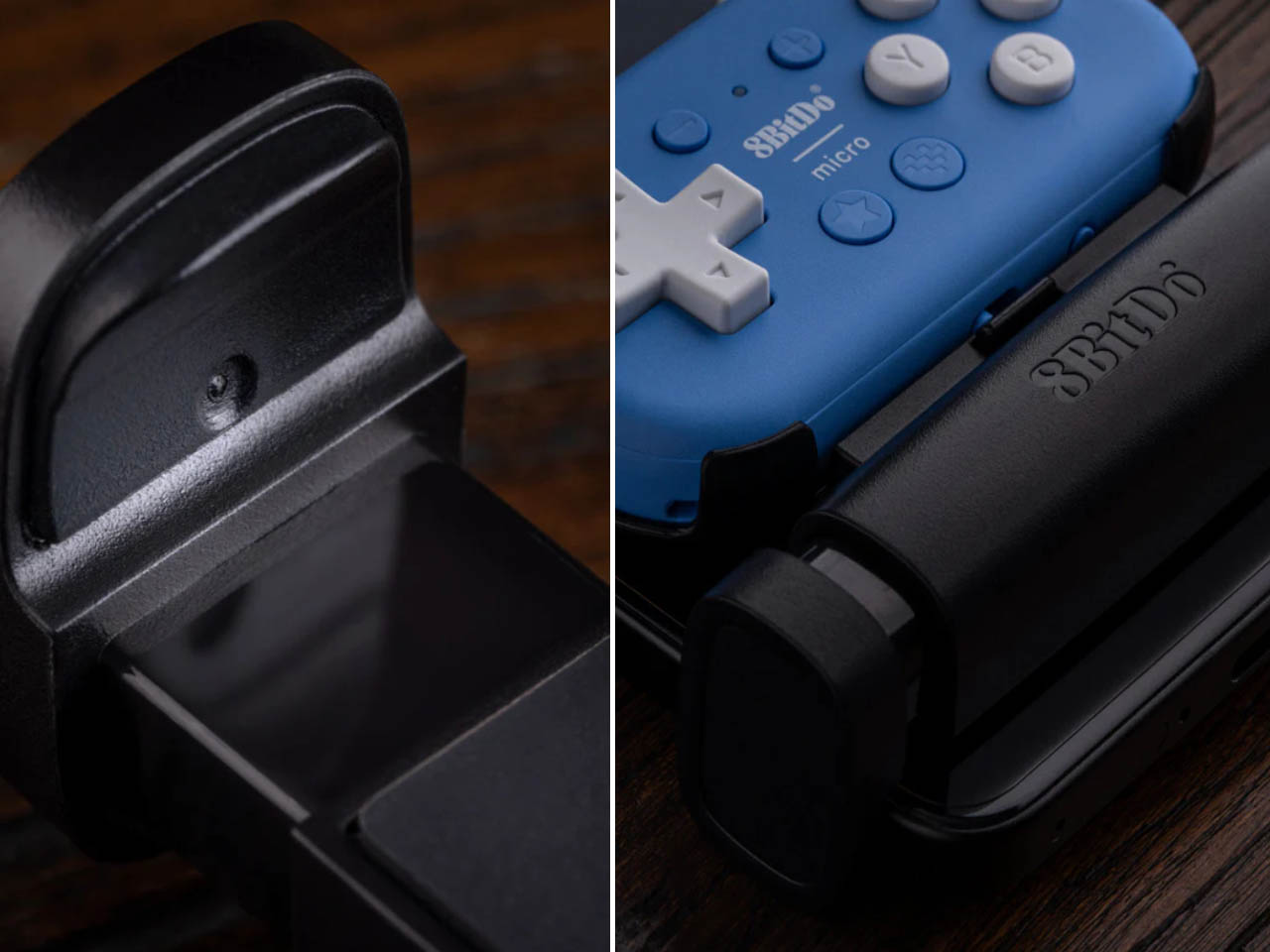
Priced at $10, this clip-on accessory is a no-brainer if you own any of the two compact gamepads. It comes as a three-part bundle with a clip-on clamp that attaches to your device, and the other two are shells for the respective controllers. You just have to hook together the combination and attach it to your phone. Even if you are planning to buy any one of these two compact gaming controllers, it would be a wise choice to bundle it up with this mobile clip to open up the possibilities for a set collection of gaming titles on your phone.
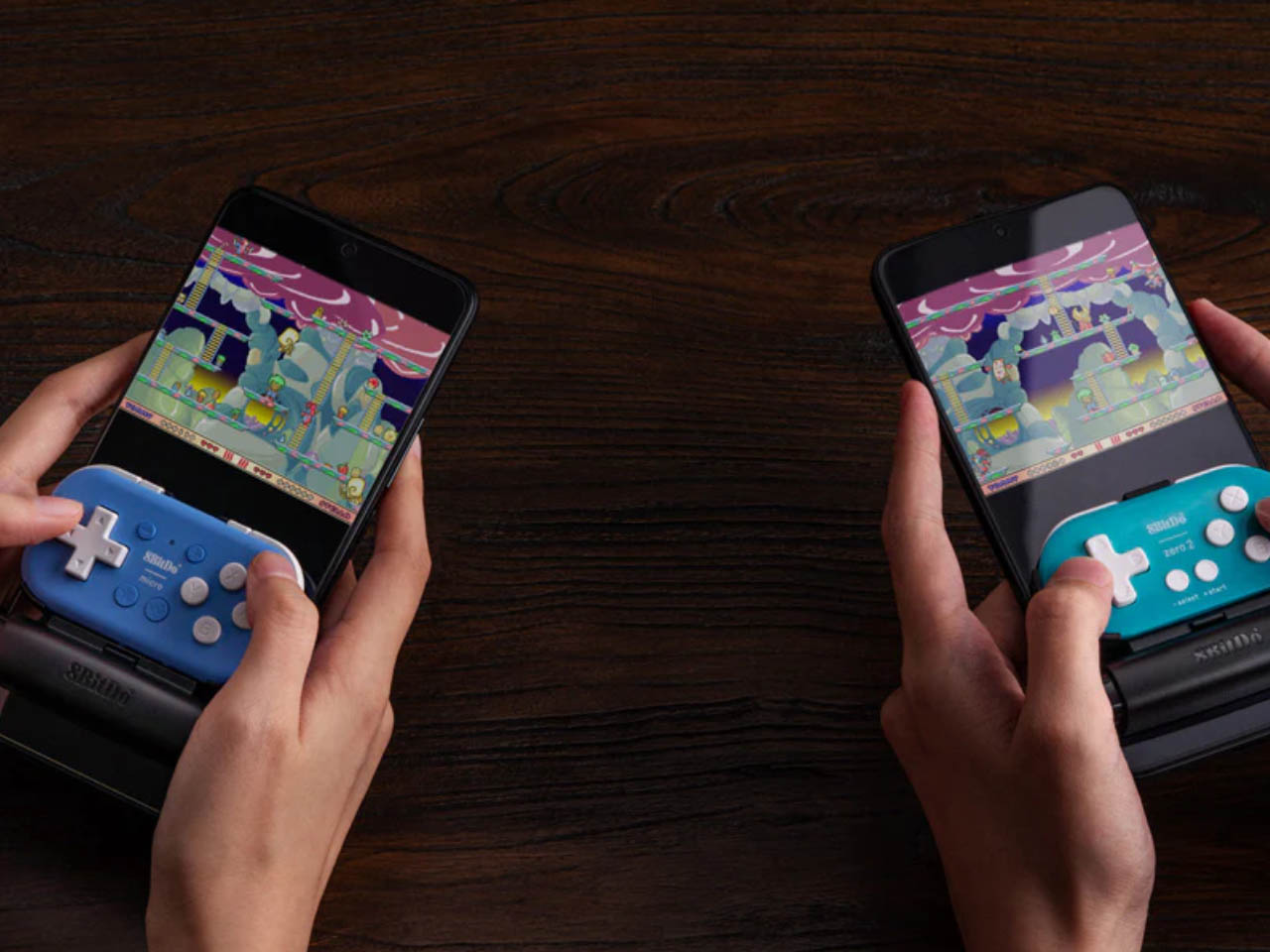
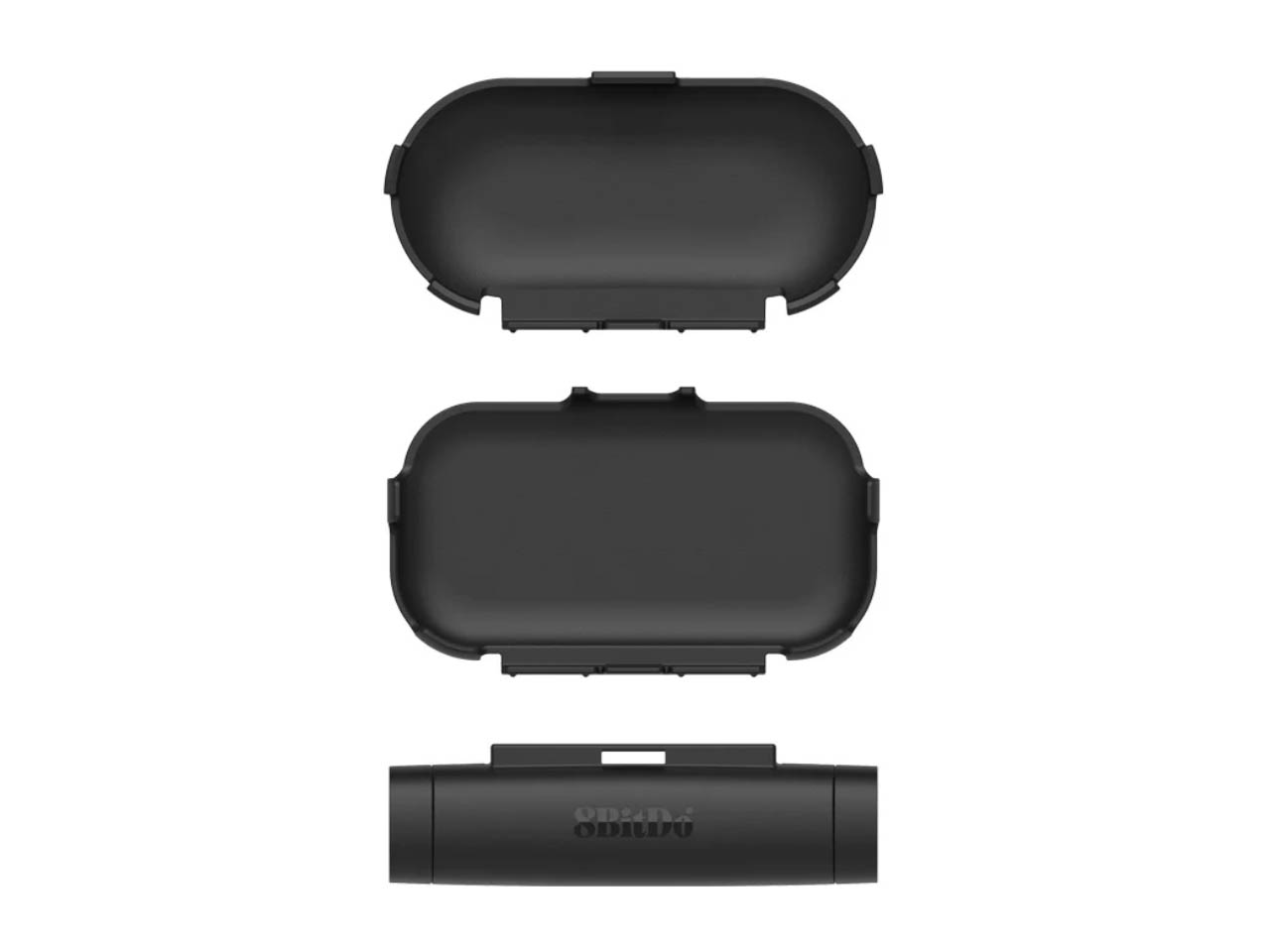
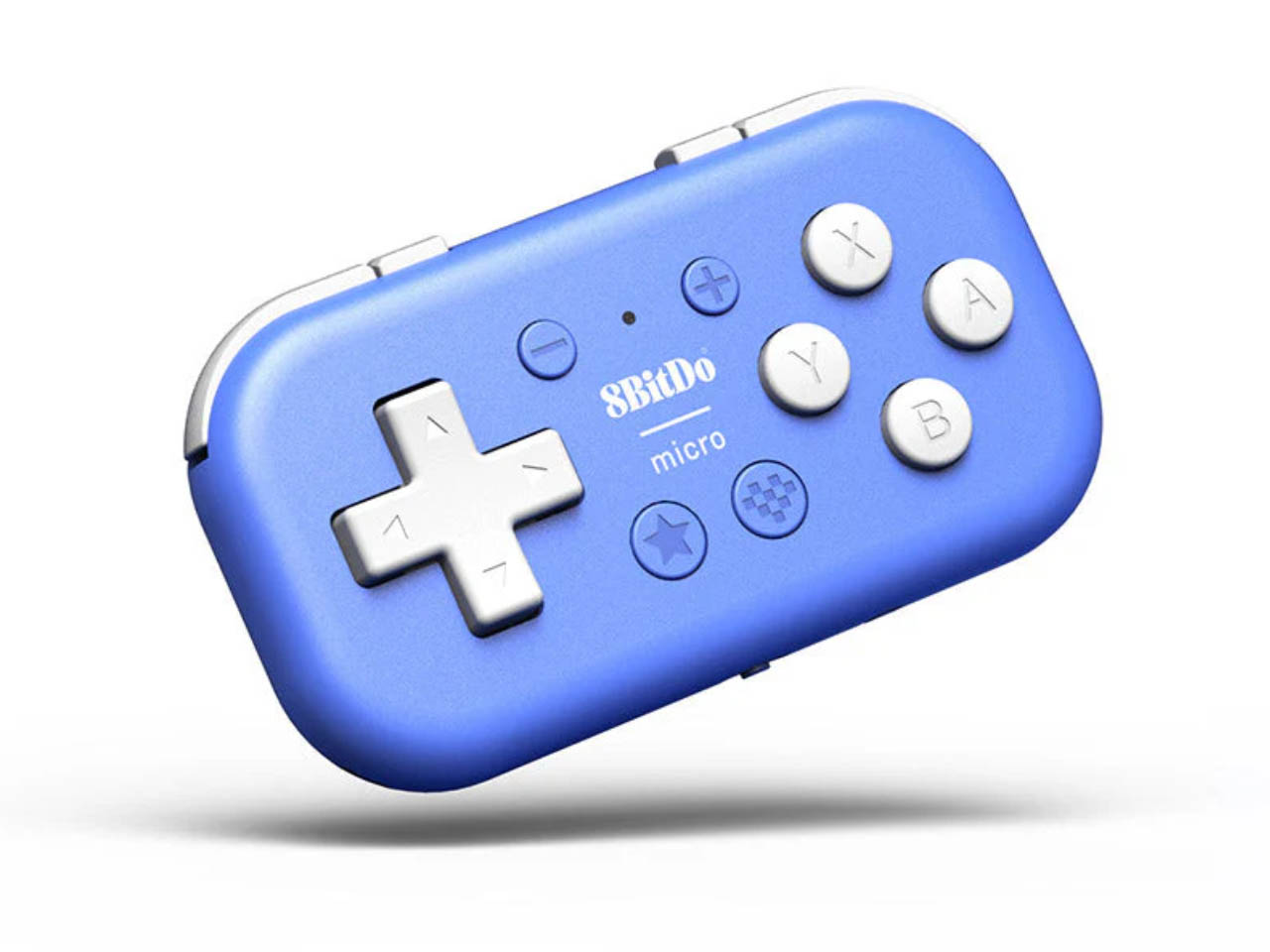
The post 8BitDo Mobile Clip for compact gamepads hooks to your phone for retro gaming like never before first appeared on Yanko Design.
Ultra compact and lightweight 8BitDo Ultimate Mini controller is perfect for gamers with small hands
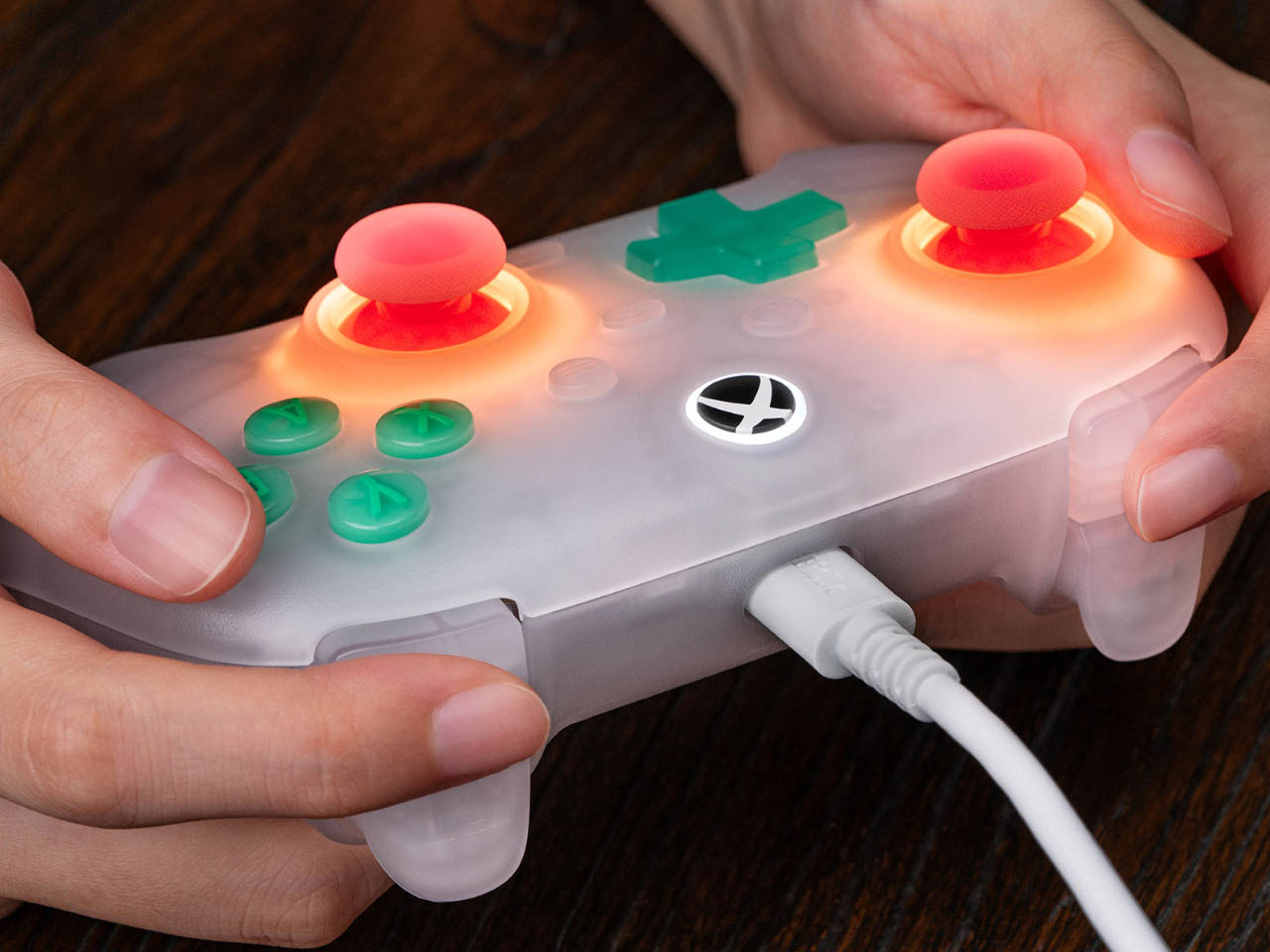
Folks over at 8BitDo are on a role this year with the release of high-quality gaming controllers (most often officially licensed) that cater to the needs of every kind of gamer. Just when you thought what more could come from the house of this innovative tech company, they have the perfect gift this holiday season for kids and people with small hands.
The peppy gamepad is basically a compact and lighter version of the Ultimate 2C controller. The officially licensed Xbox controller is 20 percent smaller and 10 percent lighter than its predecessor, thus making it a good option for gamers who think the Xbox Series X|S controllers are a bit of a handful. Weighing just 189.6 grams the controller is well-suited for long playing sessions which can fatigue your wrists and hands.
Designer: 8BitDo
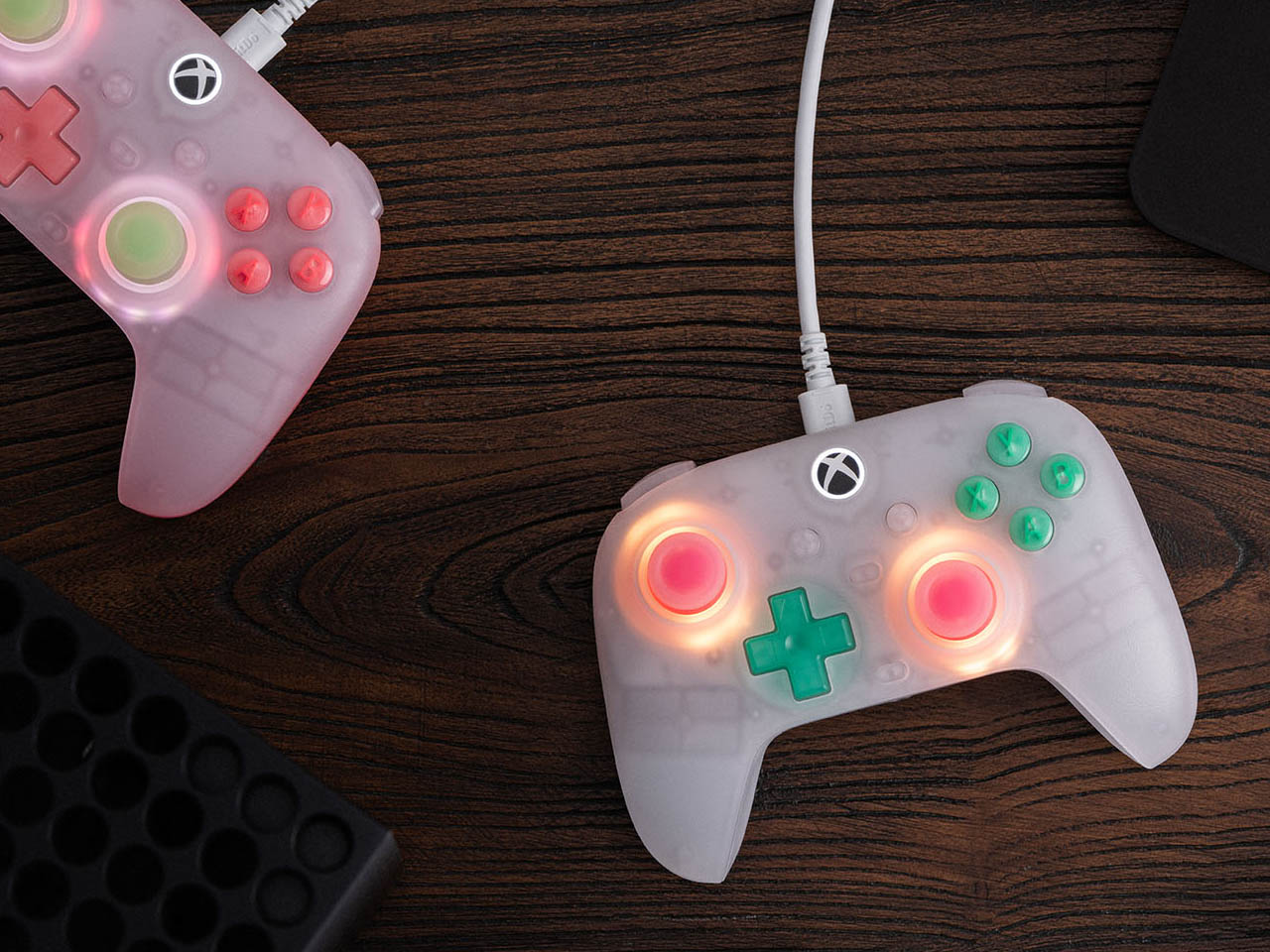
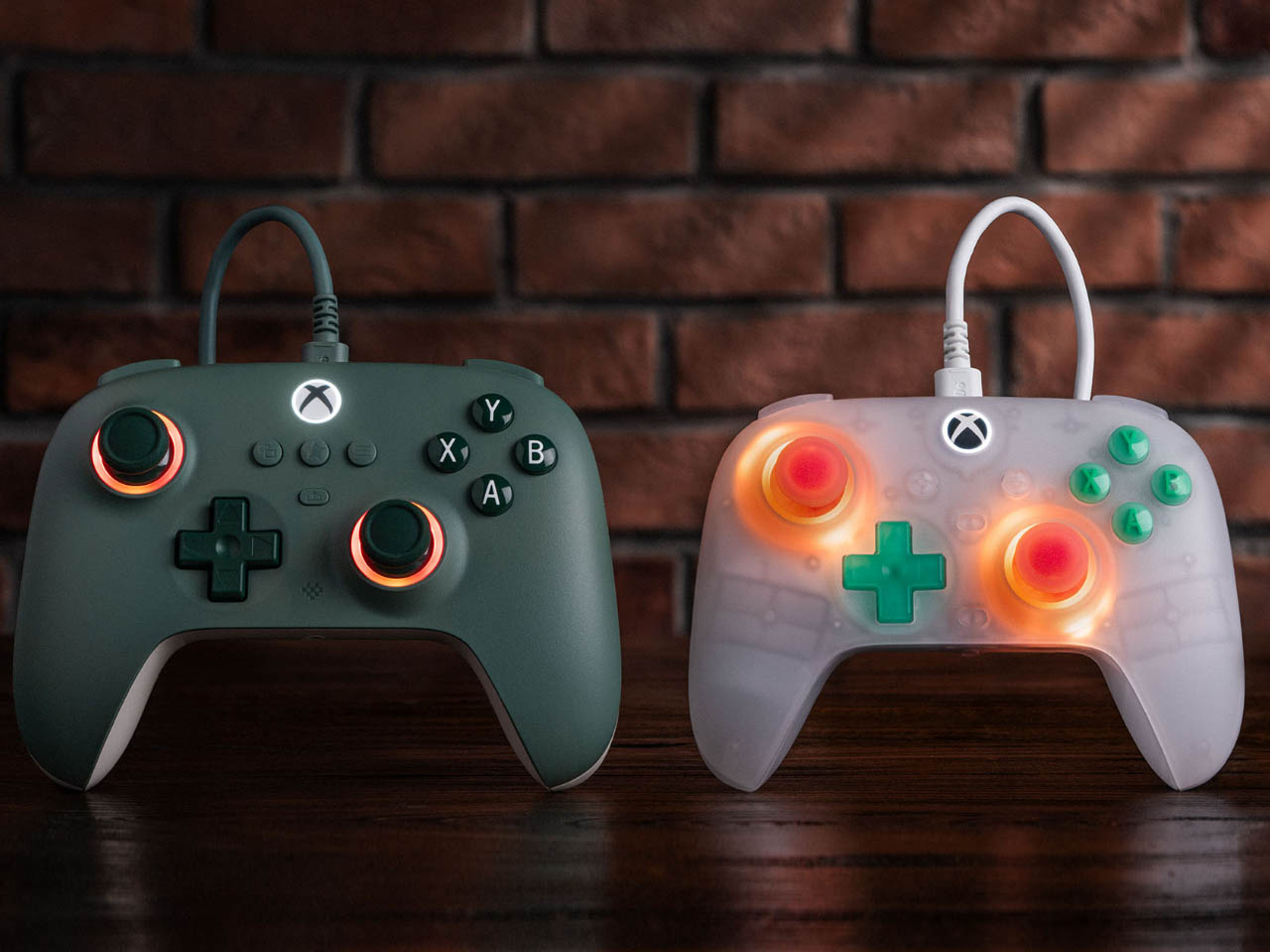
The layout on the controller is similar to the regular ones by Xbox – the only difference being the more crammed positioning (or compact alignment if you have small hands) of buttons. The buttons, joysticks, and triggers are full-sized, so that you don’t miss any input during crucial gameplay action. Although the main target audience of this gaming peripheral is teens and younger gamers, it’ll be the most cozy option for female gamers who tend to have smaller hands and males with average-sized hands.
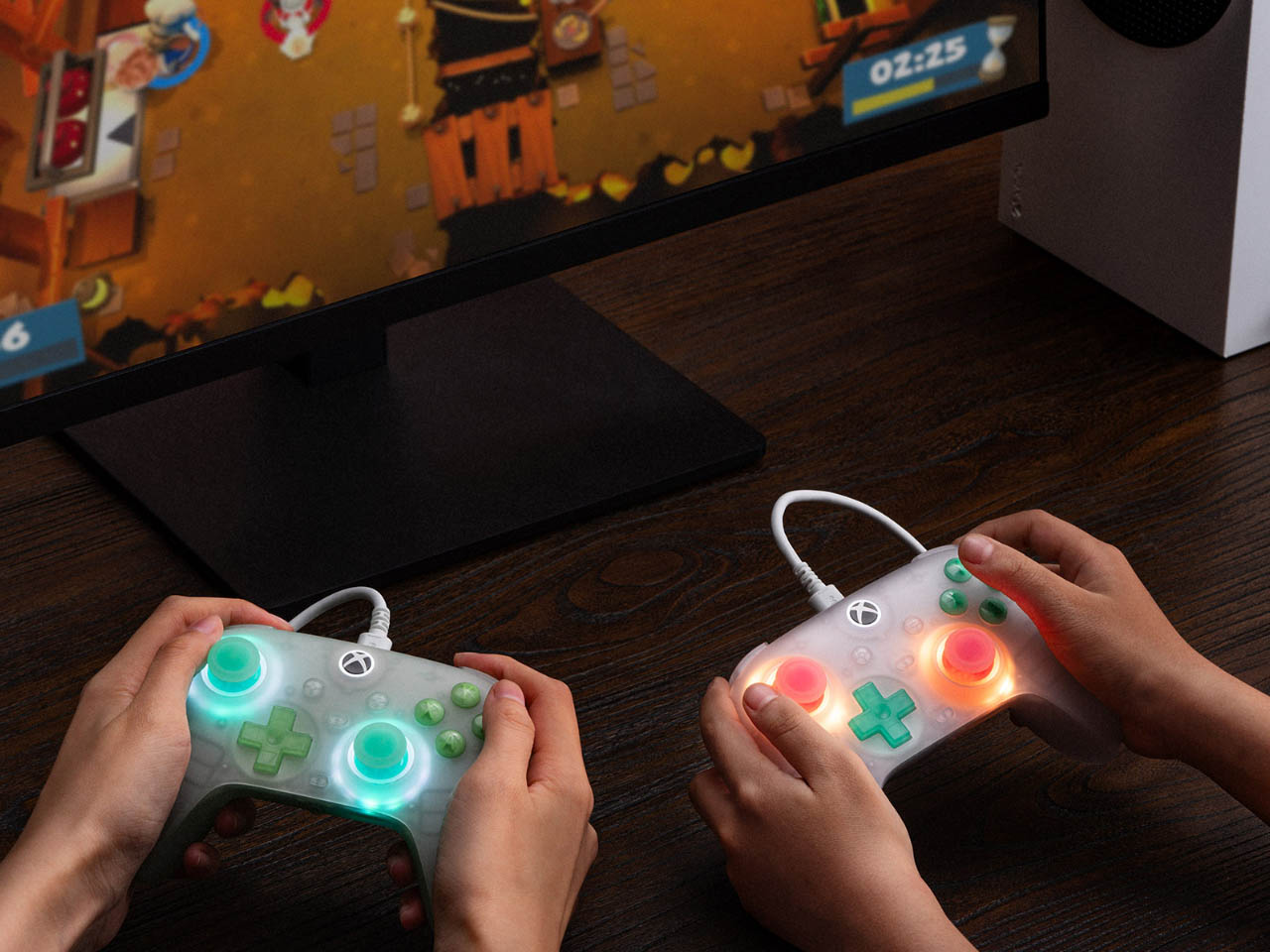
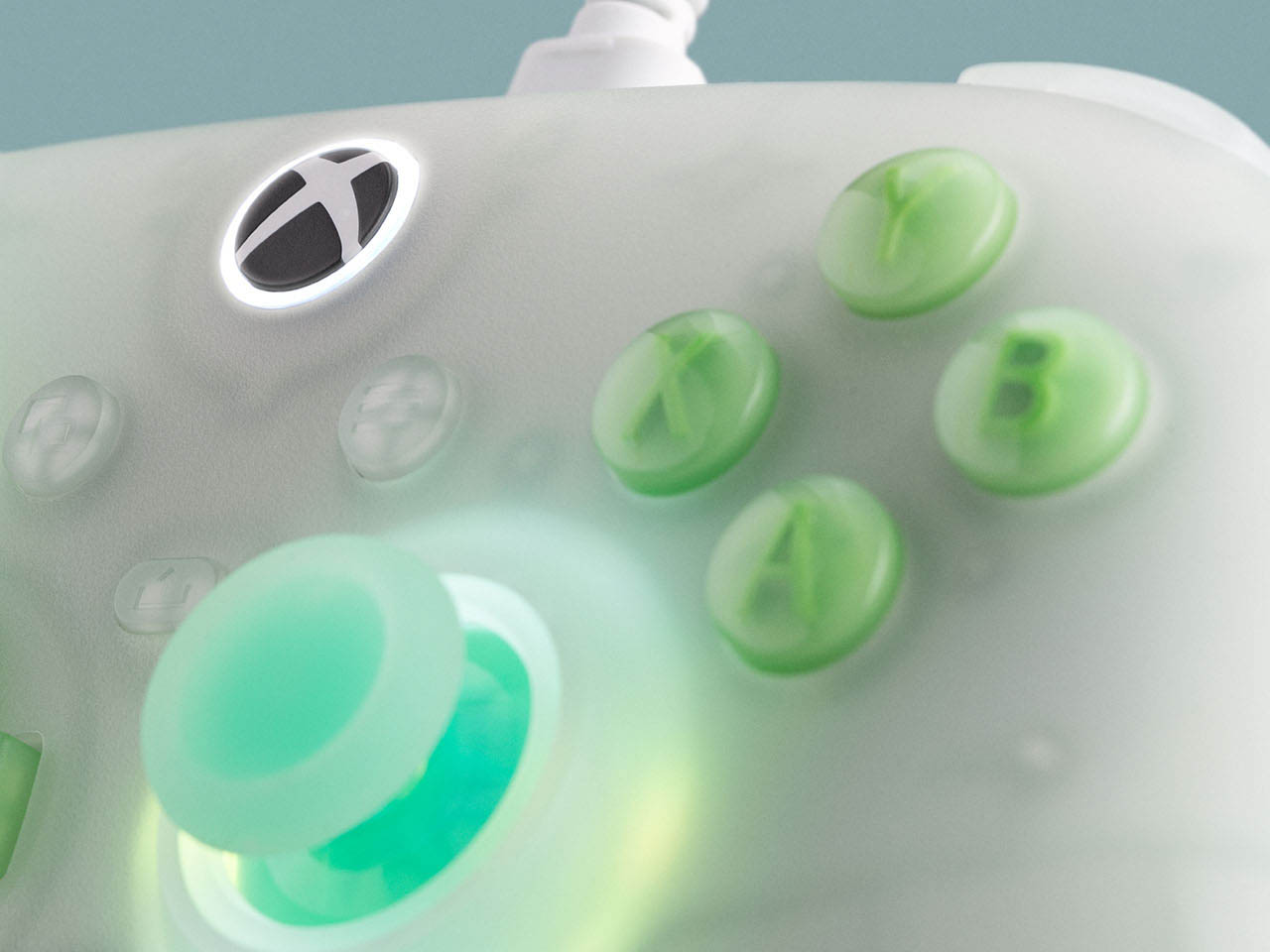
The action buttons, directional pad, and the magnetic Hall effect joysticks are positioned very close together. This while keeping in mind ergonomics and a clear distinction in gaming inputs when multiple buttons or joysticks are pushed. 8BitDo has also included Hall effect triggers on the rear, and slightly smaller shoulder buttons. The visually striking gamepad comes wrapped in a translucent shell with white, green and pink hues along with the matching button and joystick color theme. Whenever a button is pushed or the joystick rolled, the cool LED lights react with flashes or follow the direction of the movement. This they call the Fire Ring and it looks amazing.
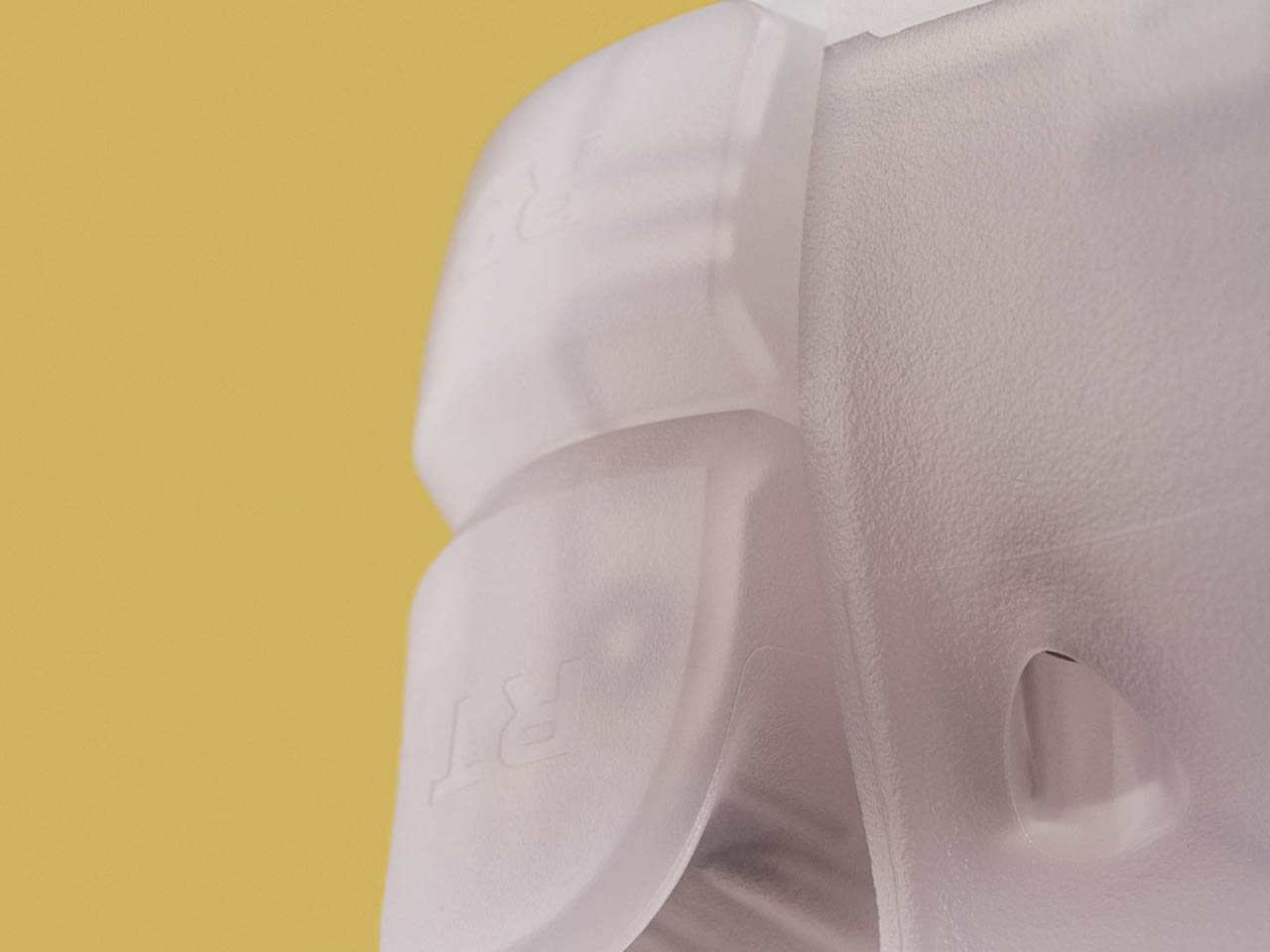
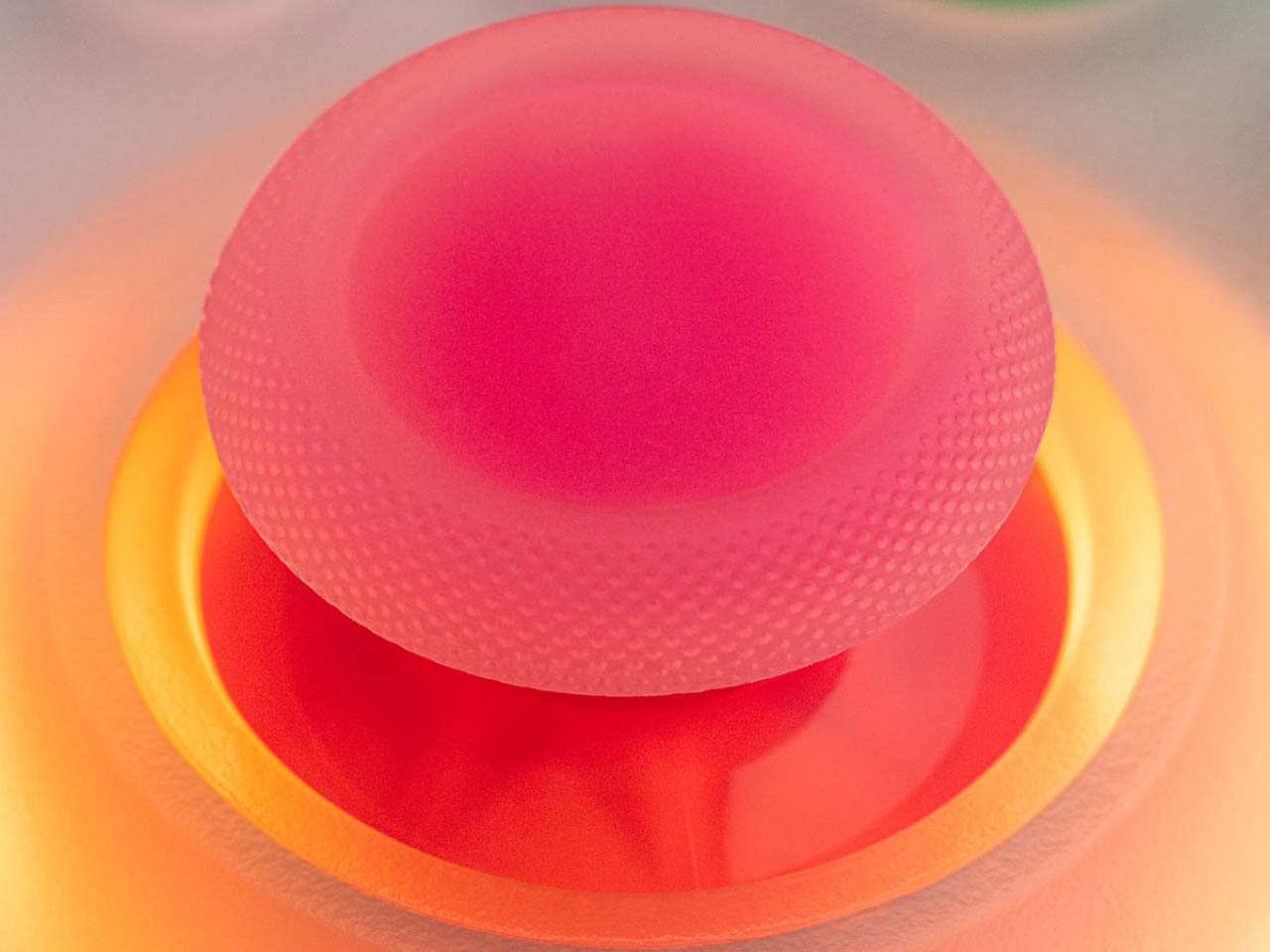
Ultimate Mini is going to be available in wired option only, so that there is no extra battery weight just like in other wireless controllers. It is compatible with Xbox One, Xbox Series S|X, and Windows 10 or higher PCs. The compact gamepad can be ordered right away in the US for $35 from the official 8BitDo online store or Amazon.
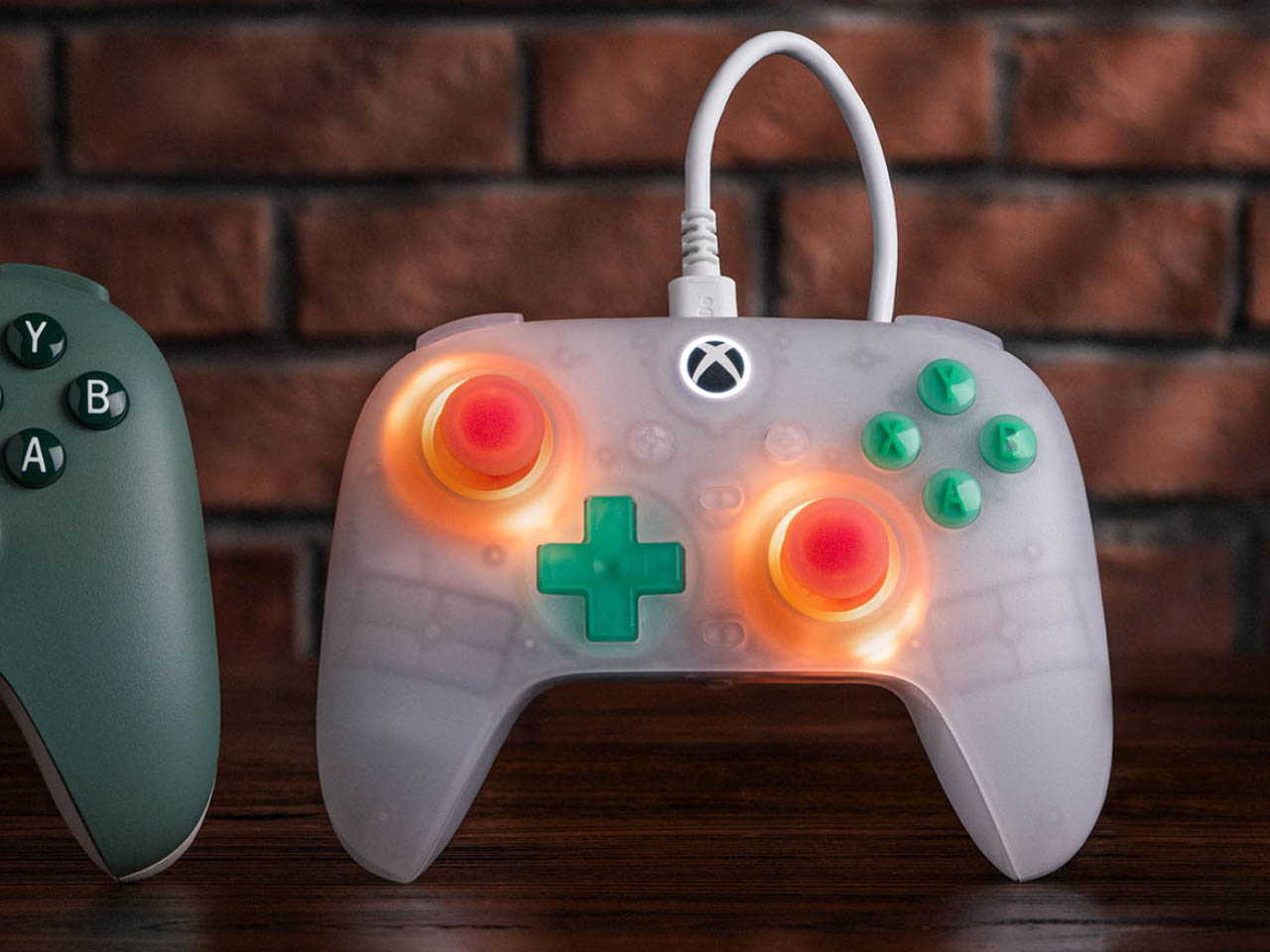
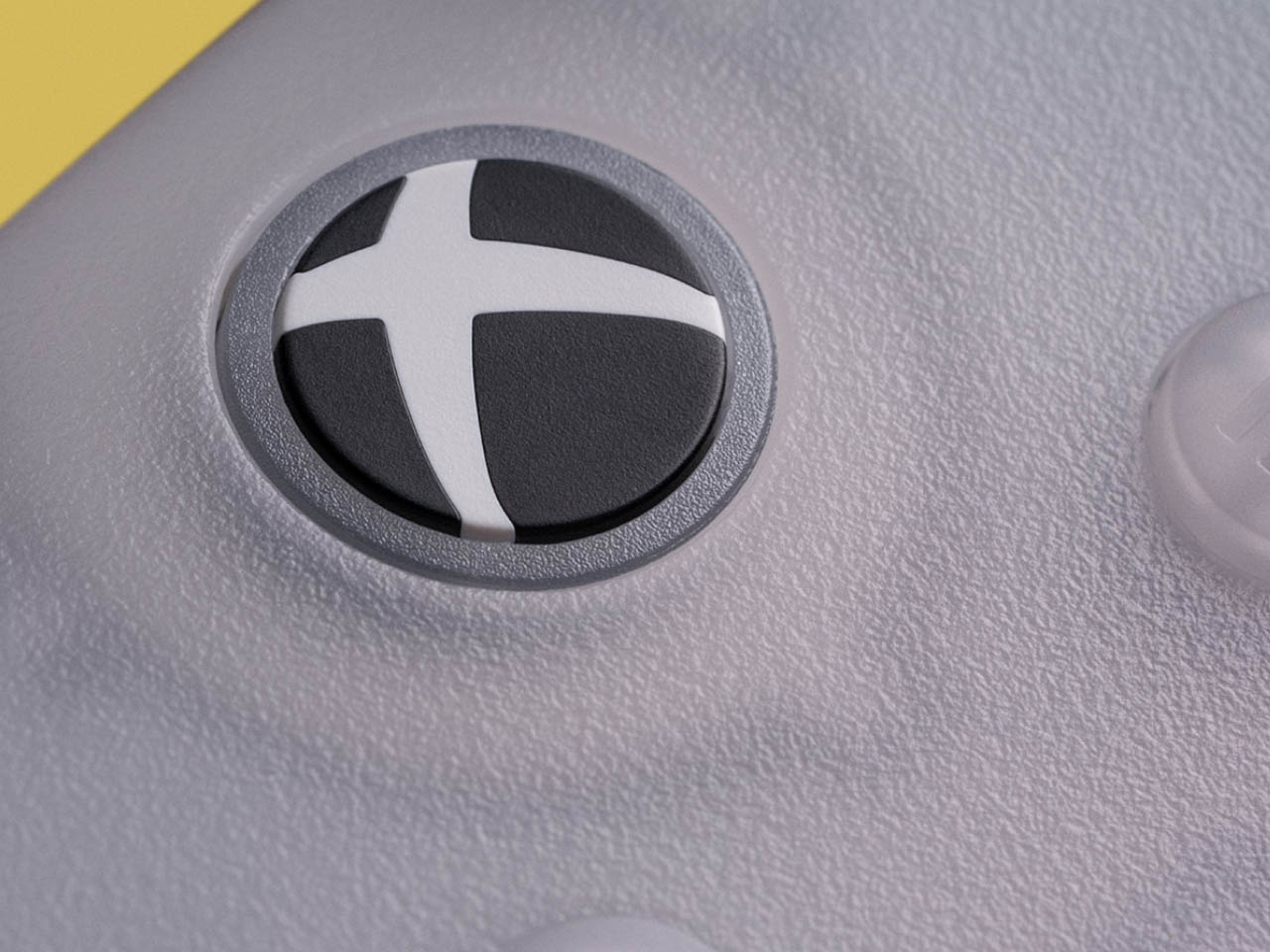
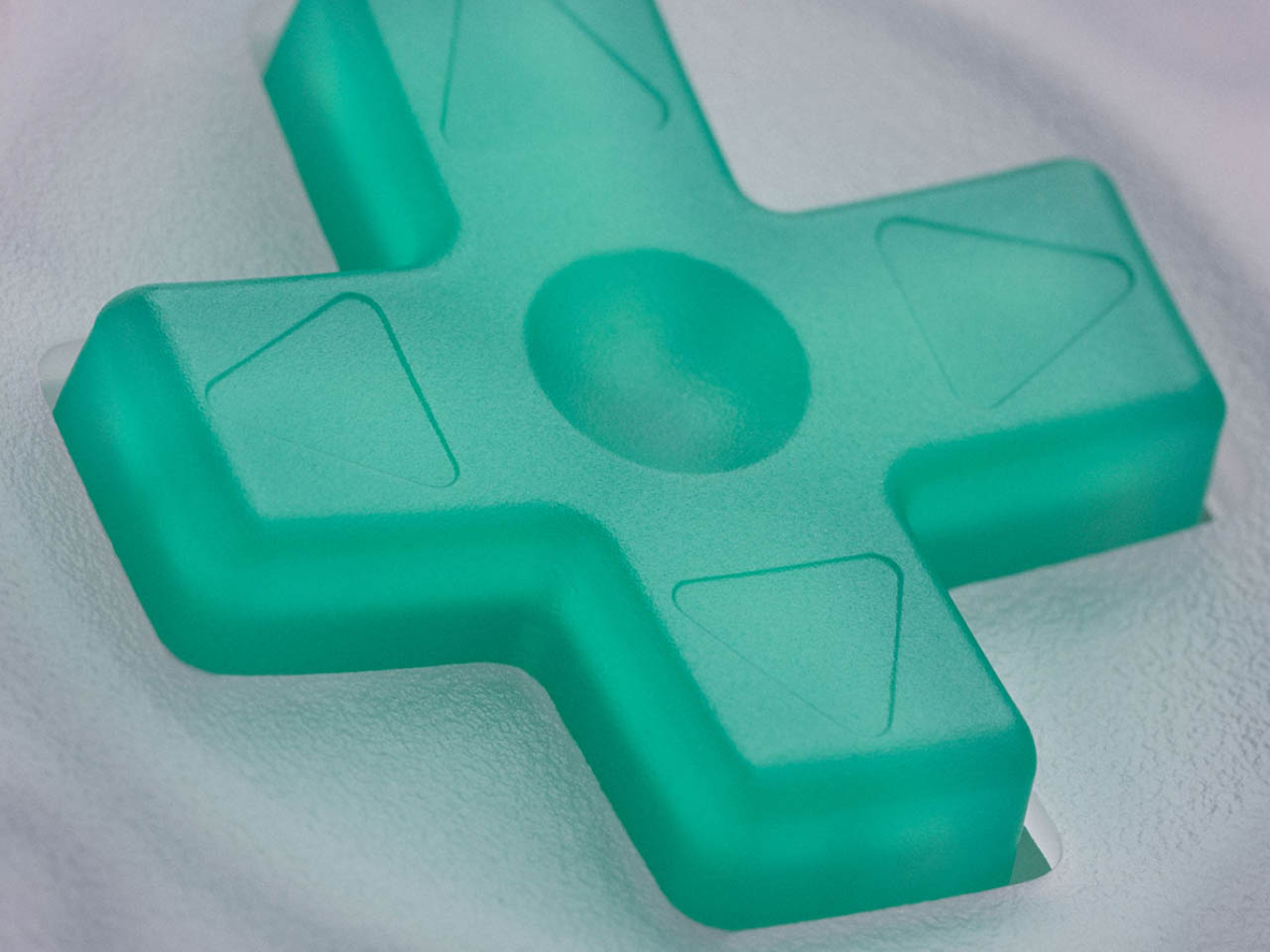
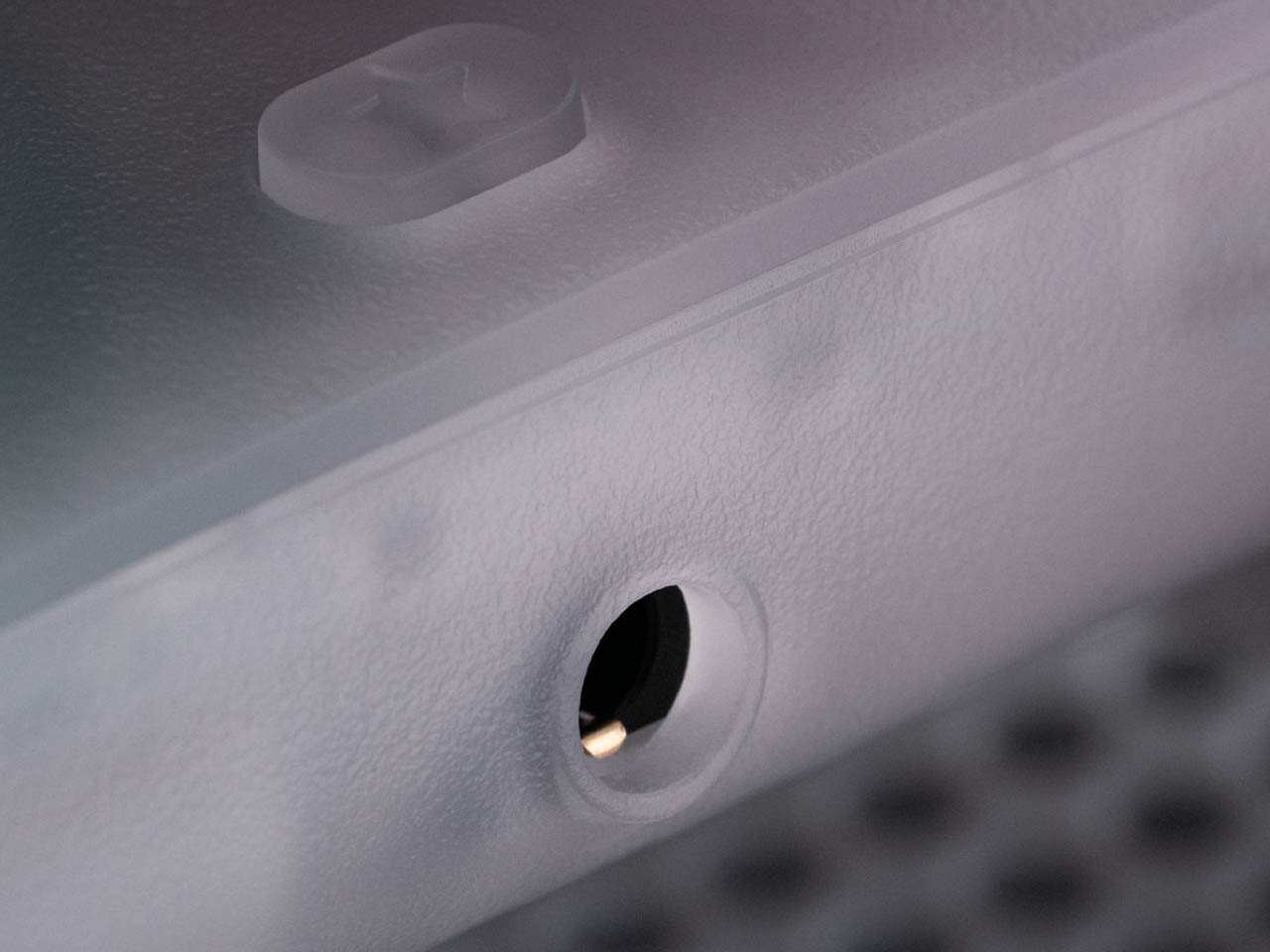
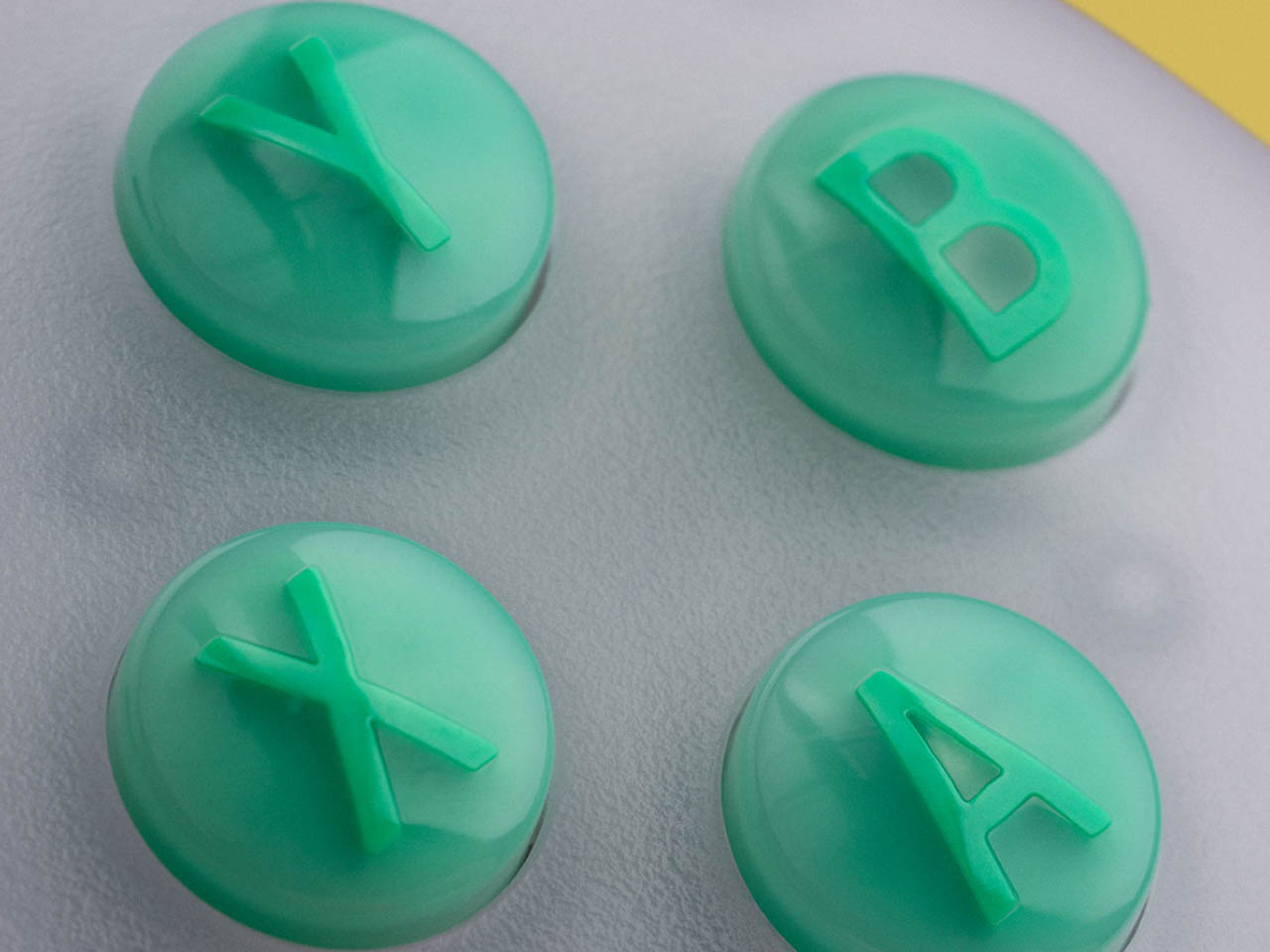
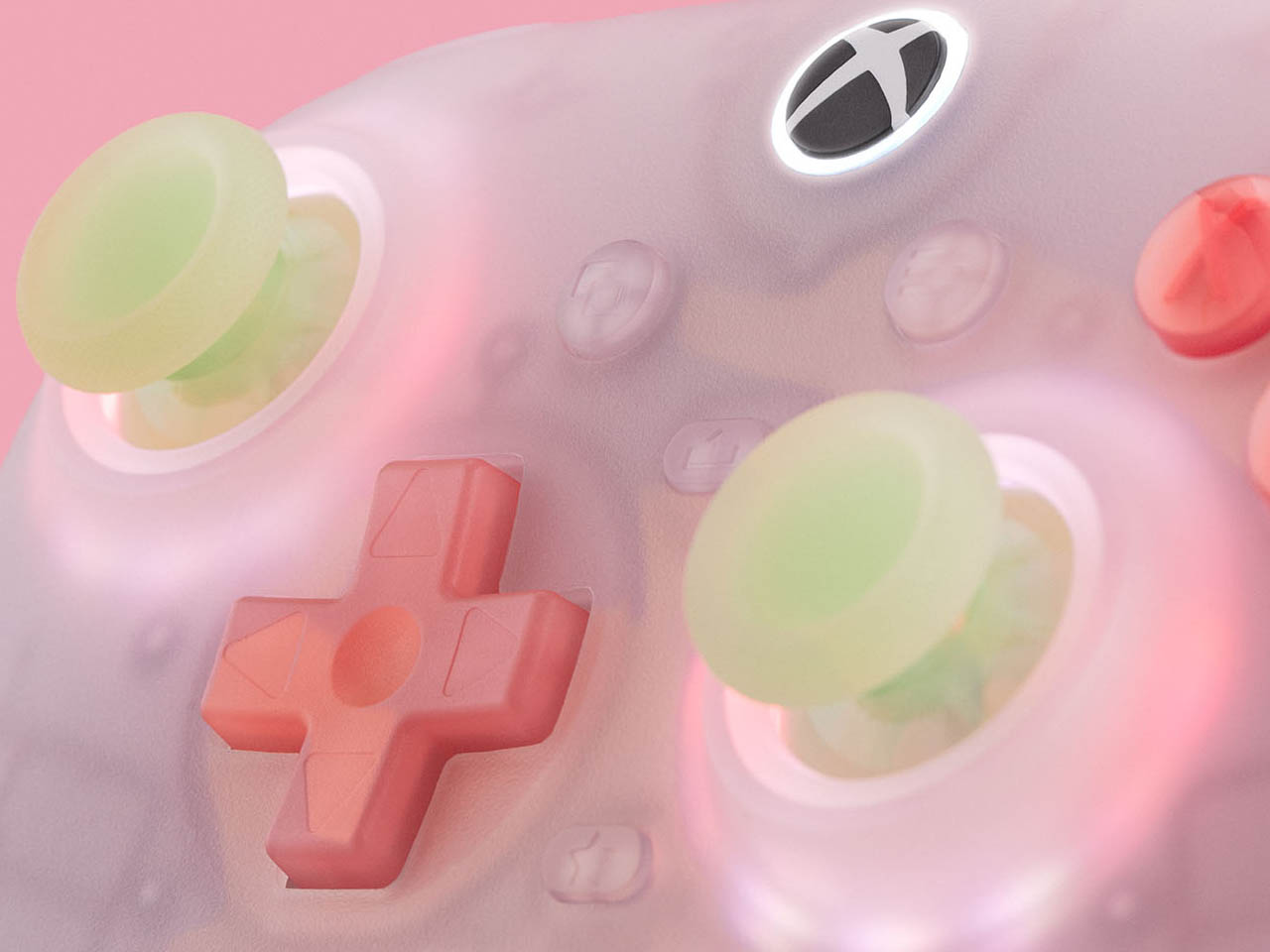
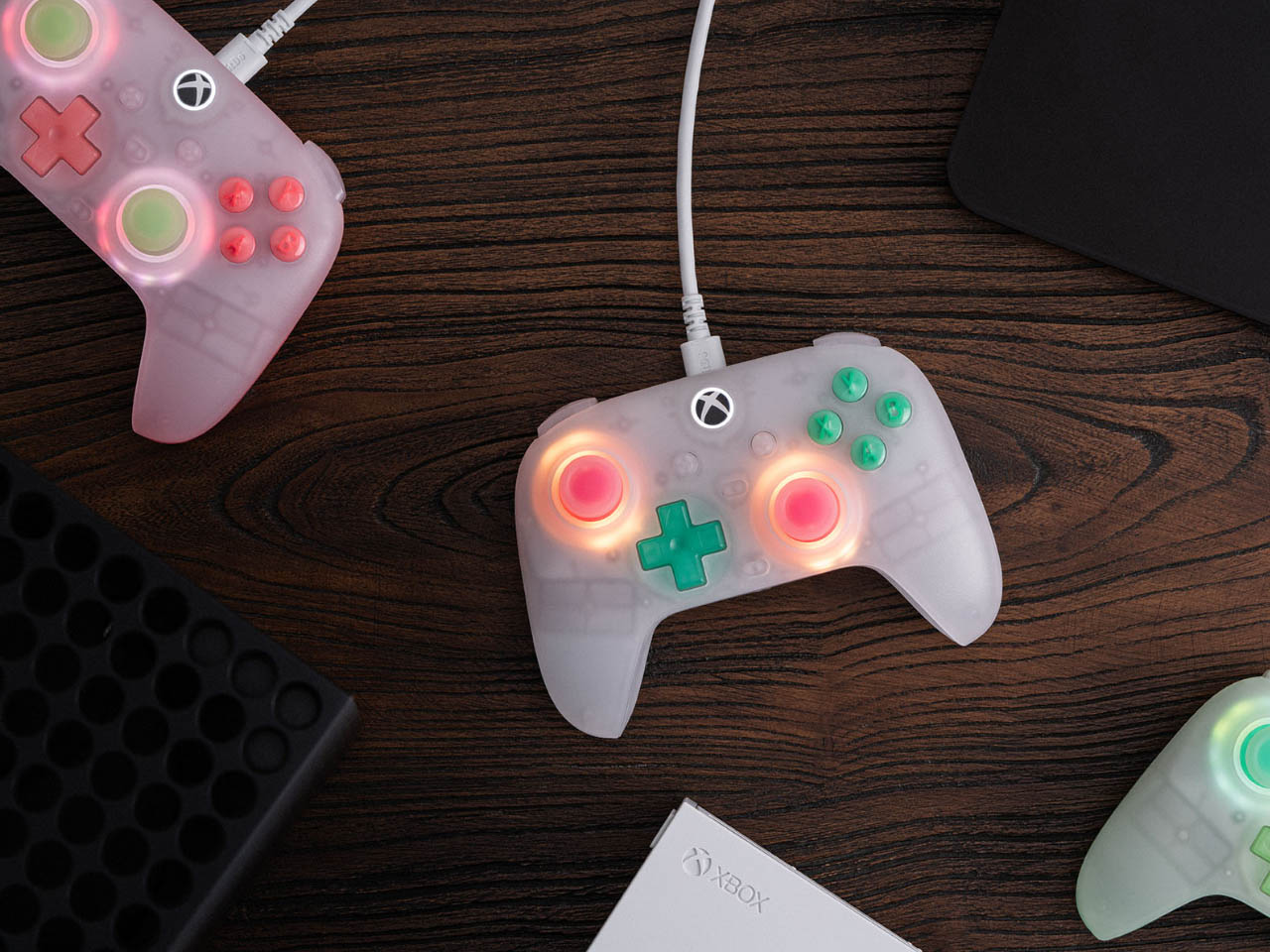
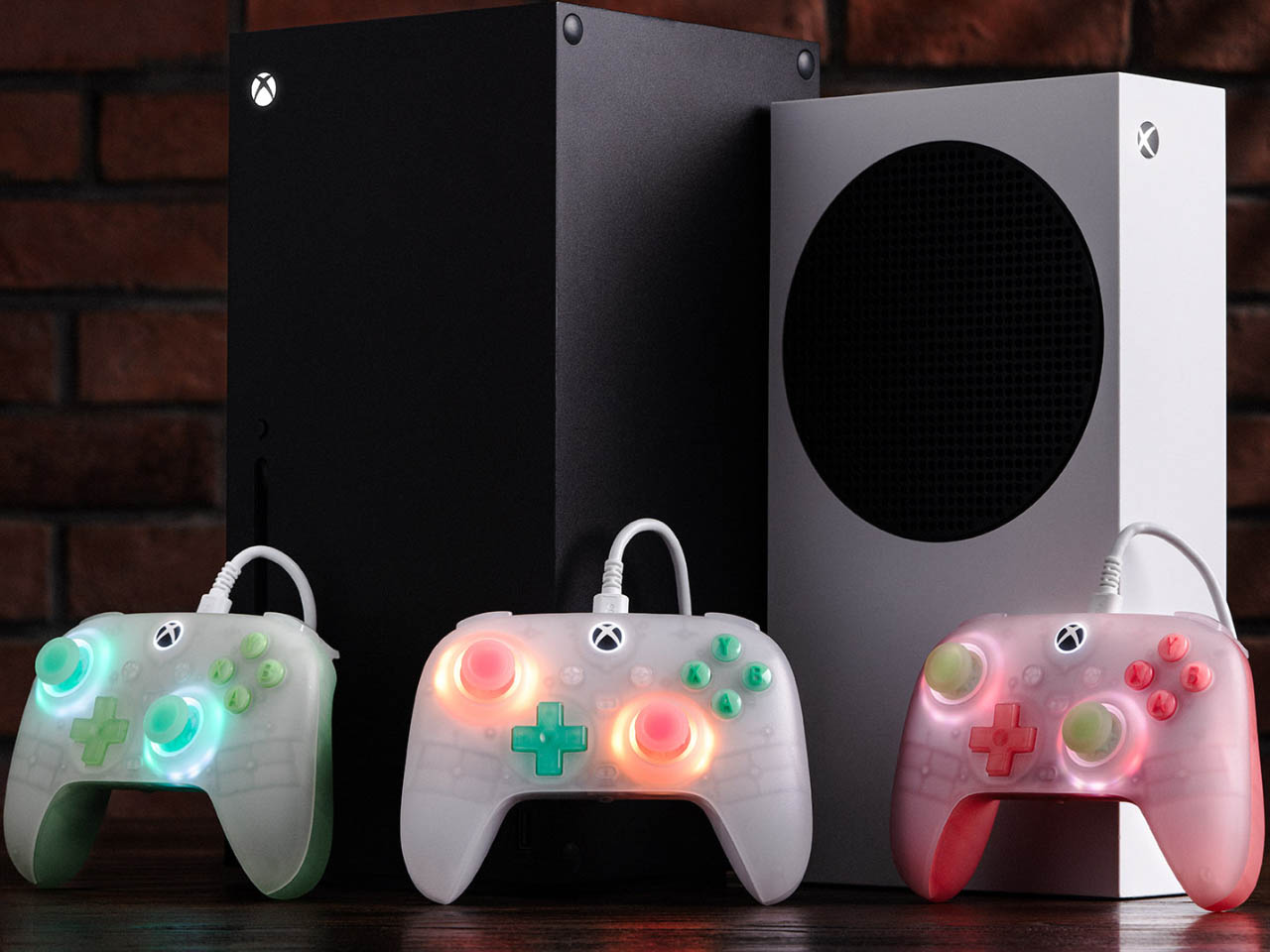
The post Ultra compact and lightweight 8BitDo Ultimate Mini controller is perfect for gamers with small hands first appeared on Yanko Design.
Enhance Your Expertise Anytime With Unlimited Online Courses — Now $19.97 for Cyber Week
LEGO Horizon Adventures : les 10 premières minutes du jeu

8BitDo’s Mod Kit turns wired NGC controller into wireless one with Hall Effect joysticks
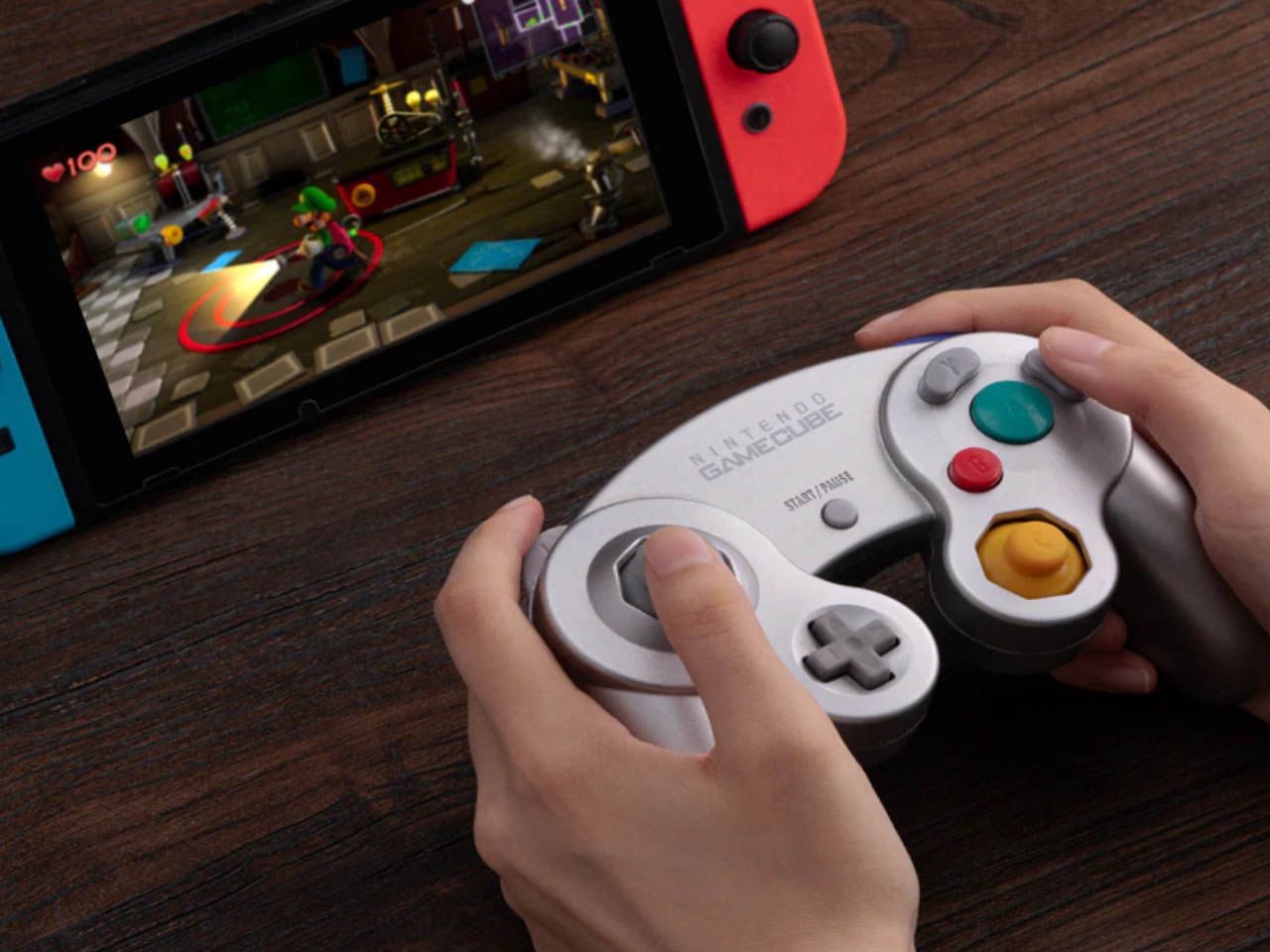
If you wish to again play games on your Nintendo console with the GameCube controller that has damaged wires and bad instances of drifting analog sticks, then this accessory arrives as a blessing in disguise. 8BitDo has introduced a mod kit that lets you upgrade your GameCube controller to a wireless gamepad, so that you’re not impulsively tempted into buying a new one.
This is not the first time 8BitDo has introduced a mod kit for the Nintendo controllers including the N64 and earlier ones, so this comes as no surprise. The trick here is that you’ll have to replace the existing PCB of the NGC controller with a drop-in board. The Chinese tech company is taking pre-orders for this useful gaming accessory that’ll make you go wireless if you hate the wire clutter on your Nintendo ecosystem. Called the NGC Mod Kit, this one is slated to ship on 25th September.
Designer: 8BitDo
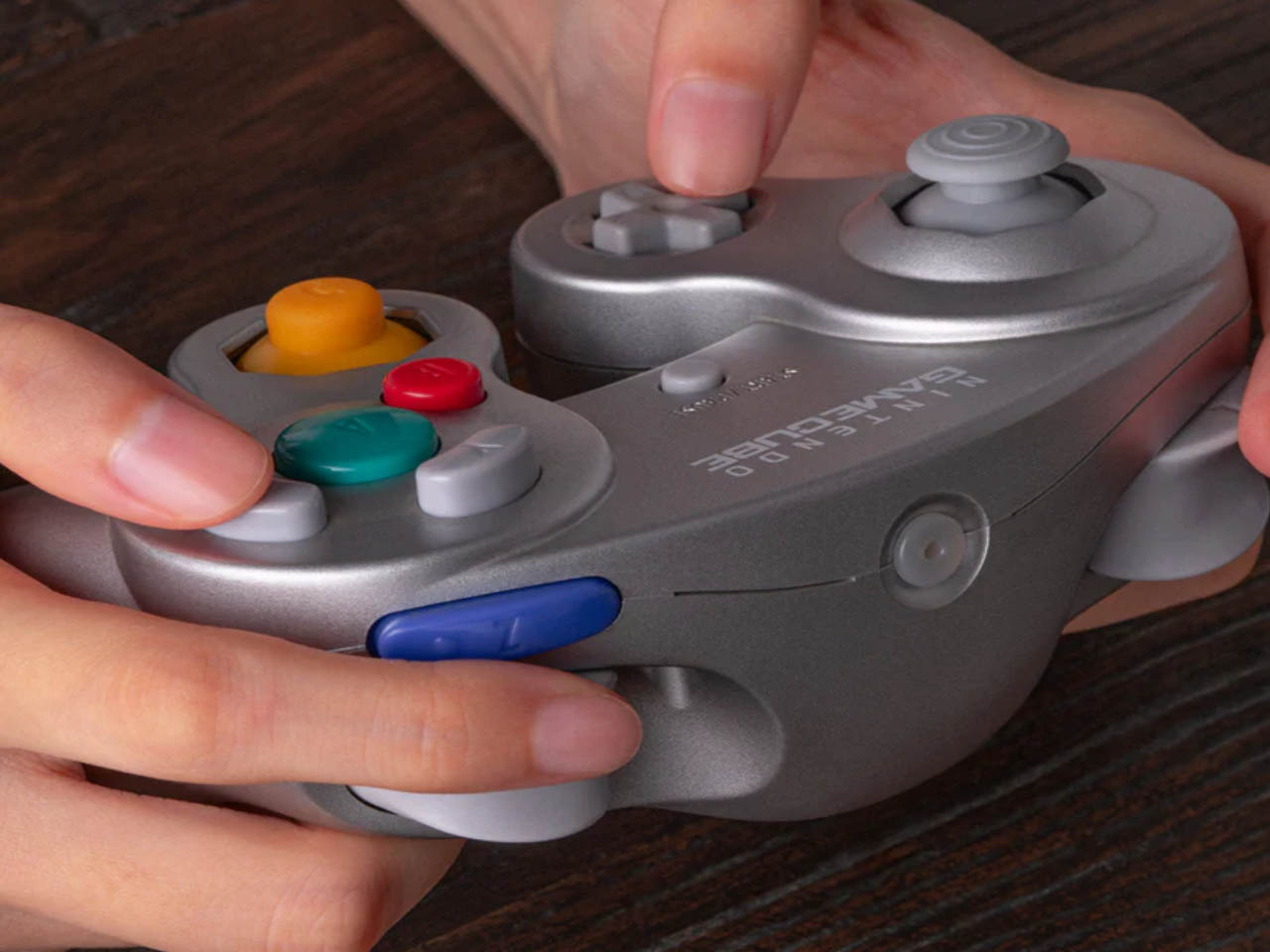
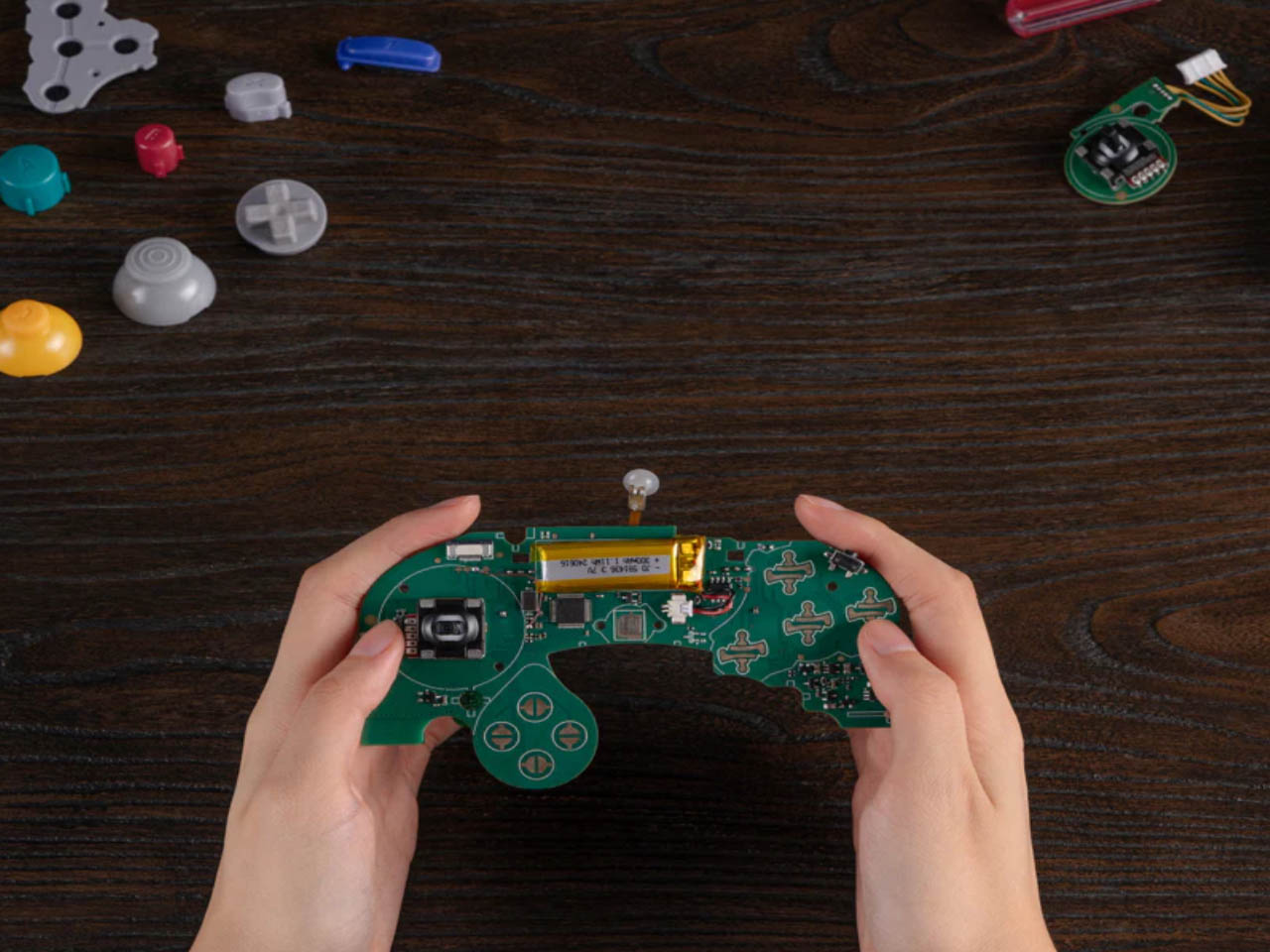
You’ll need to have basic soldering knowledge and loads of patience to make the changeover. Remember, controllers are not that easy to put together when opened up. Although not as tedious as putting together something like a DualSense. Of course, there are certified adapters on the market (including 8BitDo GBros and Nintendo’s official adapter) that allow you to use the wired GameCube controller with the Switch but this mod kit cuts out the extra and brings straightforward wireless Bluetooth connectivity.
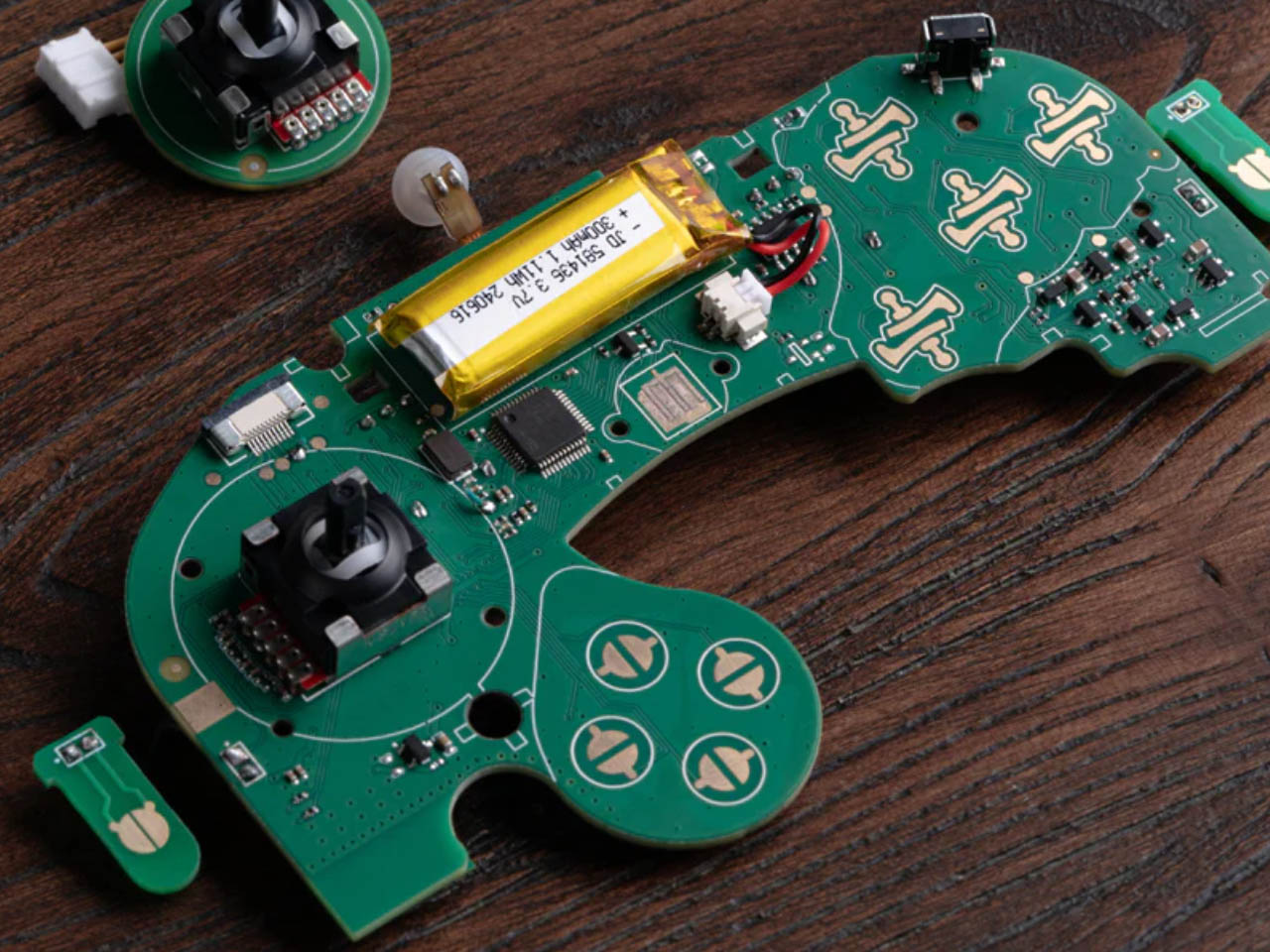
Along with making your gamepad wireless, there are other add-ons as well. It has Hall effect joysticks for improved lifespan and immunity against sensitive vibrations if you love to play your FPS games hard. The accessory adds a 300mAh USB-C rechargeable battery with 6 hours of playtime for gaming without interruptions. It also adds a new set of triggers to the controller, so basically, you’ll have a virtually new gaming controller to play around with.
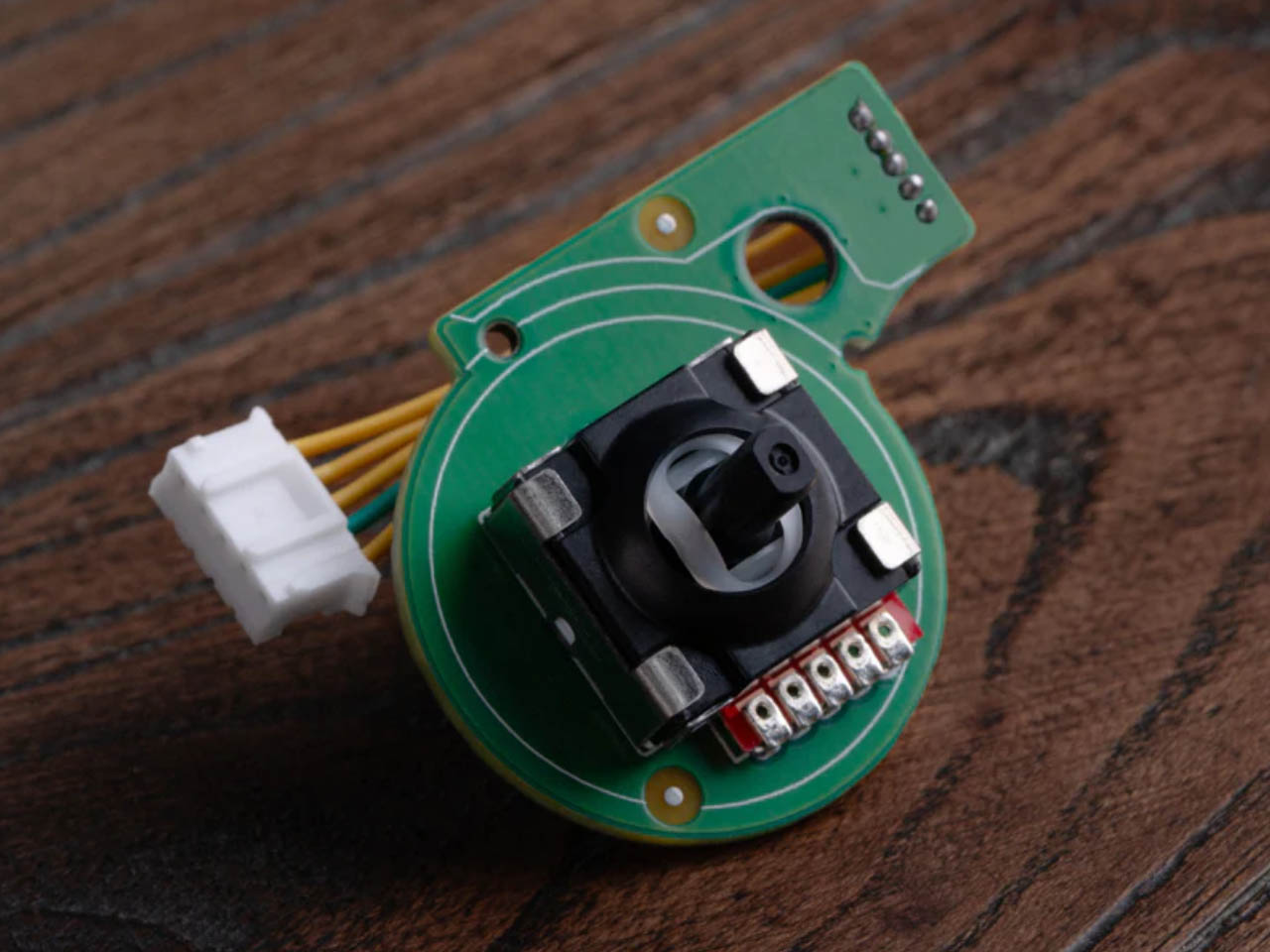
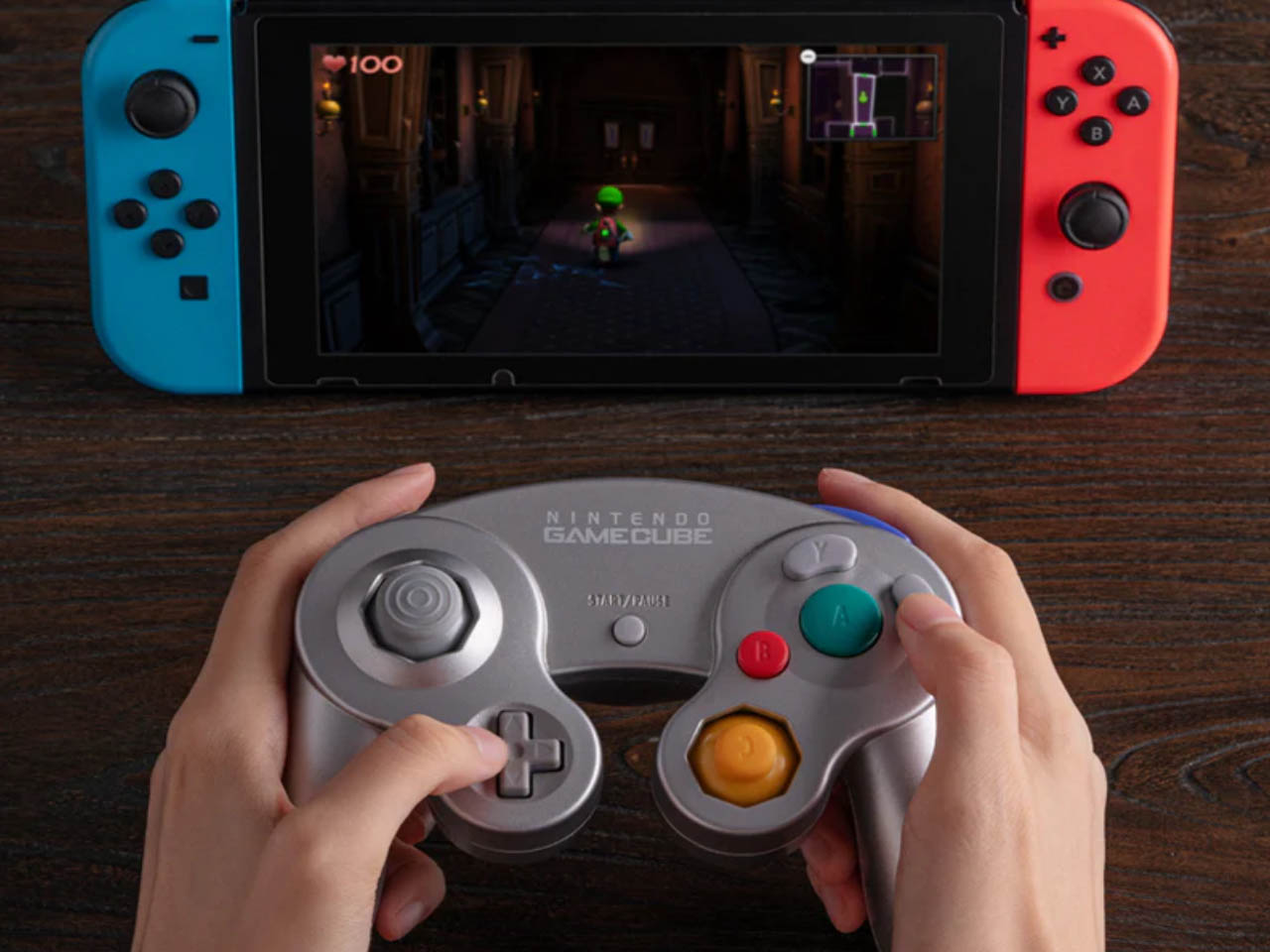
8BitDo Mod Kit priced at $26 is worth the spend if you have a Nintendo GameCube controller with chewed-down wires and defunct joystick controls. The only catch is, that you’ll have to slash out another $26 for the Tetro Receiver for GNC to connect to the GameCube. So, spending $52 on a wire-free setup for your existing NGC controller makes logical sense.
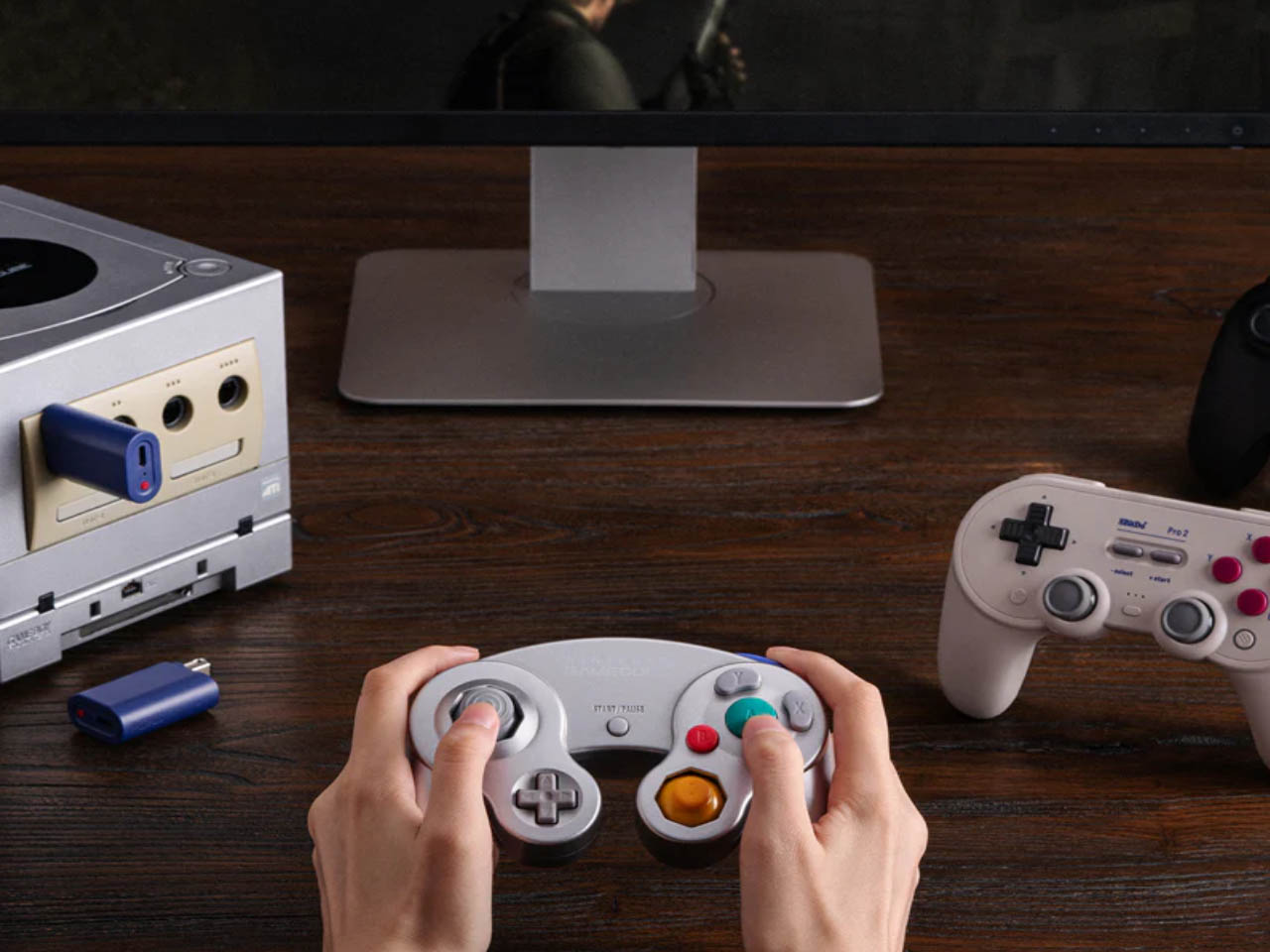
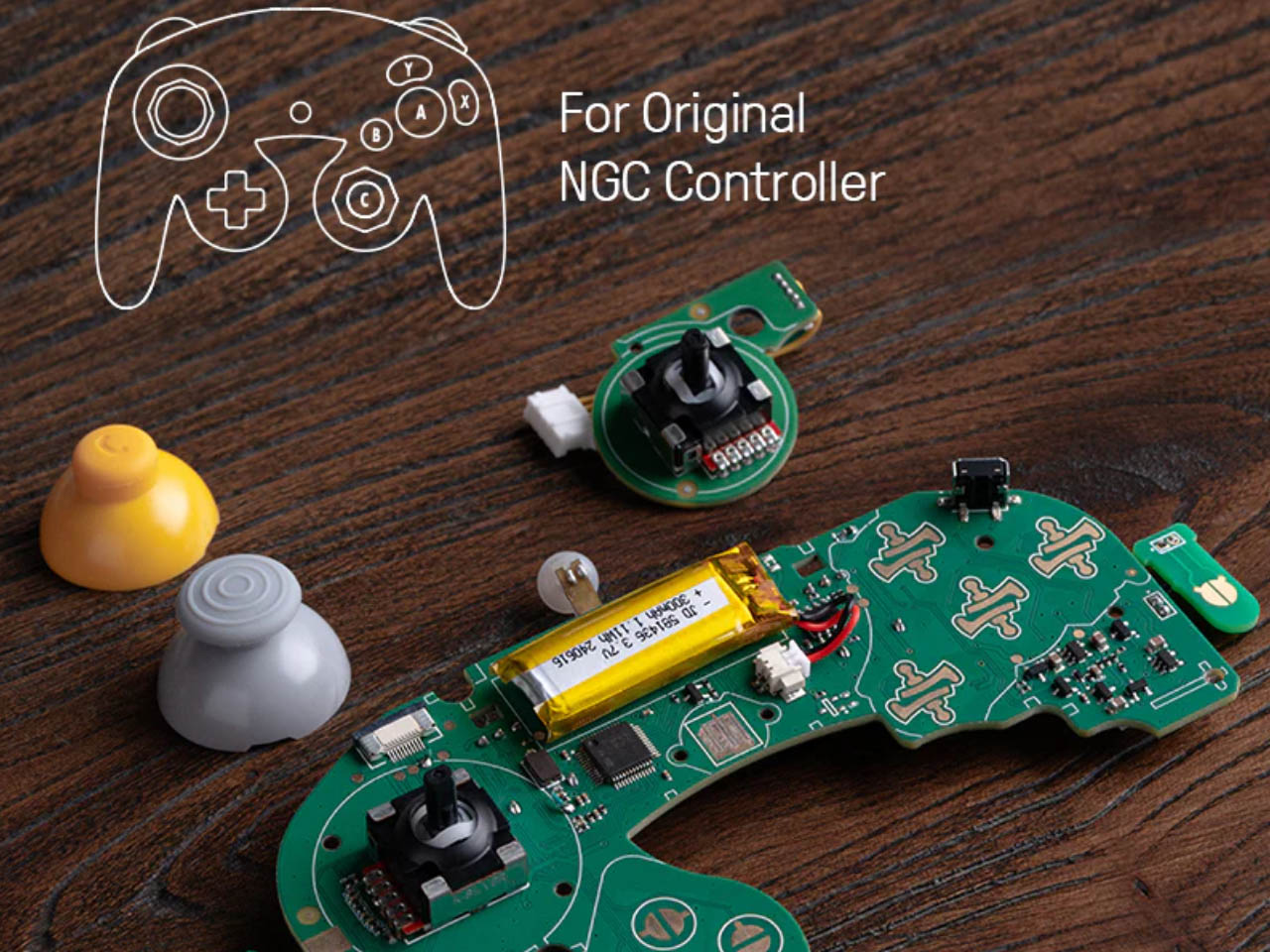
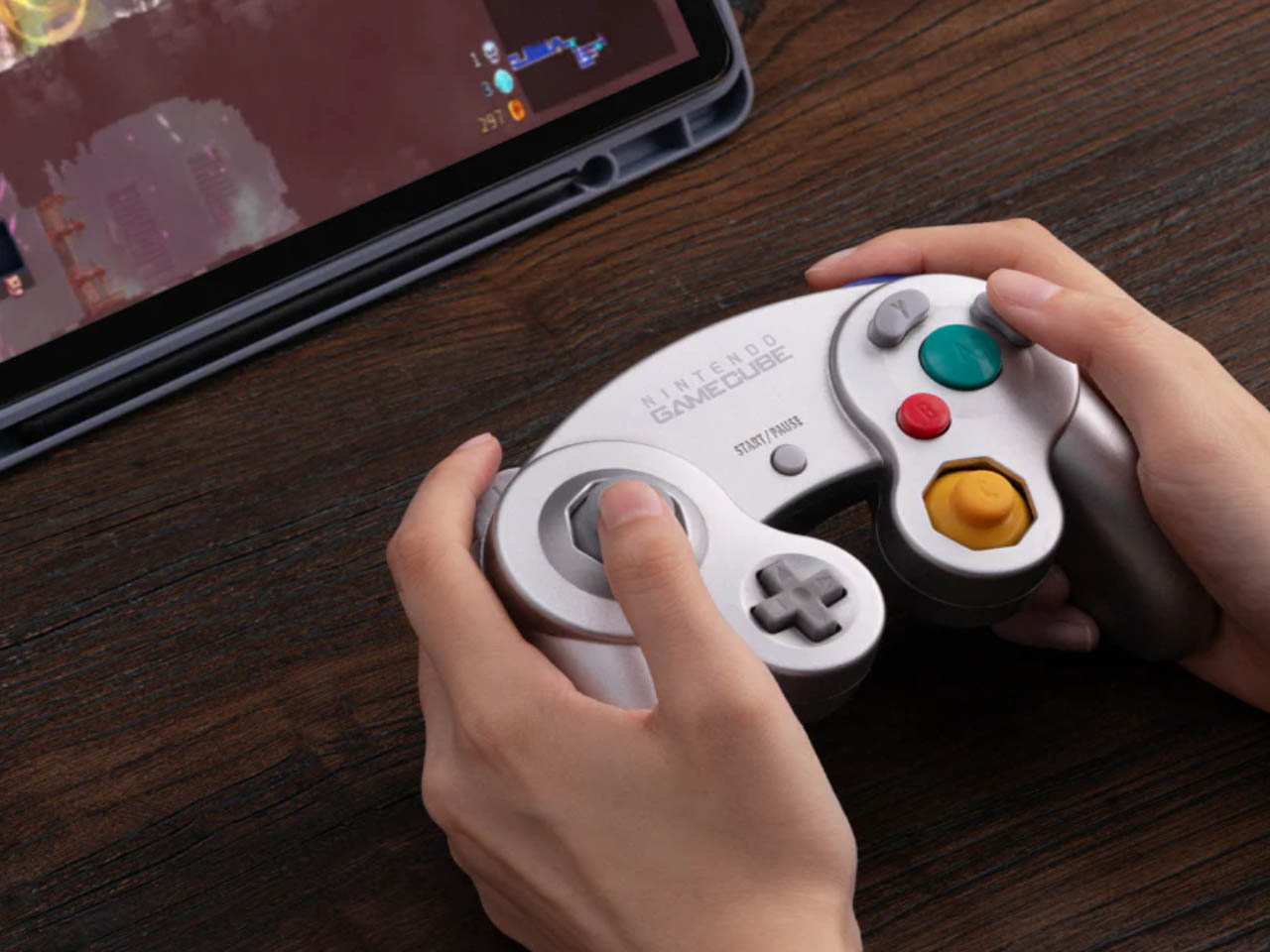
The post 8BitDo’s Mod Kit turns wired NGC controller into wireless one with Hall Effect joysticks first appeared on Yanko Design.
Foldable Game Boy console lets you go from Classic to Nintendo Switch-style Landscape gaming in seconds

Flip Phones? How about we introduce an era of Flip Consoles!
Meet the Game Boy Flip, an audacious fan-made console concept that features a flip-type gadget with joy-cons. In its shut mode, you’ve got a handheld device that can be used to play Game Boy Advanced or Color games, but open the foldable and you’ve got a larger screen for a more immersive landscape-style game a la Nintendo Switch. I don’t see any cameras on this device but slap a couple and you quite literally have a flip phone that can be used for stuff other than just gaming… not bad, huh??
Designer: Abdelrahman Shaapan

The idea of a foldable gaming console seems like an absolute winner, truth be told. Flip phones are currently in a spot where they’re searching for a problem to solve – but the Game Boy Flip has no such problem. It’s a dedicated gaming device that takes its reputation seriously, offering multiple gaming modes ( we counted as many as three).


The first is just straight-up handheld touchscreen gaming. Use it in the closed mode for more retro old-school games, or open it up for a more expansive contemporary console experience. The dual touchscreens are perfect for immersing yourself in games, although there are arrow buttons on both the left and right side just in case you want some analog action.


If touchscreen gaming isn’t your jam (and a lot of bonafide gamers would feel so), the Game Boy Flip comes with snap-on Joy-Cons that let you play games with advanced controls, just like you would a GBA or Nintendo DS. The closed-display format offers the perfect size and aspect ratio for such games, making it perfect to relive old classics from years ago.


However, open the console up and you’re presented with a modern-day beast. The Joy-Cons snap to the open-screen device, now giving you a larger landscape display that’s perfect for newer games like the ones on the Switch. In fact, I’d go a step further and say the Game Boy Flip looks better than the Switch just given how slick and gorgeous that bezel-less screen is.

The only real difference is that the Joy-Cons don’t exist independently. They’re part of an armature that holds the phone in between (sort of like the Razer Kishi or the Backbone controller) with a USB-C jack plugging into the device to create a ‘wired’ connection, so you can’t detach the Joy-Cons and play with them independently the way you would on a Switch. However, that isn’t really what this concept is all about – it’s more about providing a novel template for the clamshell-style foldable phone, turning it into a Game Boy from the future that’s backward compatible, allowing you to play old classics on a small screen, and modern-day titles on the larger, landscape screen.
Now sure, this is just a fan-made concept of a Nintendo device that will probably never exist… but if anyone there can build a controller prototype for the Samsung Galaxy Z Flip6 or even the Xiaomi Mix Flip, I’m sure there’s definitely a gamer market out there willing to rock a flip phone just for the experience of being able to play games on it effectively!

The post Foldable Game Boy console lets you go from Classic to Nintendo Switch-style Landscape gaming in seconds first appeared on Yanko Design.
Uplight game console concept with an interactive 3D screen changes the way you play
Handheld gaming consoles are rocking the market again, in no small part thanks to the success of the Nintendo Switch nearly eight years ago. But for all the technological marvels these powerful computers bring today, they’re really just rehashing time-tested formulas, at least when it comes to the way we see and interact with games. Just like with much of computing, we’re simply seeing images rendered on a flat screen rather than the way we naturally see and interact with the world in three dimensions. Mixed reality and spatial computing are trying to challenge the status quote when it comes to typical computing scenarios, while this concept for a unique kind of console proposes a literally different perspective when it comes to the video games we play.
Designers: Tatsuya Kato, Shion Ito, Toshikatsu Nakamura, Toshiki Sato
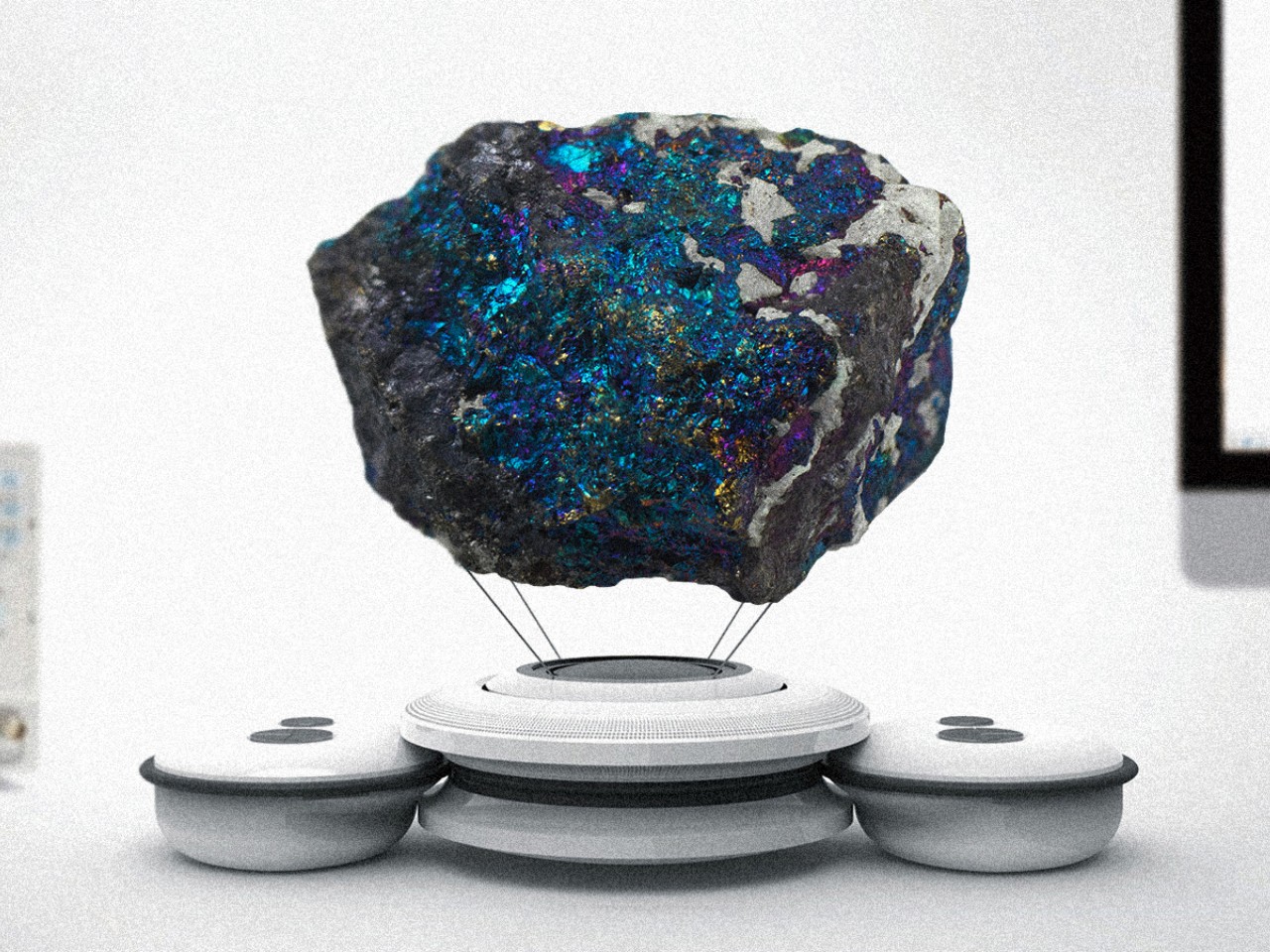
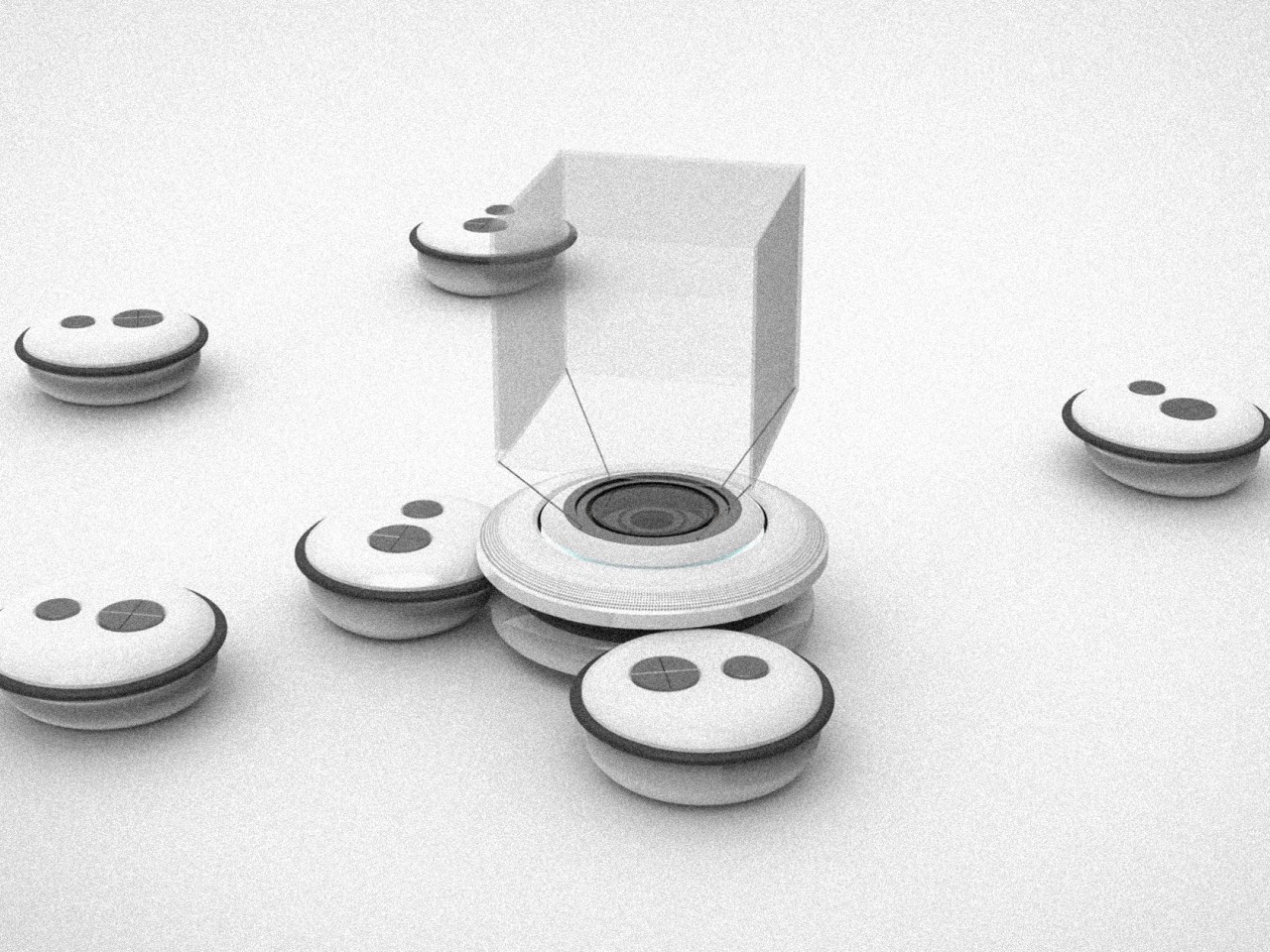
Uplight definitely looks like no other gaming console, not just because of the different controller configuration but primarily for the lack of a screen. The design concept flips the convention of game design, with the experience being designed to conform to the unique traits of the console rather than the other way around. In this case, the unique characteristic is a projector hidden in the base of the console that displays the game on three-dimensional acrylic screens that can take on different object shapes specific to the nature of the game.
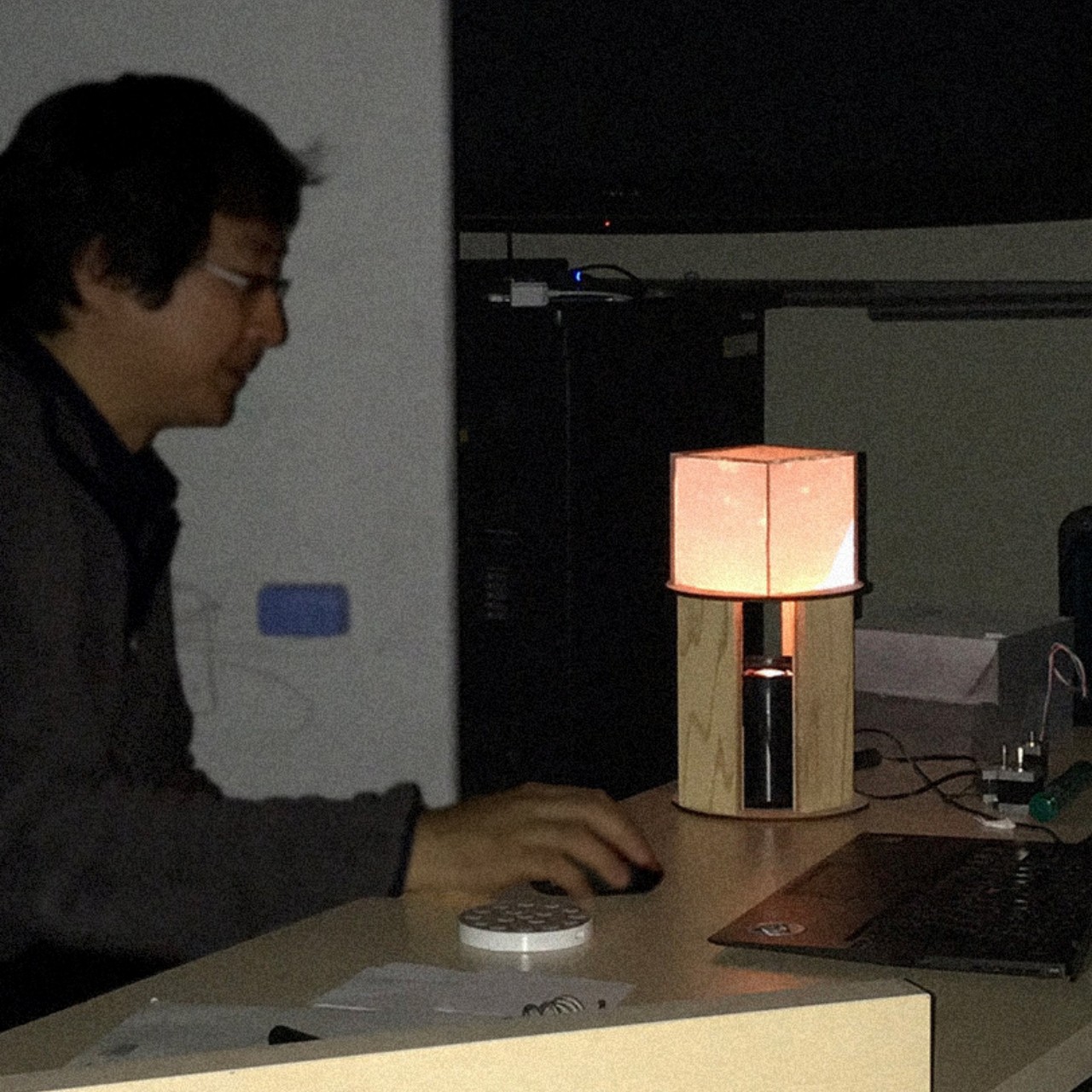
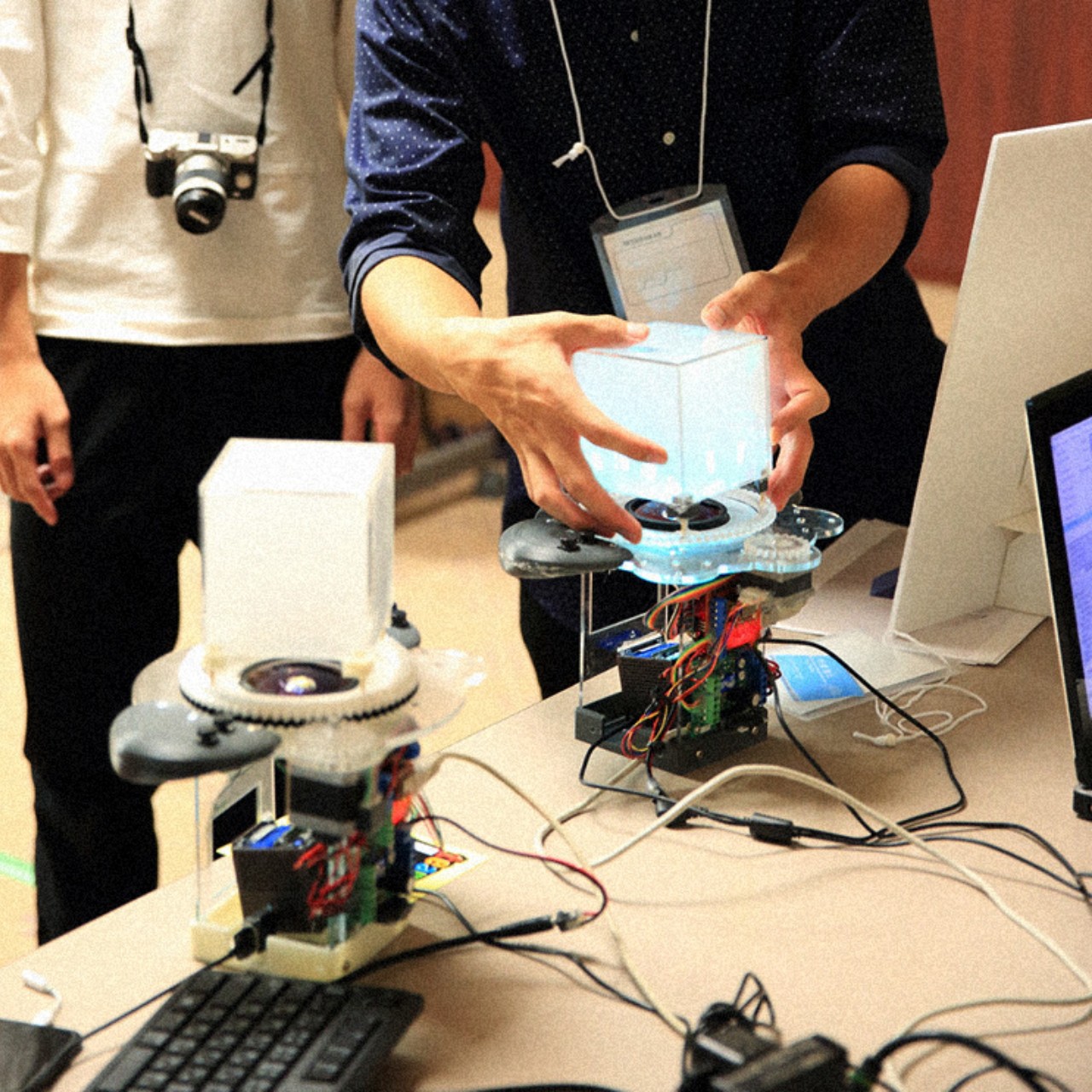
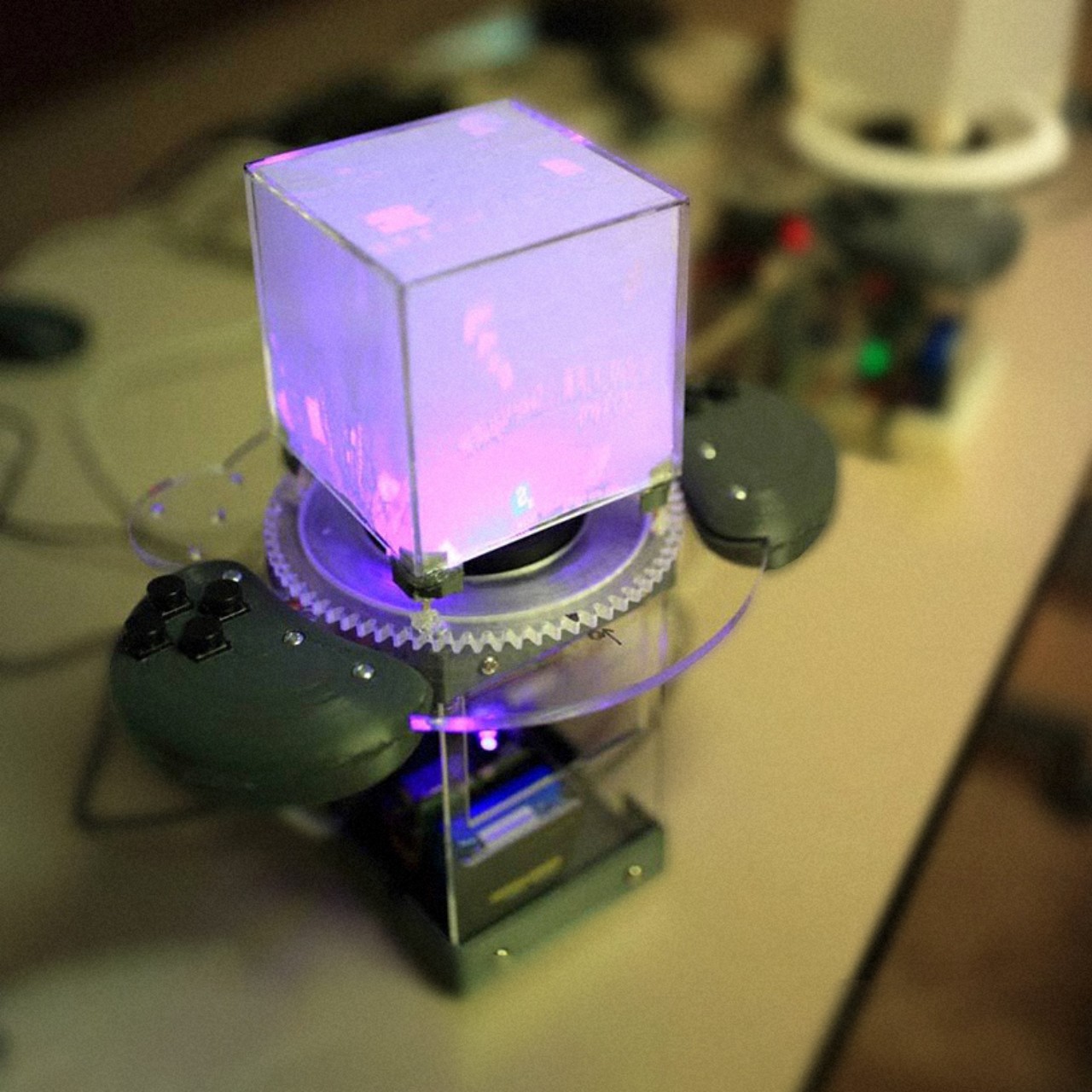
Think about those 3D puzzle games that require you to rotate a cube around to see it from different sides to solve the puzzle, except that cube is a literal and physical cube existing in the real world. This cube, made from translucent acrylic, is mounted on top of the Uplight console and displays the game projected into it. Players can use the console’s unusual controls to move the displayed image around or, better yet, use their own hands to actually turn the cube.
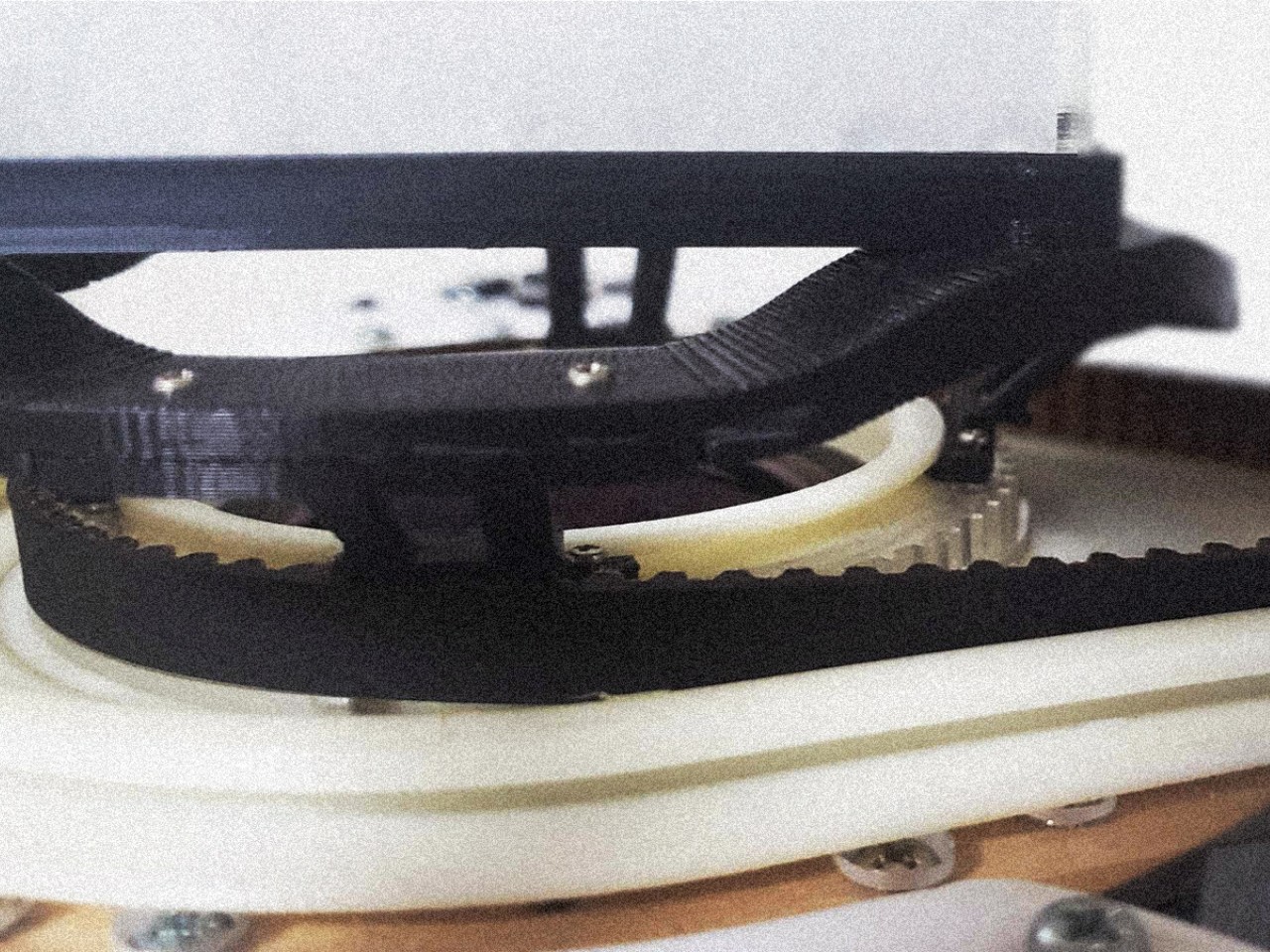
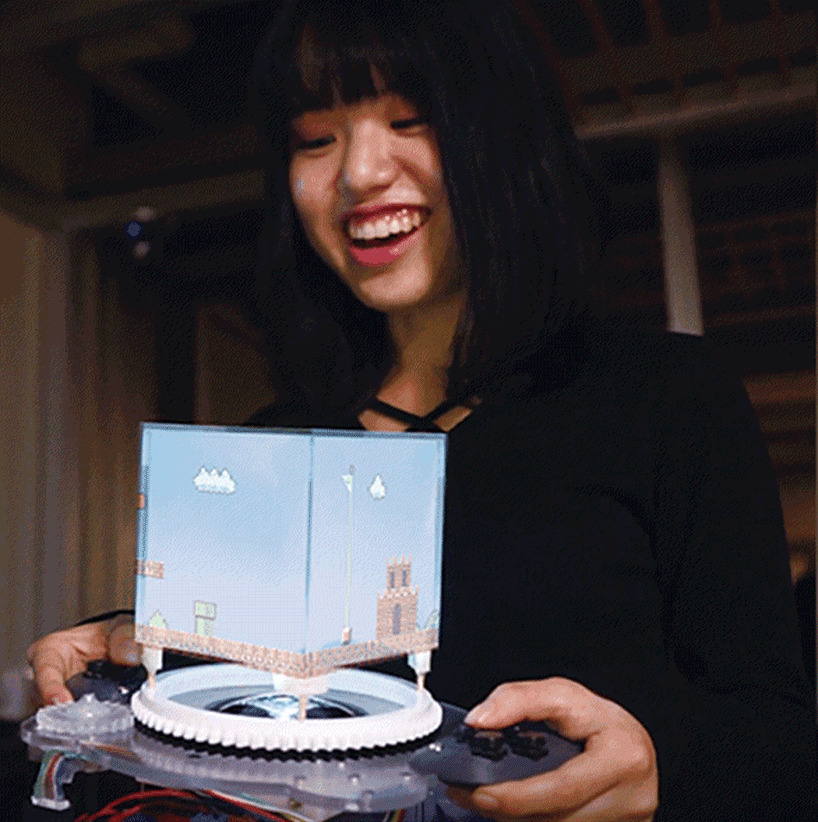
The 3D acrylic screen can be any shape, in theory, depending on the game experience being designed. It could, for example, be a giant translucent jellyfish for an aquatic adventure game, or even a tree branch for a game related to planting or vegetation. The possibilities are nearly endless, limited only by the angle that the integrated projector can reach and, of course, the size of the console.
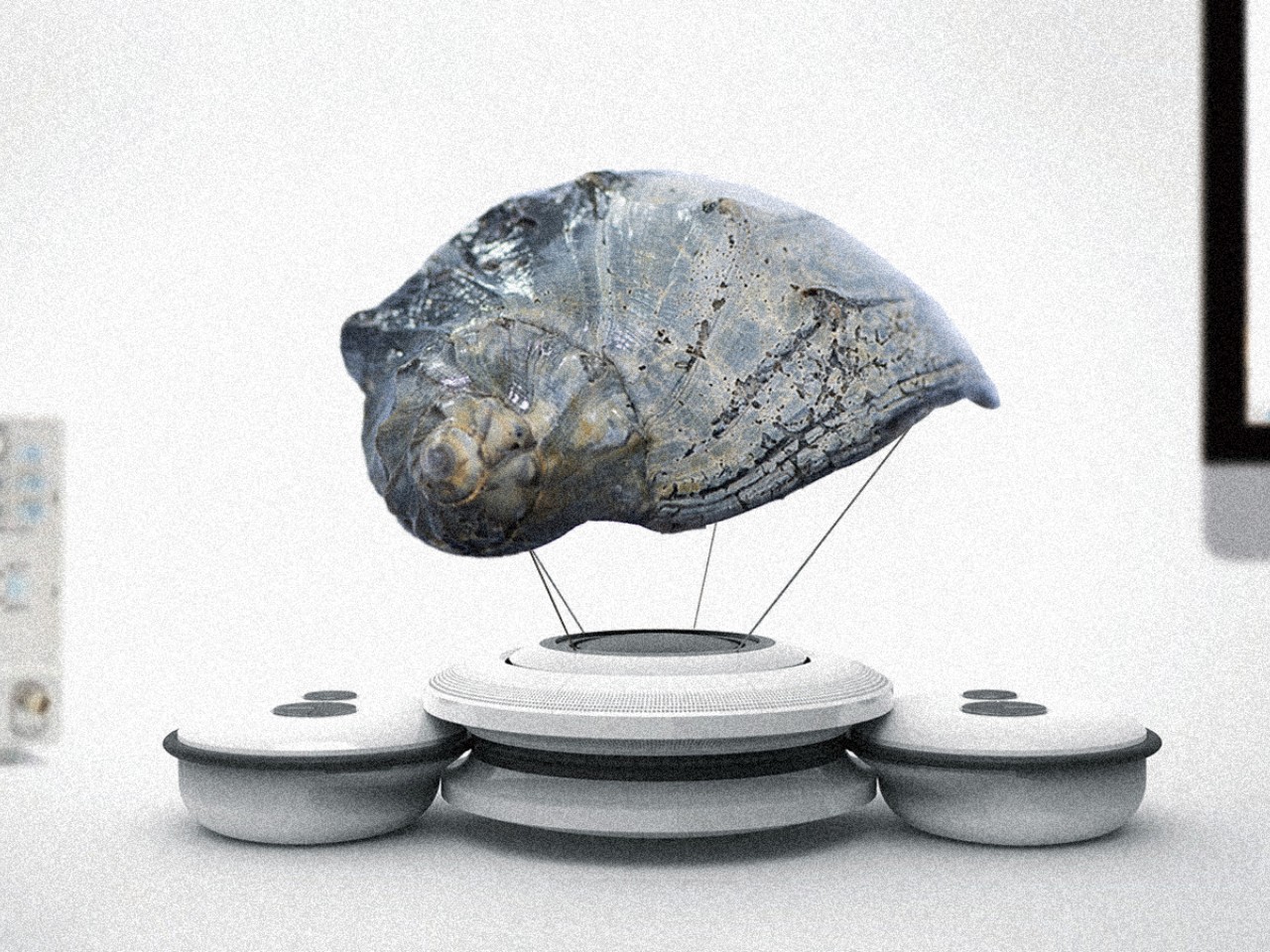

That said, such a unique system will require games specifically designed for it, which also means designing new experiences that involve three-dimensional thinking as well as direct tactile interaction. Very few of today’s games have that, which will definitely challenge the creativity and ingenuity of game designers should Uplight ever become an actual commercial product.
The post Uplight game console concept with an interactive 3D screen changes the way you play first appeared on Yanko Design.
Transparent Game Boy with detachable projector promises uninterrupted gaming on the big screen

Nintendo Game Boy is one of the bestselling consoles of all time, owing to its competitive pricing and gamer-friendly features. Right from the original version to the consequent variants released in the 90s, the handheld gaming console has been popular across generations and inspired similar designs all these years.
While Nintendo has no plans to release a Game Boy version in the future, a concept design puts the handheld right in the realms of ultra-advanced gaming accessories. The gaming handheld visualized here solves your gaming needs indoors and outdoors sans any restrictions on whether you prefer playing it on the native small screen or the bigger one.
Designer: LFD Official


That’s possible with an integrated mini projector that can be taken right off the back of the handheld and positioned to project on any room wall, outdoor tent, or anything with a plain surface. This detachable projector module seamlessly switches the gameplay output, so you can enjoy games on the big canvas anytime. The transparent aesthetics of the handheld are inspired by the clear transparent version dubbed Game Boy Bros. released in 1995.


The display is much bigger, using most of the screen real estate with minimal bezels. Right below it are the gamepad controls that are much bigger and more tactile for improved gameplay and ergonomics. The tiny hardware of the gadget is enclosed in a transparent polycarbonate housing protected by the gorilla glass layer. To make this modern Nintendo handheld stand out, the designer envisions it in cool color options – Flame Scarlet, Greenery, Ultra Violet and Blue Grotto.


The back panel of the handheld holds the detachable projector in place and adjacent is the speaker to enjoy multimedia content and favorite games on the go. The UI of the gadget is heavily influenced by the Game Boy cartridge and the pixelated Gill Sans font evokes the neo-retro feel.











The post Transparent Game Boy with detachable projector promises uninterrupted gaming on the big screen first appeared on Yanko Design.
Il a réussi à intercepter et reconstruire le gameplay de la Game Boy à partir de son bus mémoire

Si vous pensiez tout connaître de la Game Boy, la console portable de Nintendo sortie en 1989, et bien, détrompez-vous ! Un développeur passionné vient de réaliser un exploit aussi impressionnant qu’inattendu : Reconstruire le gameplay de la Game Boy simplement en « observant » les données circulant sur son bus mémoire. Une prouesse technique qui date de l’année dernière (oui, je suis à la bourre ^^) qui ouvre de nouvelles perspectives fascinantes pour la préservation de cette console culte.
Mais comment diable est-ce possible ?
La réponse tient en deux mots : rétro-ingénierie et beaucoup de persévérance. Notre génie de la bidouille a conçu un petit adaptateur qui se branche entre la console et la cartouche de jeu qui est capable d’espionner en temps réel toutes les informations échangées sur le bus mémoire de la Game Boy.
En analysant méticuleusement ce flux de données a priori incompréhensible, notre bricoleur de génie est parvenu à reconstituer l’état de la mémoire de la console à chaque instant. Ensuite, il lui a « suffi » d’émuler le processeur graphique de la Game Boy pour recréer l’image affichée à l’écran. Résultat bluffant : on peut rejouer au jeu comme si de rien n’était !
Bon, en pratique, c’est évidemment un poil plus compliqué que ça. Il a fallu gérer de nombreux cas particuliers liés au fonctionnement interne de la Game Boy : Décoder les instructions du processeur, synchroniser le tout, gérer les fameux bugs de la console… Un vrai travail d’orfèvre.
L’adaptateur baptisé « GB Interceptor » se branche en USB et se comporte comme une webcam, permettant d’enregistrer ou diffuser le jeu sans aucun pilote spécifique. La capture se fait en 640×576 à 60 images/seconde, le tout dans un boîtier à peine plus grand qu’une cartouche. Bref, c’est beau et ça marche !
On peut donc désormais capturer des parties de jeu sur du matériel d’origine en toute simplicité. De quoi ravir les amateurs de speedrun et autres défis rétro.
Bien sûr, la méthode a ses limites : Pas d’audio, quelques glitches graphiques ici et là, et une incompatibilité avec certains jeux un peu exotiques mais nul doute que la technique sera affinée et étendue à d’autres plateformes rétro.
Et pour conclure, je vous laisse avec cette vidéo magnifique qui n’a rien à voir avec cette technique d’interception mis à part qu’elle traite du hardware de la Gameboy. Je l’ai trouvé très cool !
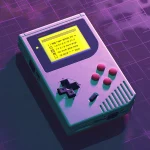
8BitDo SN30 Pro Gold and Silver controllers are as heavy as they look

It seems that we’re seeing a rather curious design trend in the gaming market. Once filled with plastic-encrusted designs, there are a few coming out with more stylish cases, be it for the device itself or for its accessories. Analogue just recently launched its CNC aluminum limited edition Pocket, but 8BitDo was actually a few steps ahead of it. Although one’s eleventh anniversary isn’t actually associated with metal (it’s Turquoise, by the way), the famed maker of throwback controllers released metal versions of its widely popular SN30 Pro, giving fans of the brand a collectible they can actually use and, in case of an emergency, even throw like a deadly weapon.
Designer: 8BitDo

Game controllers are made to be light enough not to cause hand strain but still have enough weight to feel substantial and improve gameplay. Gamers have come to expect that bulkier controllers that follow the Xbox and PlayStation designs would be heavier than most, especially controllers that are patterned after the designs of yesteryears. Not so this variant of the SN30 Pro, itself designed after the super lightweight Super Nintendo gamepad, mostly because most of its body is made of metal.



The Gold and Silver editions of the SN30 Pro aren’t just cheap paint jobs, though you might be forgiven for making that presumption given the resemblance to powder-coated metallic paint. It’s true metal, or as 8BitDo calls it, metal zinc alloy, and it’s used not just for the main body but for almost every part visible to the eyes. That includes buttons, triggers, and, yes, even the joysticks. The gold edition gets a matte paint finish while the silver version undergoes electroplating. The cables aren’t metal, though, which is probably for the best.


More than just visual oddities, the SN30 Pro Gold/Silver Edition controllers also have one other advantage over their plasticky older siblings. They’re built to last, at least more than the common controller, as metal will not warp or deform over time. It’s also less likely to crack when accidentally dropped, though you might dent this here and there. And drop it you might indeed, given how heavy it is 381g. For comparison, the normal SN30 Pro weighs a mere 114g and even the Xbox Wireless Controller is just around 287g.


Not all that glitters is gold, as they say, and despite the luster and heft of these limited edition controllers, their feature set might leave gamers sorely disappointed. They’re definitely more like functional collectors’ editions rather than serious gaming weapons (unless you throw it like one), and the $99.99 price tag definitely cements, or rather forges, that image.

The post 8BitDo SN30 Pro Gold and Silver controllers are as heavy as they look first appeared on Yanko Design.
One-of-a-Kind Design Casio x UNO Watch: Classic Timekeeping Meets Iconic Card Game Fun
![]()
Casio has partnered with UNO to create a one-of-a-kind timepiece that merges the nostalgia of both brands. This collaboration brings together the vintage A168 watch with the playful and colorful elements of the iconic card game UNO. The result is a watch that’s both a stylish accessory and a tribute to a beloved game that has entertained families and friends for decades.
Designer: Casio x UNO
Known for its reliable and affordable watches and the classic card game that has been a household staple since 1971, both brands emerged in the 1970s and have since built a loyal global following. This collaboration celebrates the enduring popularity of these two brands by integrating the playful spirit of the card game with the timeless design and functionality of the watch.
UNO collaboration model Vintage: A168WEUC-1A
Created by Merle Robbins in 1971, the card game has become one of the most popular worldwide. The game is simple yet engaging, where players match cards by color or number, aiming to be the first to play all their cards. The game’s excitement is amplified by special cards like the Wild Card, which allows players to change the current color, adding an element of strategy and unpredictability. Over the years, the game has evolved with various themed editions and special rules, but its core appeal remains unchanged: bringing people together through fun and friendly competition.
Watch face design with classic UNO motif
This watch collaboration captures attention with its incorporation of vibrant and iconic colors. The face is adorned with the distinctive hues of the Wild Card—red, blue, yellow, and green. These colors are strategically placed around the digital display, creating a visually engaging and nostalgic look. The case is finished in gunmetal gray ion plating, offering a sleek and modern aesthetic. The black ion-plated stainless steel band complements the case, adding a touch of sophistication to the playful design.
EL backlight
One of the most captivating elements is the electroluminescent (EL) backlight. It reveals the word “Wild” across the LCD display when activated. This feature enhances visibility in low-light conditions and brings an interactive element to the design, echoing the excitement of drawing a Wild Card during a game.
Whimsical touch in case back engraving
Turning the watch over, the attention to detail continues. The case back is engraved with the game logo and a playful arrangement of the 1, 6, and 8 cards—corresponding to the model number. This hidden touch adds an element of surprise and delight, much like discovering a special card in the deck.
Back engraving
The technical features are equally impressive. The case size measures 38.6 x 36.3 x 9.6 mm and weighs 49 grams. The case and bezel are made of resin with chrome plating, while the band is stainless steel with an adjustable clasp for a comfortable fit. The watch is water-resistant, making it suitable for everyday wear.
Band clasp engraved in UNO card pattern
It boasts an impressive battery life of approximately seven years, powered by a CR2016 battery. The watch face is protected by resin glass, ensuring durability, and the black ion-plated band is both stylish and resilient. It features a 1/100-second stopwatch with a measuring capacity of up to 59’59.99″ and various modes, including elapsed time, split time, and 1st- and 2nd-place times.
It is equipped with a daily alarm and hourly time signal to keep you punctual. The electroluminescent backlight illuminates the display in blue, enhancing visibility. An auto-calendar function ensures accurate date-keeping, accounting for leap years. The watch maintains an accuracy of ±30 seconds per month and supports both 12-hour and 24-hour formats, displaying hours, minutes, seconds, PM, date, and day.
Special packaging
This unique watch comes in co-branded packaging, highlighting the collaboration while embracing sustainability. The packaging features the four iconic card colors and is made from recycled materials, reflecting a commitment to environmental responsibility. This collaborative watch is more than just a timepiece; it celebrates two iconic brands from the 1970s. It combines the nostalgia and fun of the card game with the reliable and stylish design of the watch, creating a unique and functional accessory that appeals to both watch enthusiasts and fans of the classic card game. Priced at $99.95, this special edition watch is available now online.
The post One-of-a-Kind Design Casio x UNO Watch: Classic Timekeeping Meets Iconic Card Game Fun first appeared on Yanko Design.
$88 Sony PlayStation Portal knockoff runs an Emulator with over 3000 built-in games

Sony’s lawyers better get their ceases and desists in order – a sub-$100 knockoff of the Sony PS Portal is available online with arguably better specs than the original. While Sony announced the PlayStation Portal as purely an accessory to the existing PS5, this carbon copy dubbed the M25 actually runs as a standalone device, running LINUX and EmuELEC but with support for more than 25 other emulators, and space for more than 3000 games so you can play anywhere instead of being relegated to just your PS5. Is it a shameless ripoff? Absolutely. Are we surprised? A little, at the audacity for sure!


When compared face to face, there are distinct differences between Sony’s version and the M25. For starters, the latter has a much smaller 4.3-inch screen that fits into the controller’s form factor instead of being a tablet attached onto the controller like in Sony’s design. This also means the M25 is a little more compact than its inspiration, making it easier to carry with you. That being said, the PS Portal wasn’t designed to be carried anyway, given that it needs to be tethered via WiFi to your PS5 at all times, eliminating any possibility of mobile gaming. The M25, on the other hand, has storage of up to 128Gb, letting you store and play games pretty much anywhere you want. It’s more like a Nintendo Switch Lite than like the PS Portal, in that regard.

Just on the design front, the M25 is a total ripoff of the DualSense controller, with a modified form that fits an HD screen (or so they’d have you believe) in between the two halves of the controller. A Quad-core processor on the inside runs the M25’s experience, with 4GB of RAM and up to 128GB of internal storage (expandable with a TF card). A 3000mAh battery powers the entire device, and the display maxes at 480×272 pixels, which does feel like being shortchanged, but then again what did you expect for $88?

The M25 runs Linux and the EmuELEC emulator. You can sideload any other emulator of your choice, and the storage should allow you to play and save a dizzying 3000 games. Sure, it doesn’t compare to playing AAA titles like Assassin’s Creed or GTA 6 (if and when it releases) on a handheld device, but if you want to game on a subway without splurging on a Nintendo Switch, the M25 may just be your best bet. Better still, if you want a budget gift for a spoilt kid who wants the PS Portal, hand them this one and see if they notice! It’s available on Geekbuying, and ships from China, so don’t expect to be able to follow up on any warranty…

The post $88 Sony PlayStation Portal knockoff runs an Emulator with over 3000 built-in games first appeared on Yanko Design.
This multifunctional racing wheel has integrated keyboard and gamepad for all your PC gaming needs
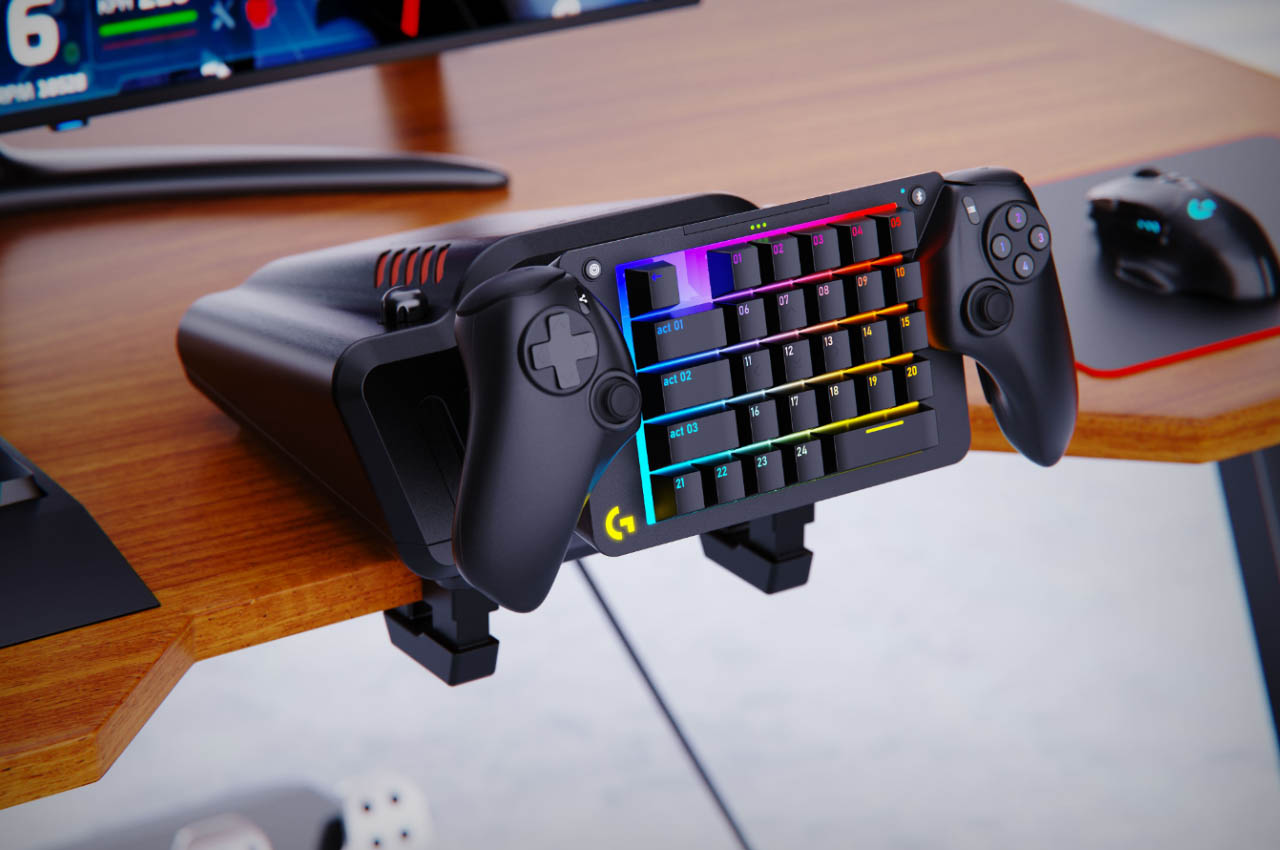
For PC gamers having the right set of peripherals goes a long way in giving them strategic advantage. Be it a gaming keyboard, mouse, gamepad, or steering wheel with pedal inputs – different genres of games demand a varied setup. Take for example racing games that are best played with a steering wheel setup, Battle Royales that need the precise input of a mouse and keyboard, and strategic Multiplayer titles that require a hybrid input of a joystick gamepad.
Eventually, a serious gamer will end up buying the best of all these accessories that’ll take up space on their desk or cabinet. So, how about a multifunctional gaming controller that integrates a keyboard, gamepad and steering wheel into one? A smart peripheral that can be customized depending on the specific needs of the user.
Designer: Thulir S S
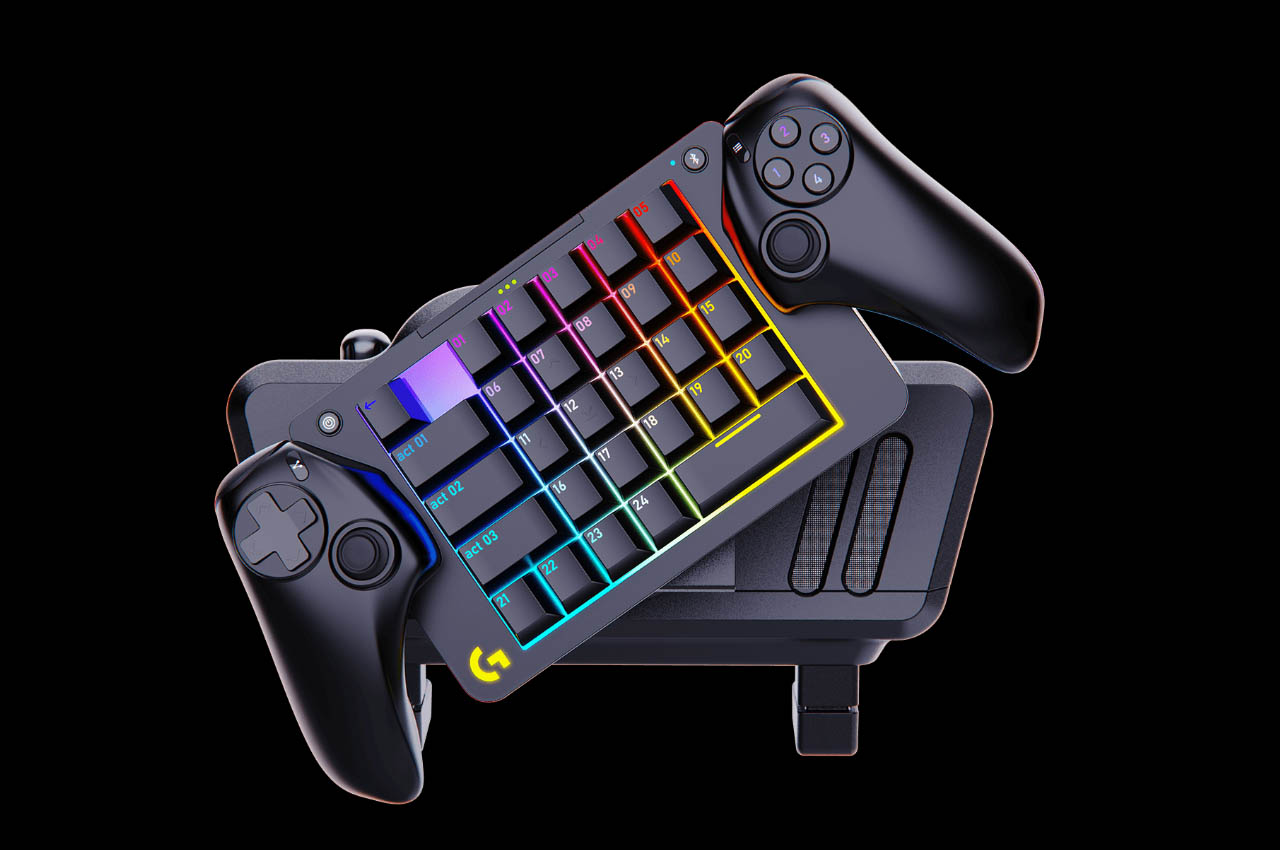
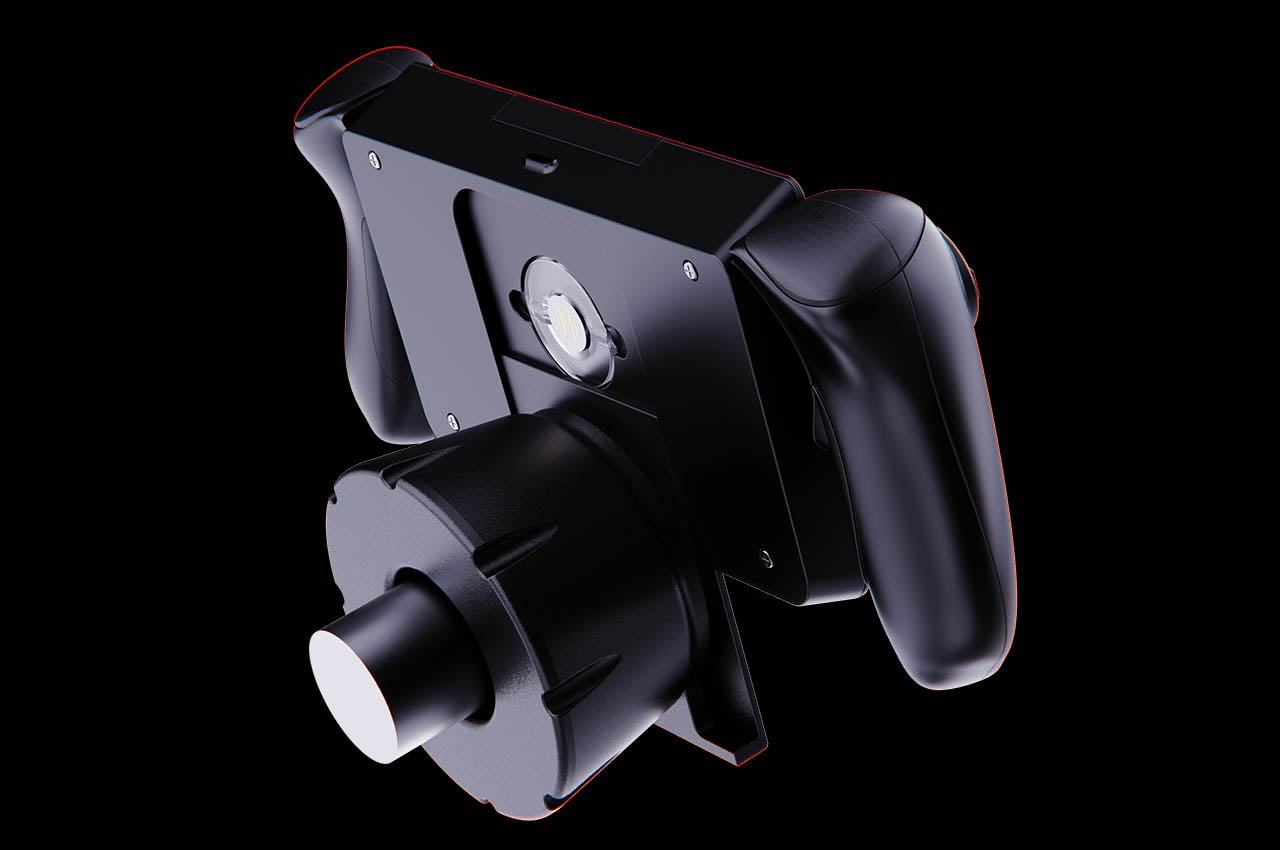
This concept design for the brand Logitech more than just caught my eye for the right reasons. Called the Logitech G360, the gaming peripheral is ultra-compact and solves the intended purpose. The highly versatile device is designed aesthetically to not take too much space while keeping the gaming function of each of them, or combined configuration in mind. On the steering wheel base, the gamepad and keyboard are configured to handle the car’s directional inputs, while the connected pedals register the speed, braking and clutch inputs. Simply mount it onto your desk and you’re ready for intense racing action.
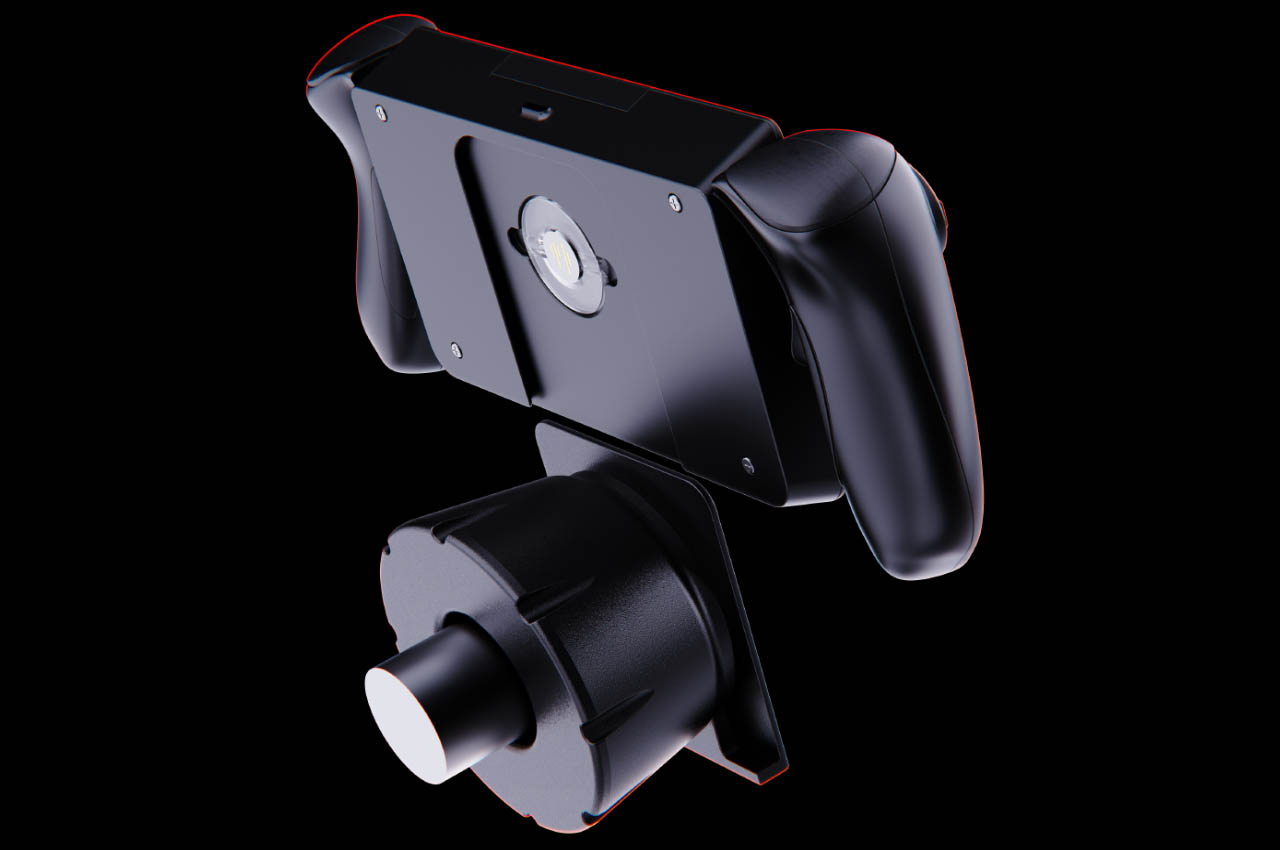
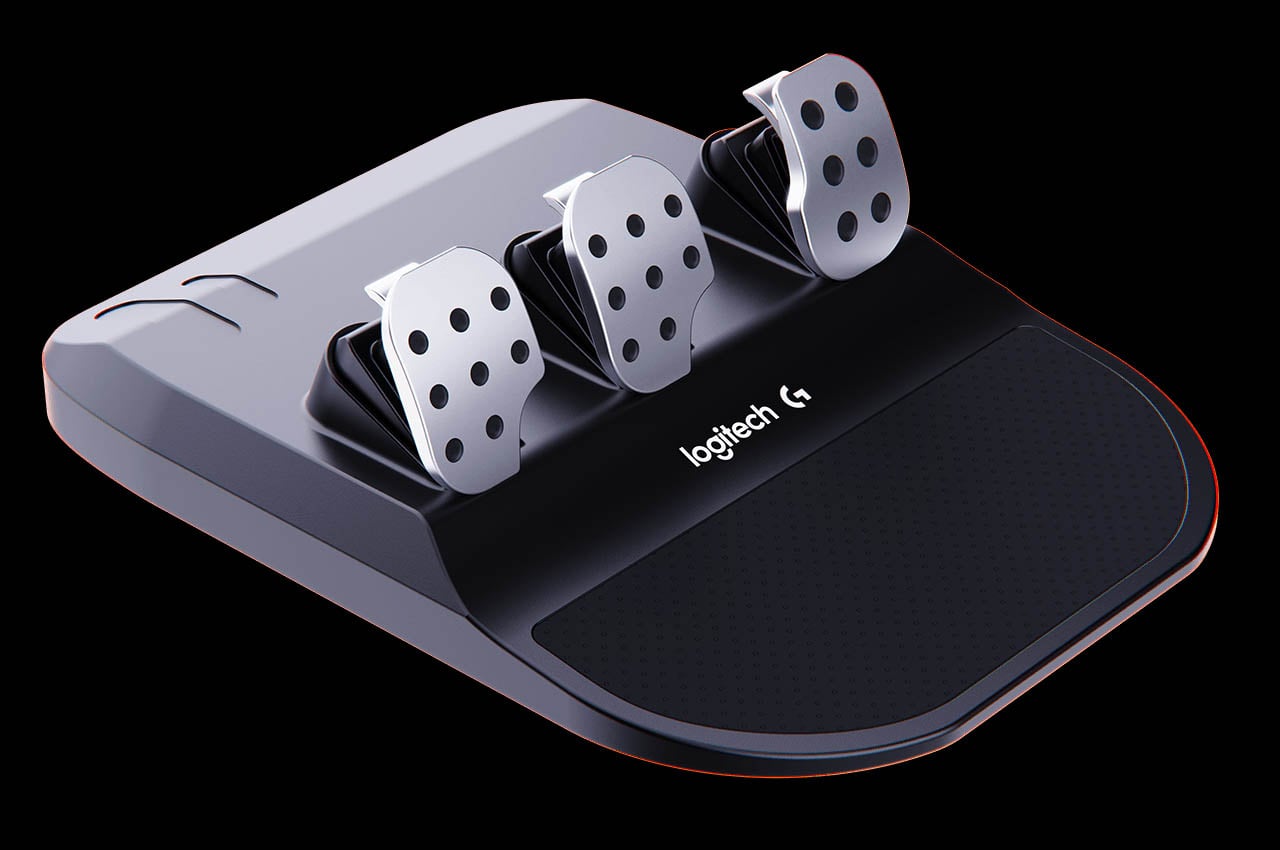
When you’re done playing a racing title, you can take out the gamepad from the housing and connect it to play an MMO. For playing real-time shooting titles you can employ the ultra-compact keyboard designed keeping in mind the required input keys for such games. Each of these devices has their independent Bluetooth connectivity hardware, so you don’t have to worry about latency or connection issues.
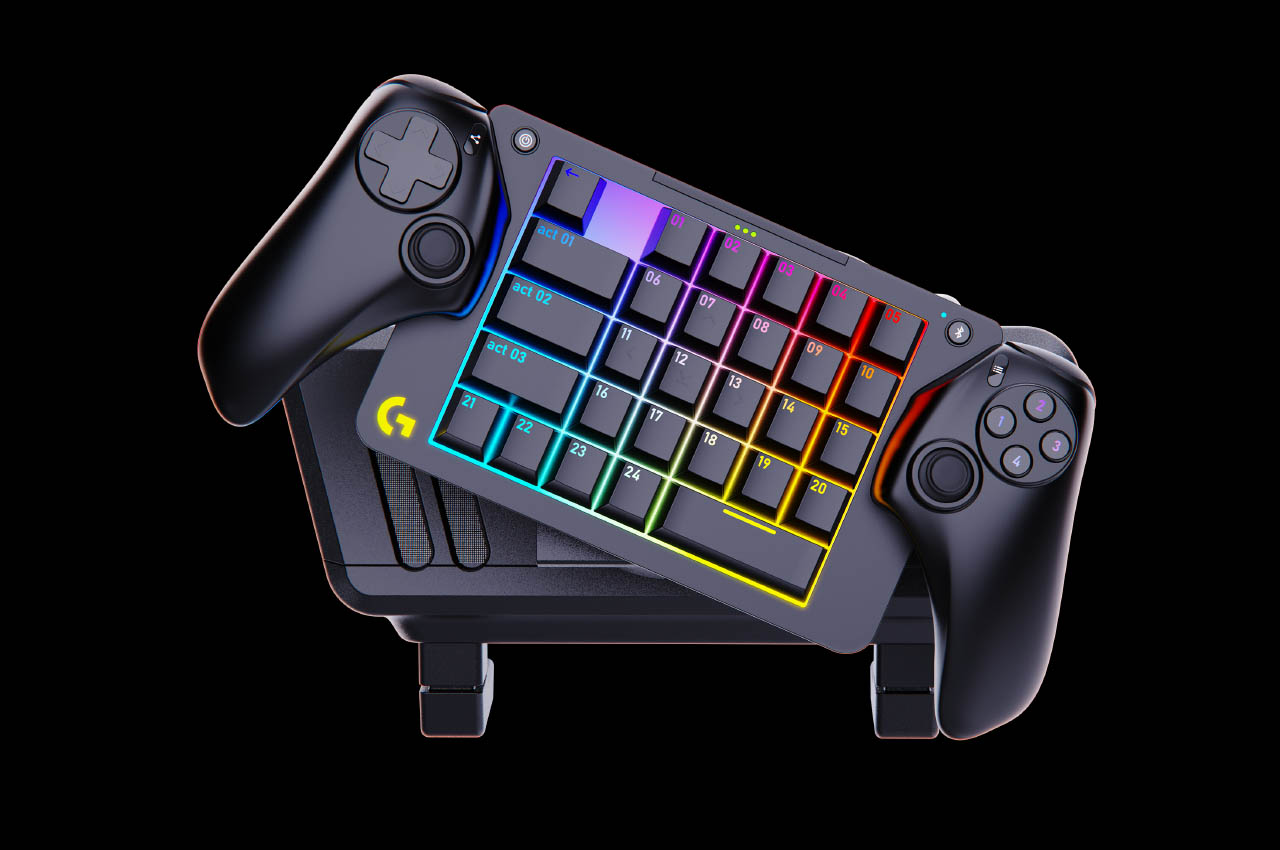

To add a bit of flair to the whole setup, Thulir imagines the gaming peripheral in sporty Fourmula-1 themes of Red Bull Racing in blue, McLaren in orange and Ferrari in red. I was taken aback by the level of thought put into the design of this concept Logitech gaming accessory. The idea is smart and PC gamers already be licking their fingers.
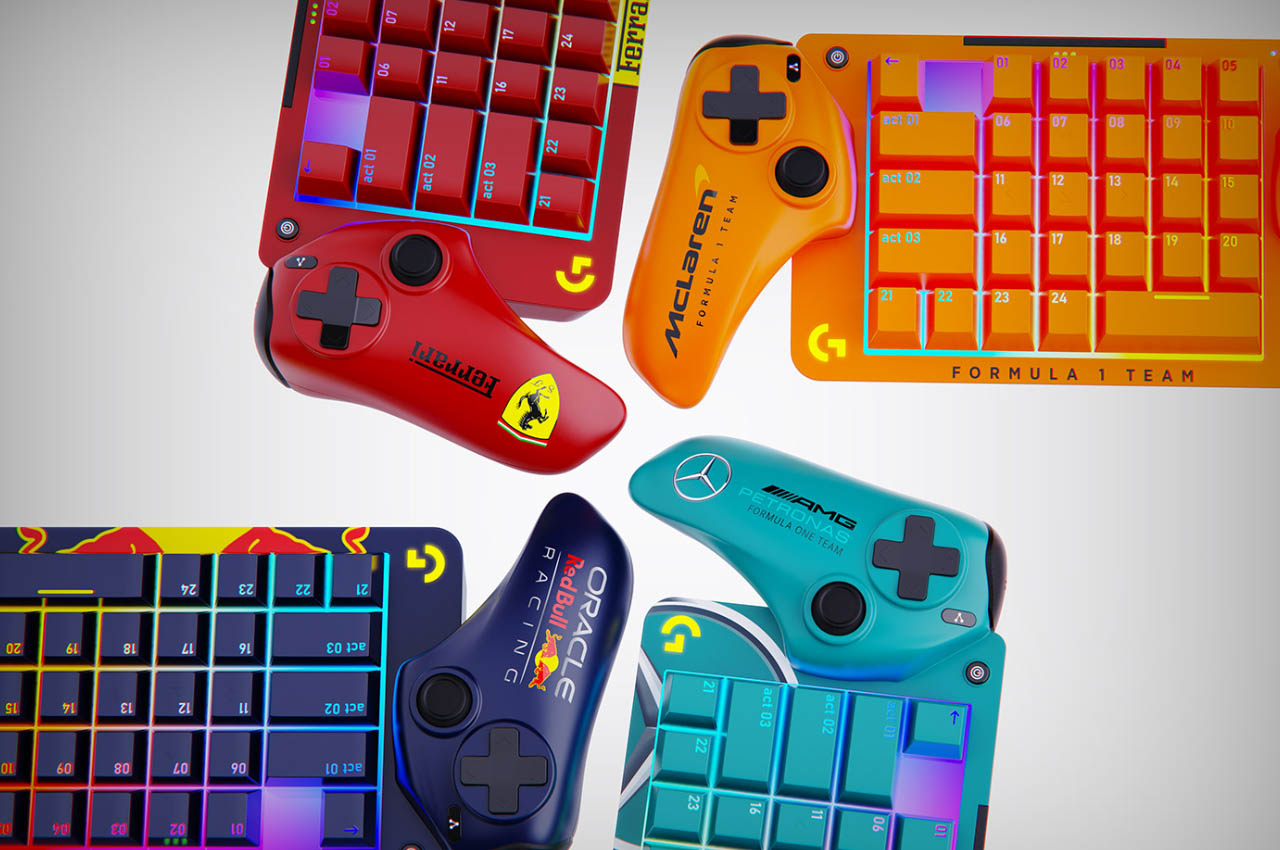

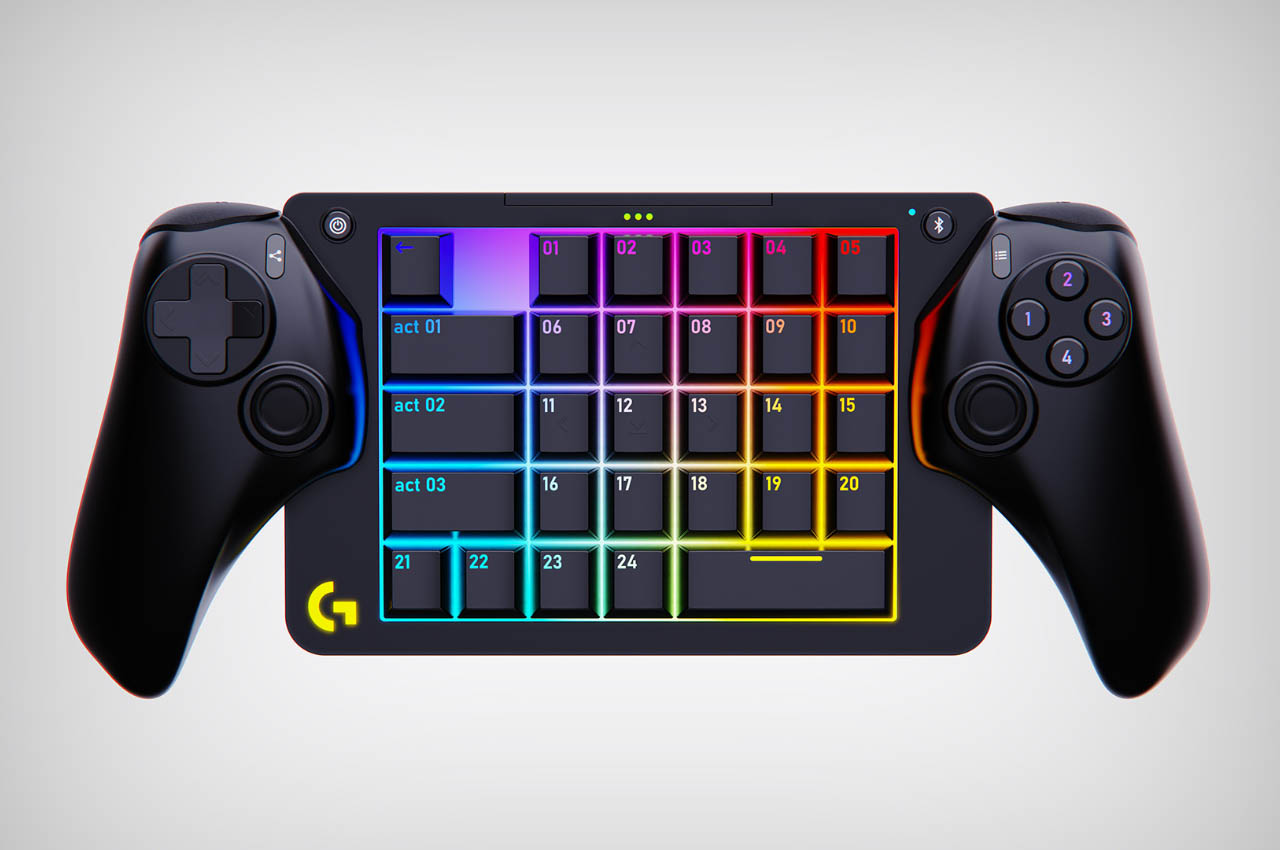
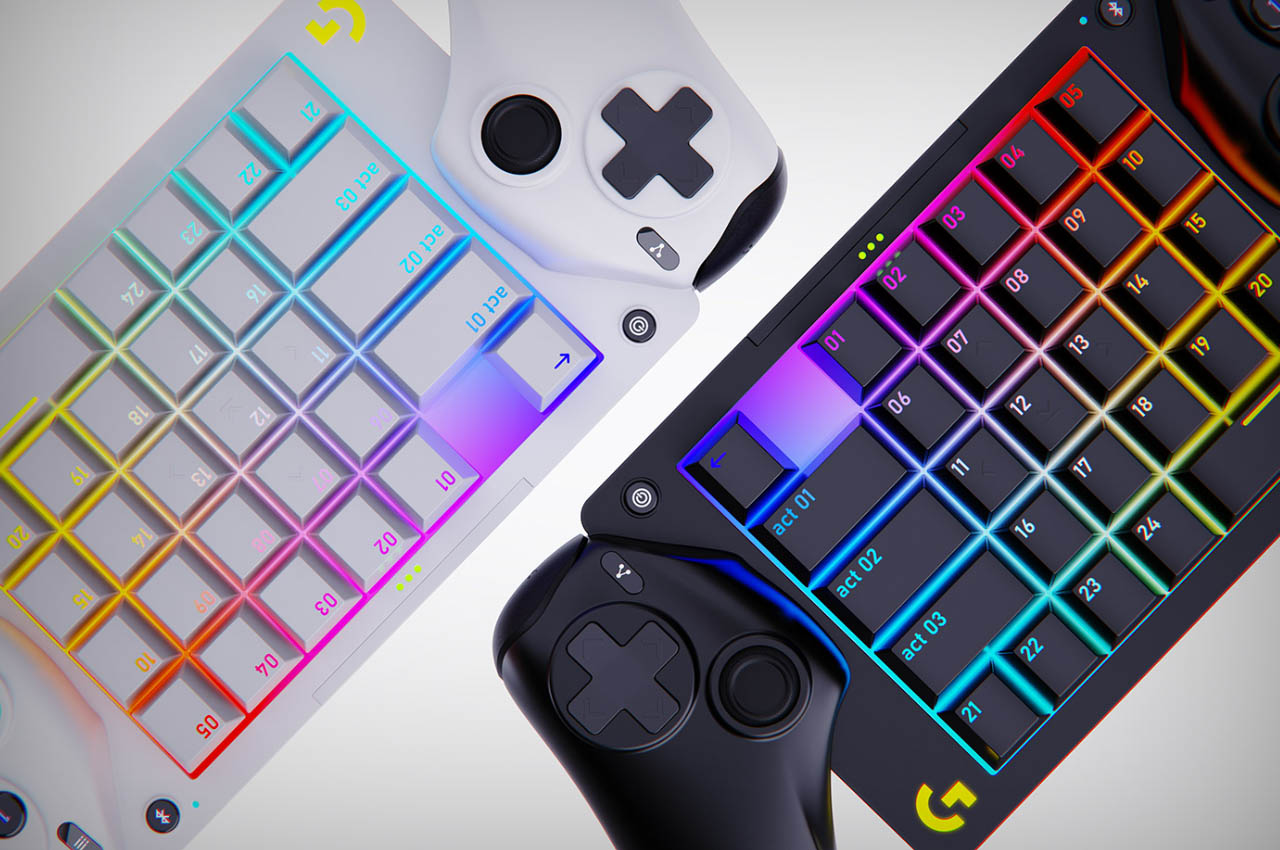
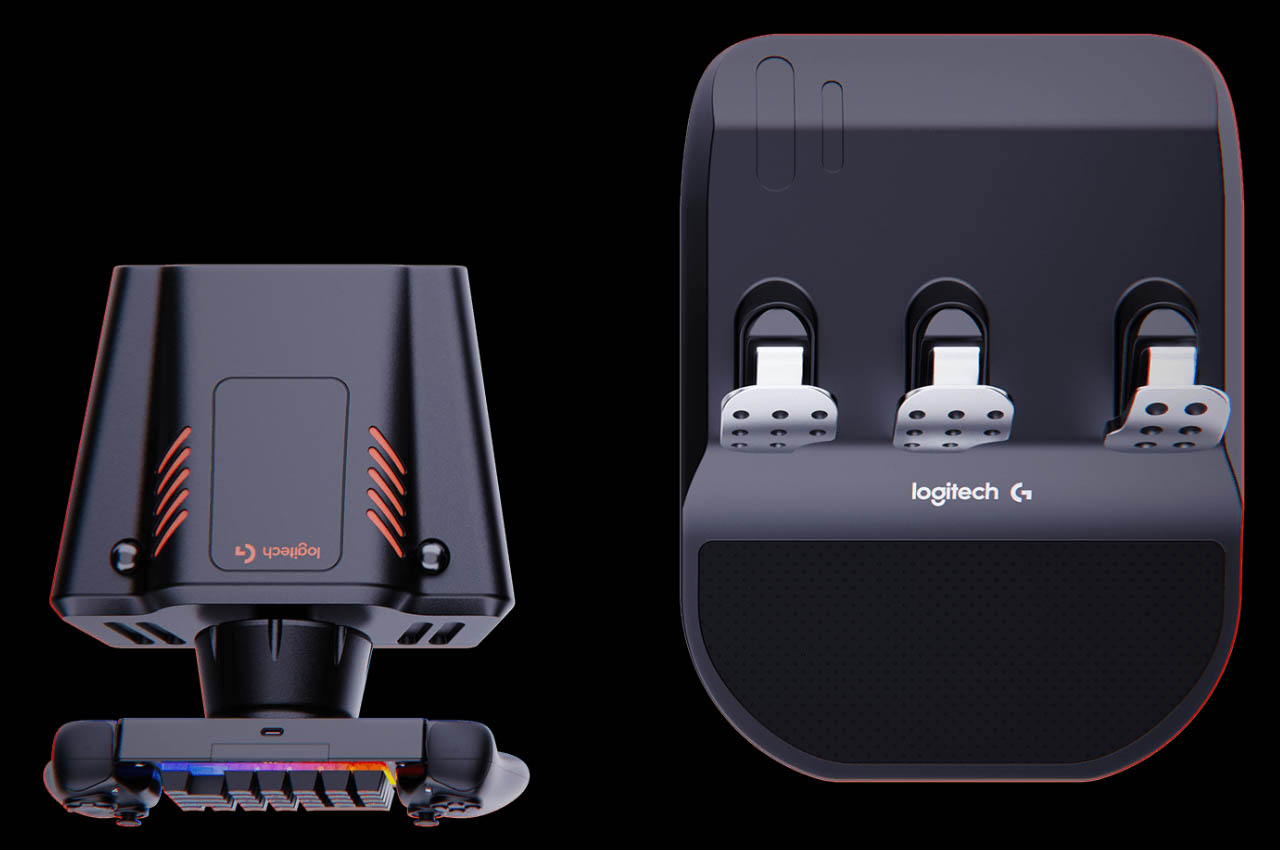

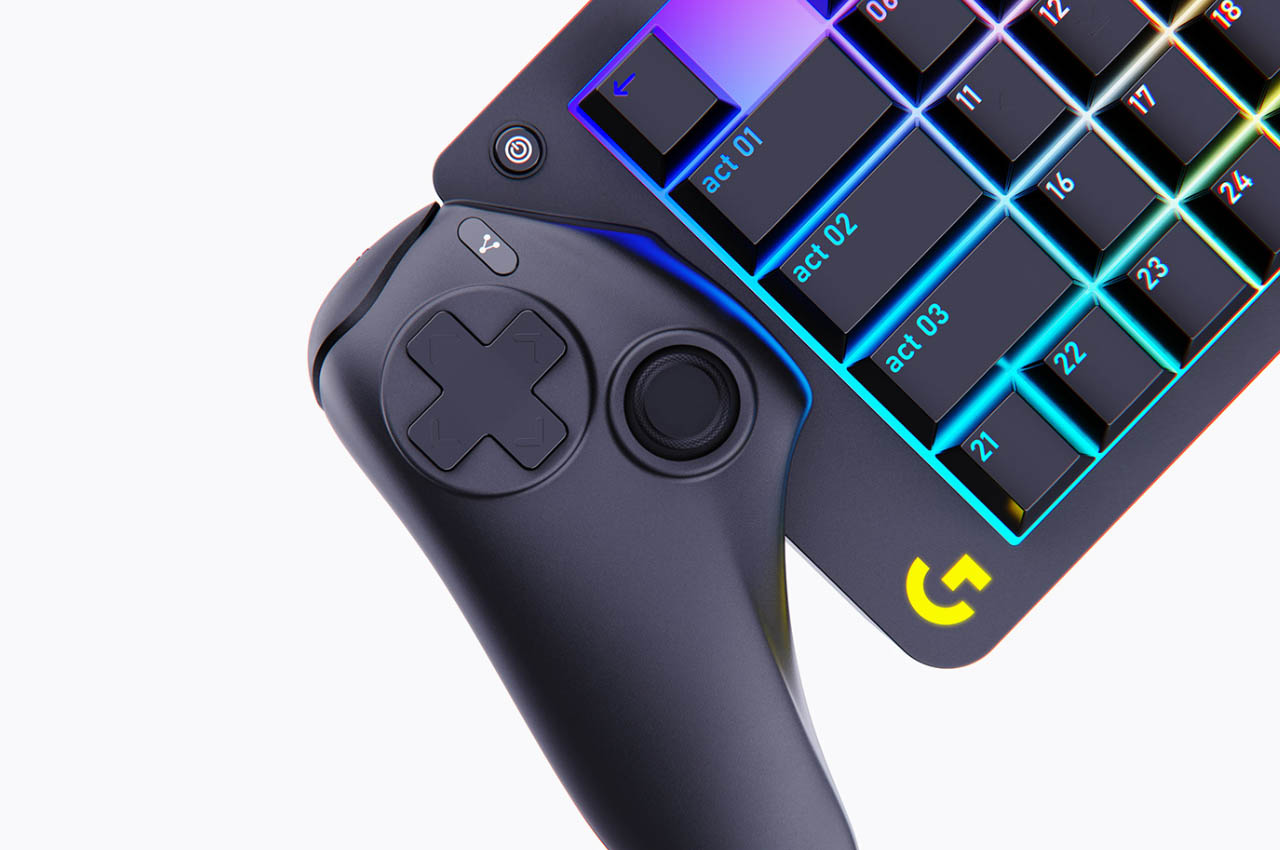
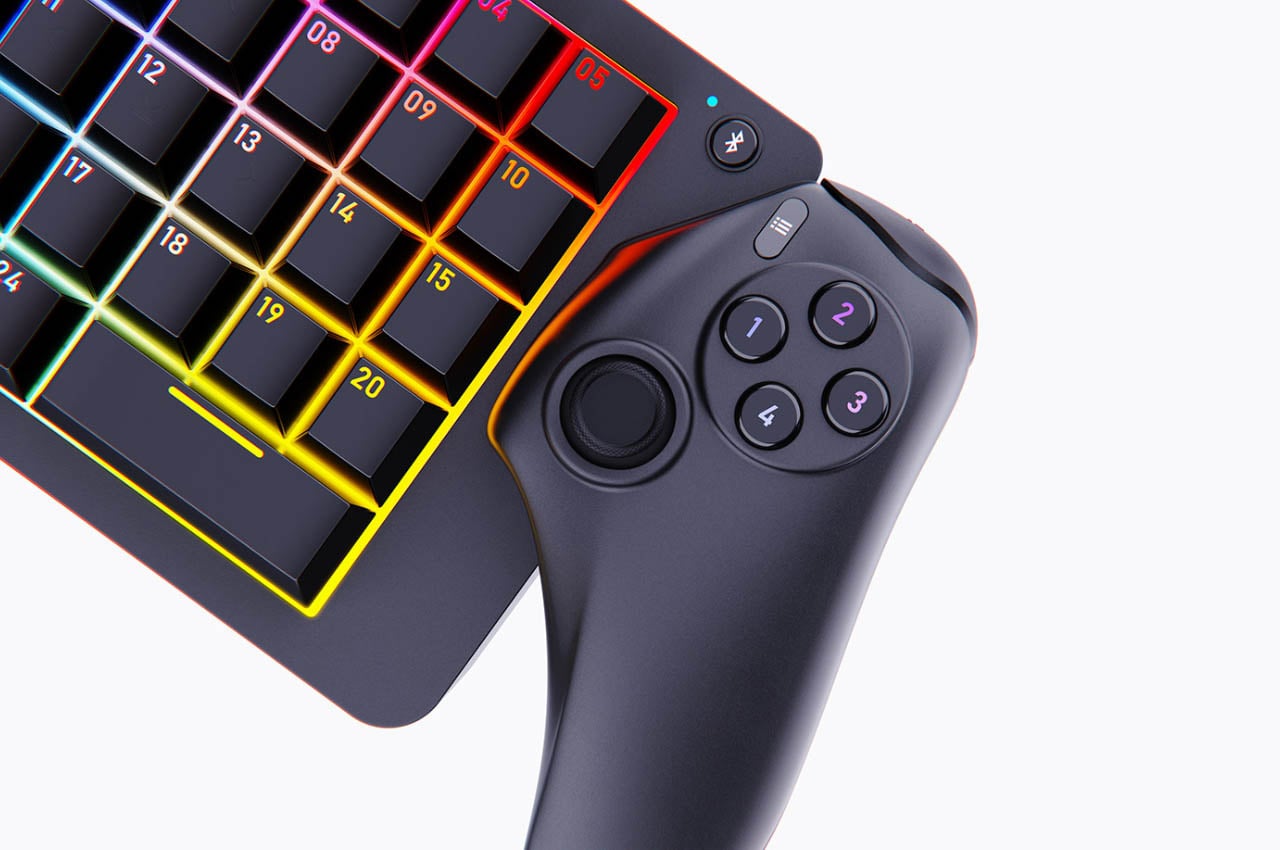
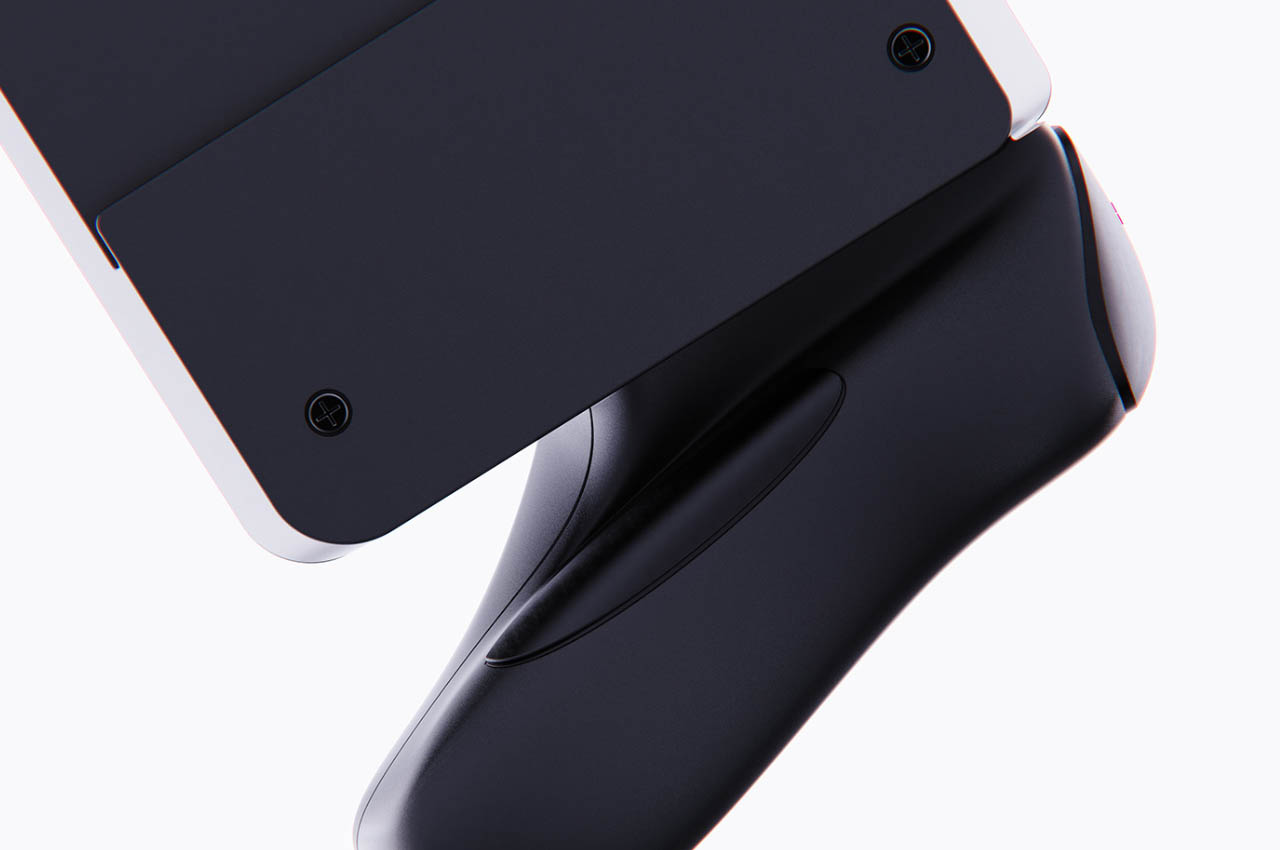
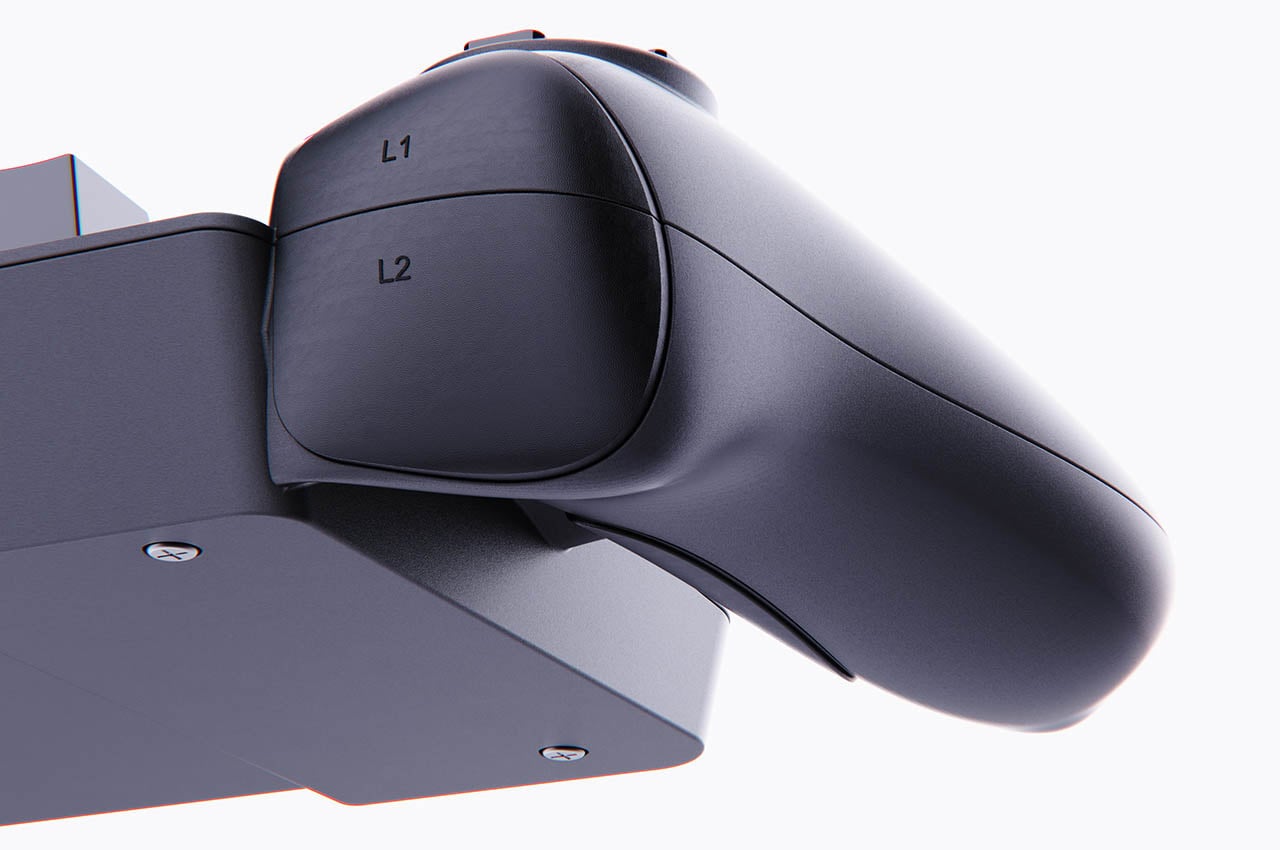

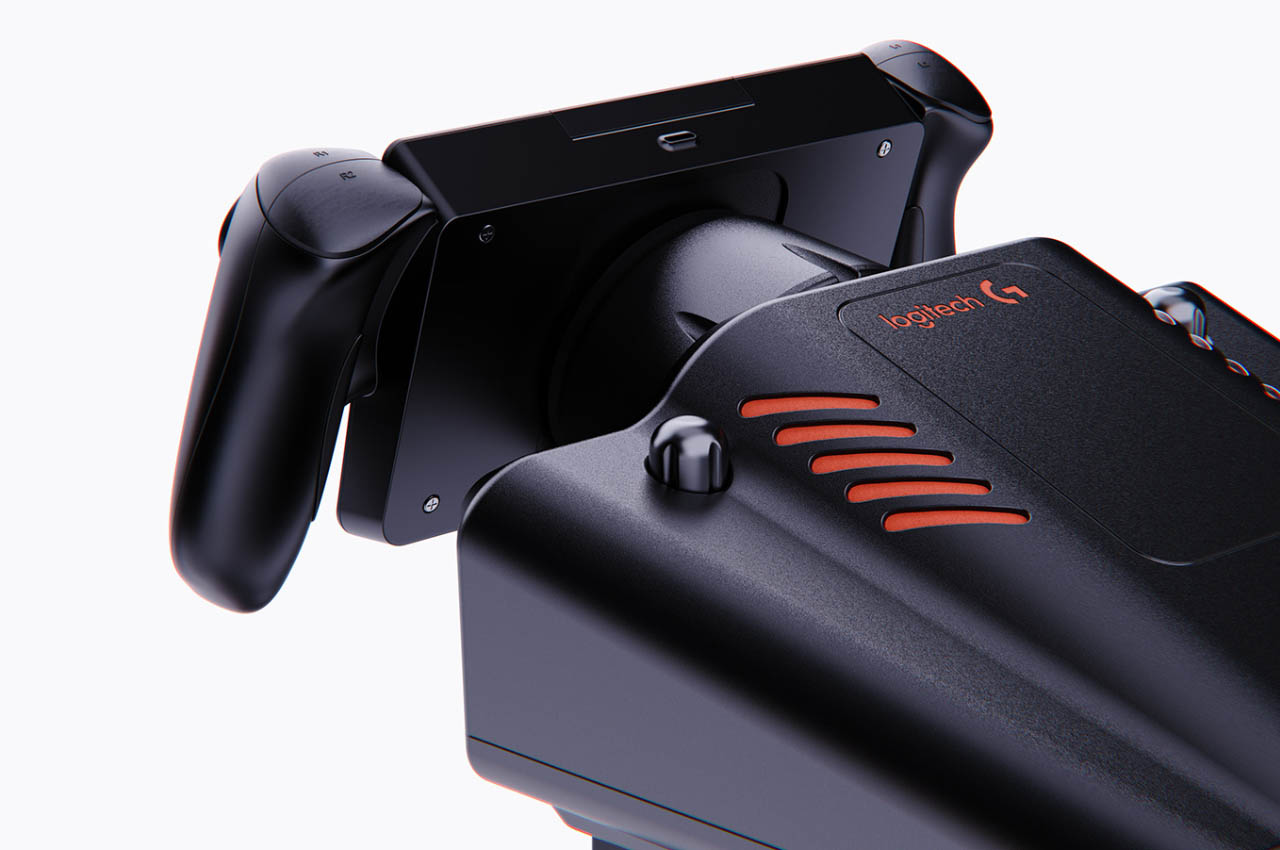
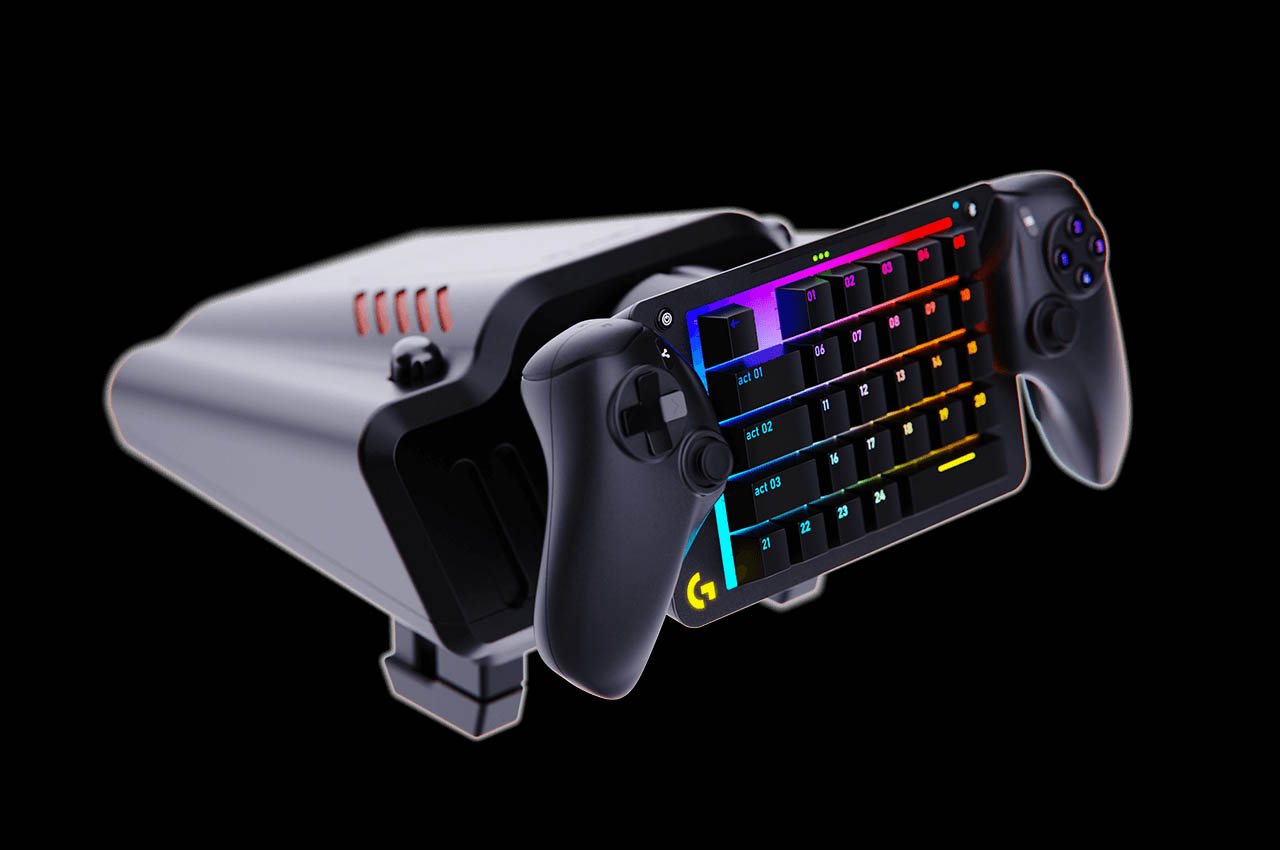
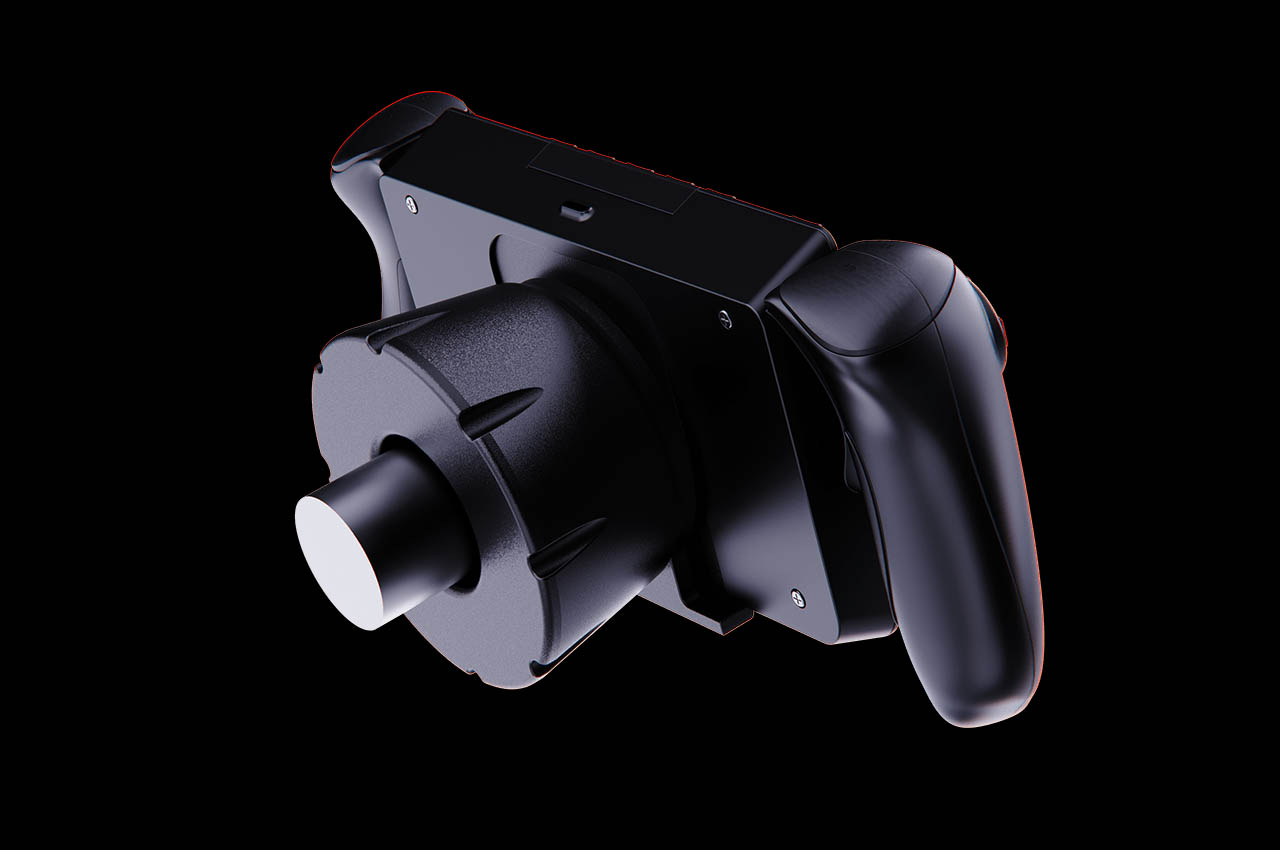
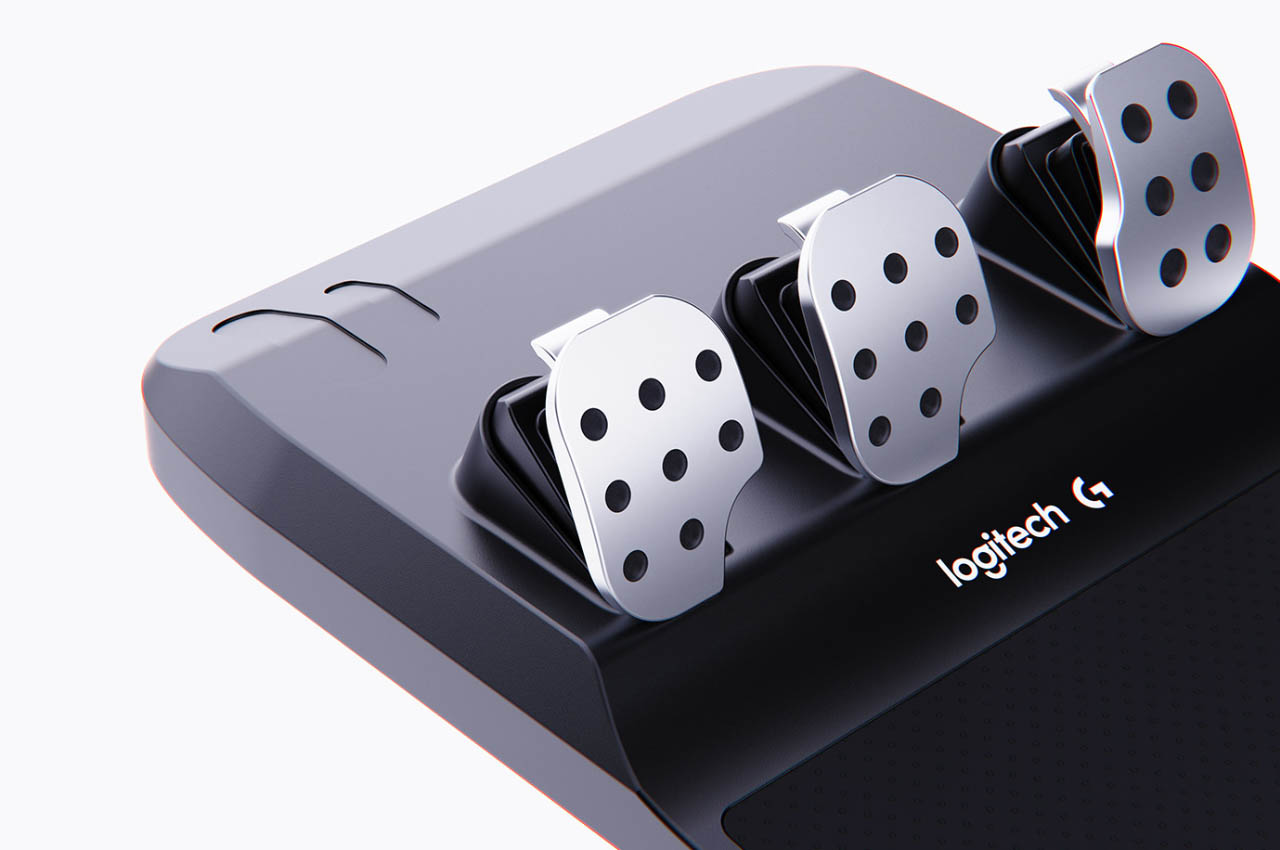
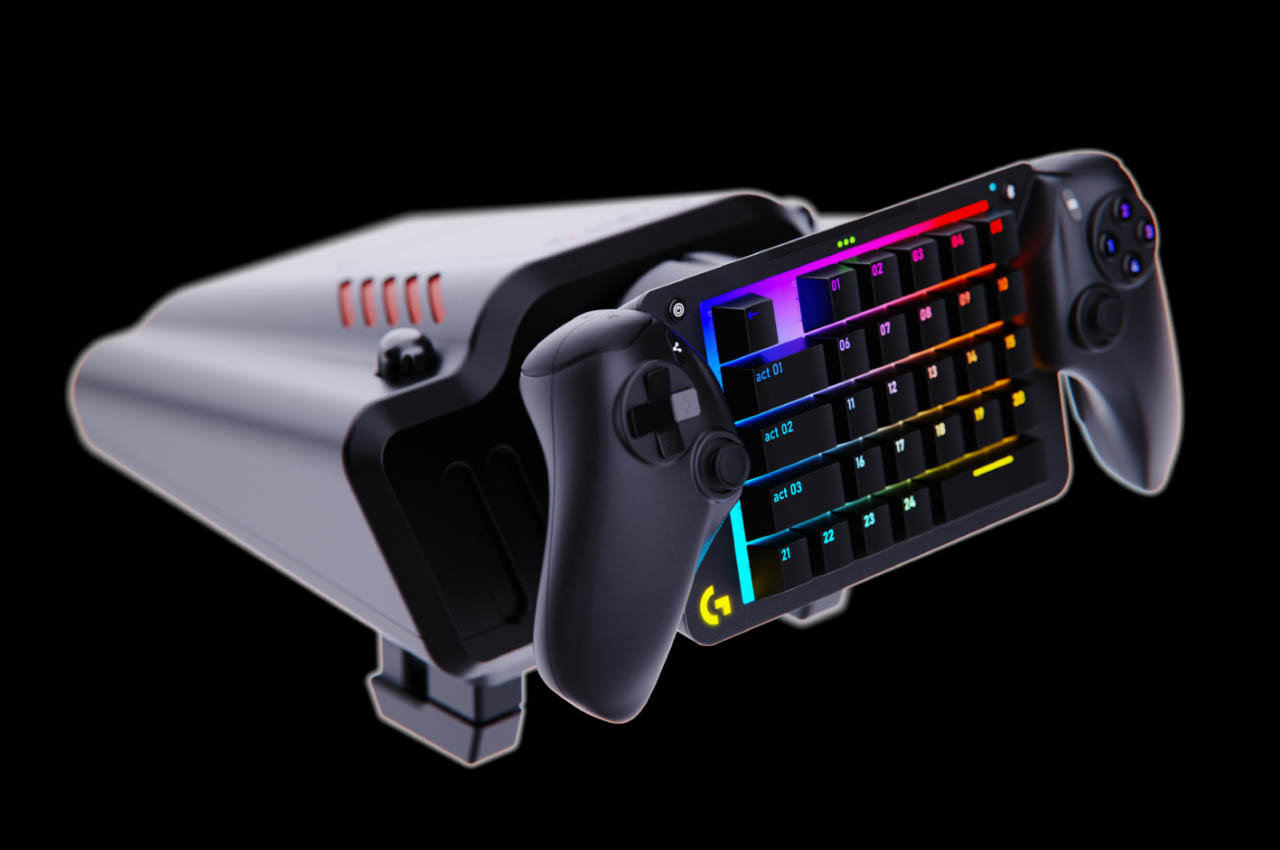
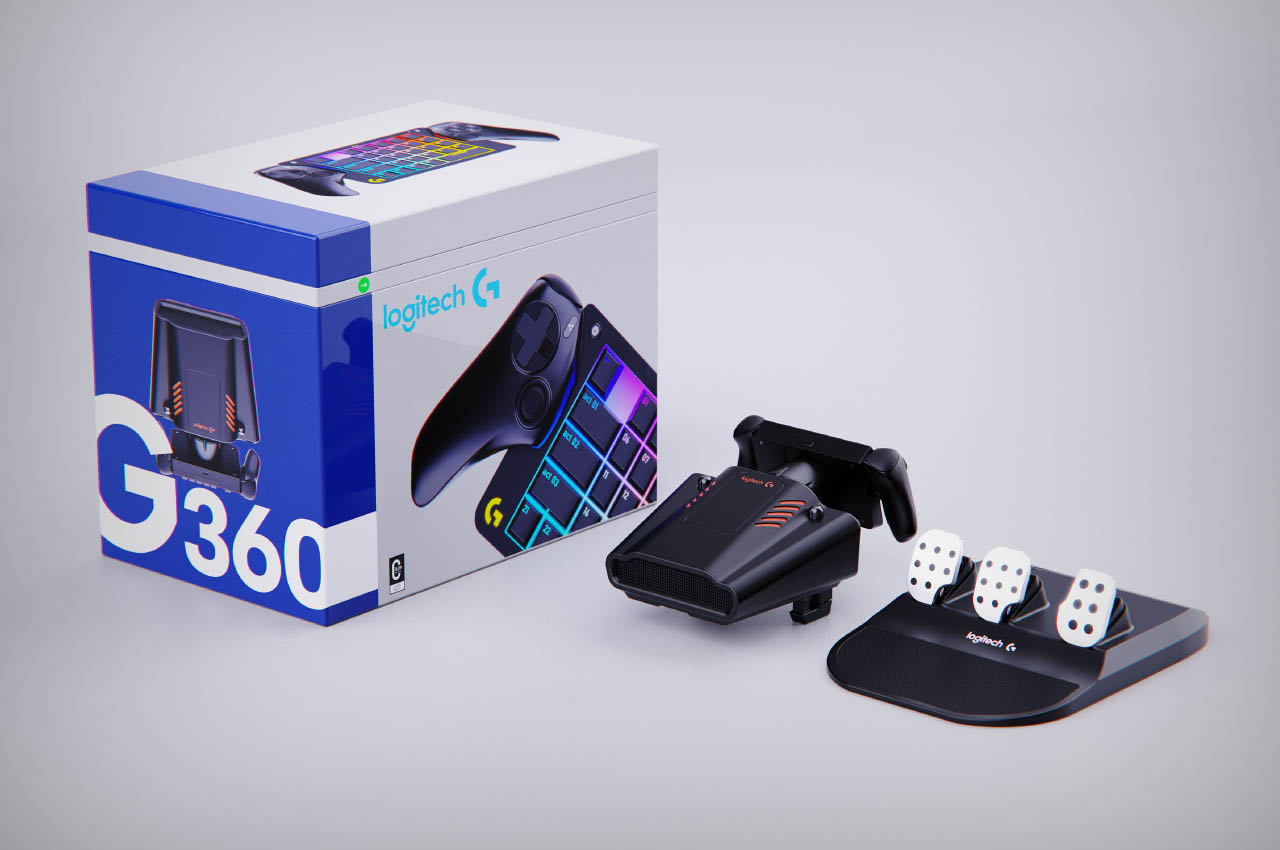
The post This multifunctional racing wheel has integrated keyboard and gamepad for all your PC gaming needs first appeared on Yanko Design.
Top Design Innovations from Computex 2024: Where Technology Meets Aesthetics
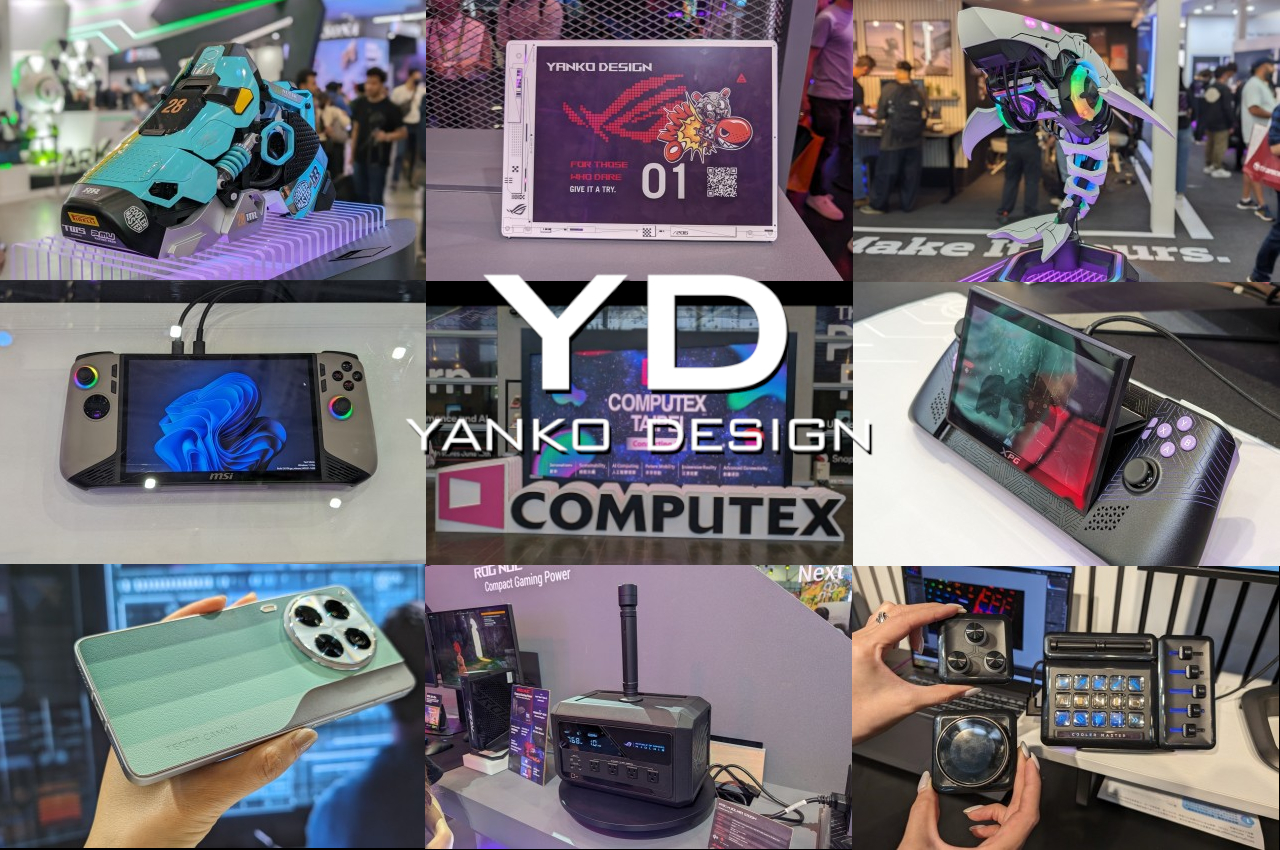
One of the world’s biggest computer-centric tech expos has just ended and, unsurprisingly, a lot of the rhetoric revolved around AI. But if you walk around the showroom floor, another theme quickly becomes evident in the midst of new products as well as some not-so-new wares. Consumer tastes have evolved once again, even among those who would embrace the label of being a gamer. Design is no longer just a feature for the few but an important part of a product’s DNA. We’ve seen quite a wide range of designs across an equally wide range of products, from the eccentric to the elegant. Here are some of the most notable designs to grace our paths at Computex 2024 in Taiwan, showcasing not just the trends but also the innovations in the computing industry.
Cool Computing: PC Case Designs
Desktop computers have evolved from uninspiring towers to smoldering workstations with over-the-top lighting to a smorgasbord of designs that cater to a variety of tastes and interests. Computex 2024 is a glowing testament to not only the changes in design trends but also to the extent that some manufacturers will go to in order to appeal to their loyal fans.
ADATA XPG Invader X
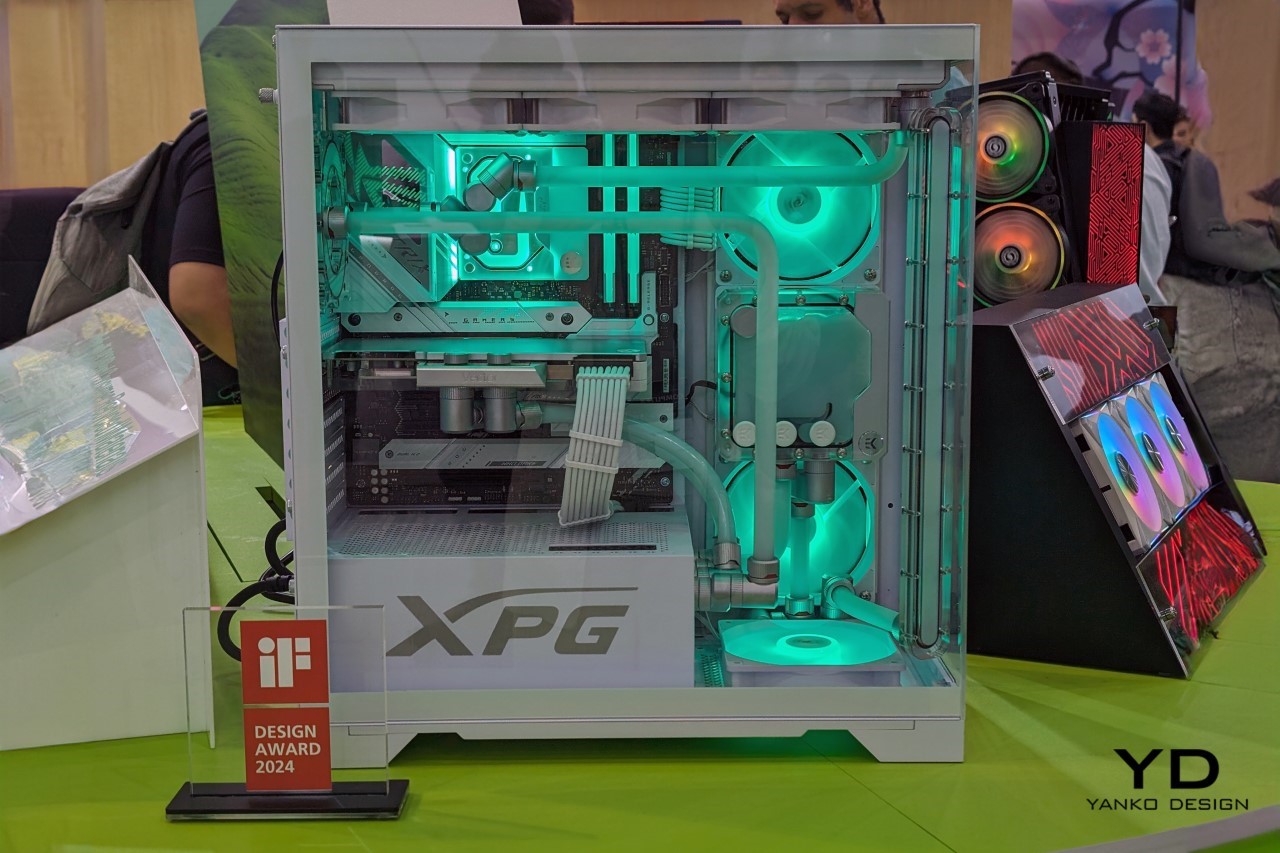
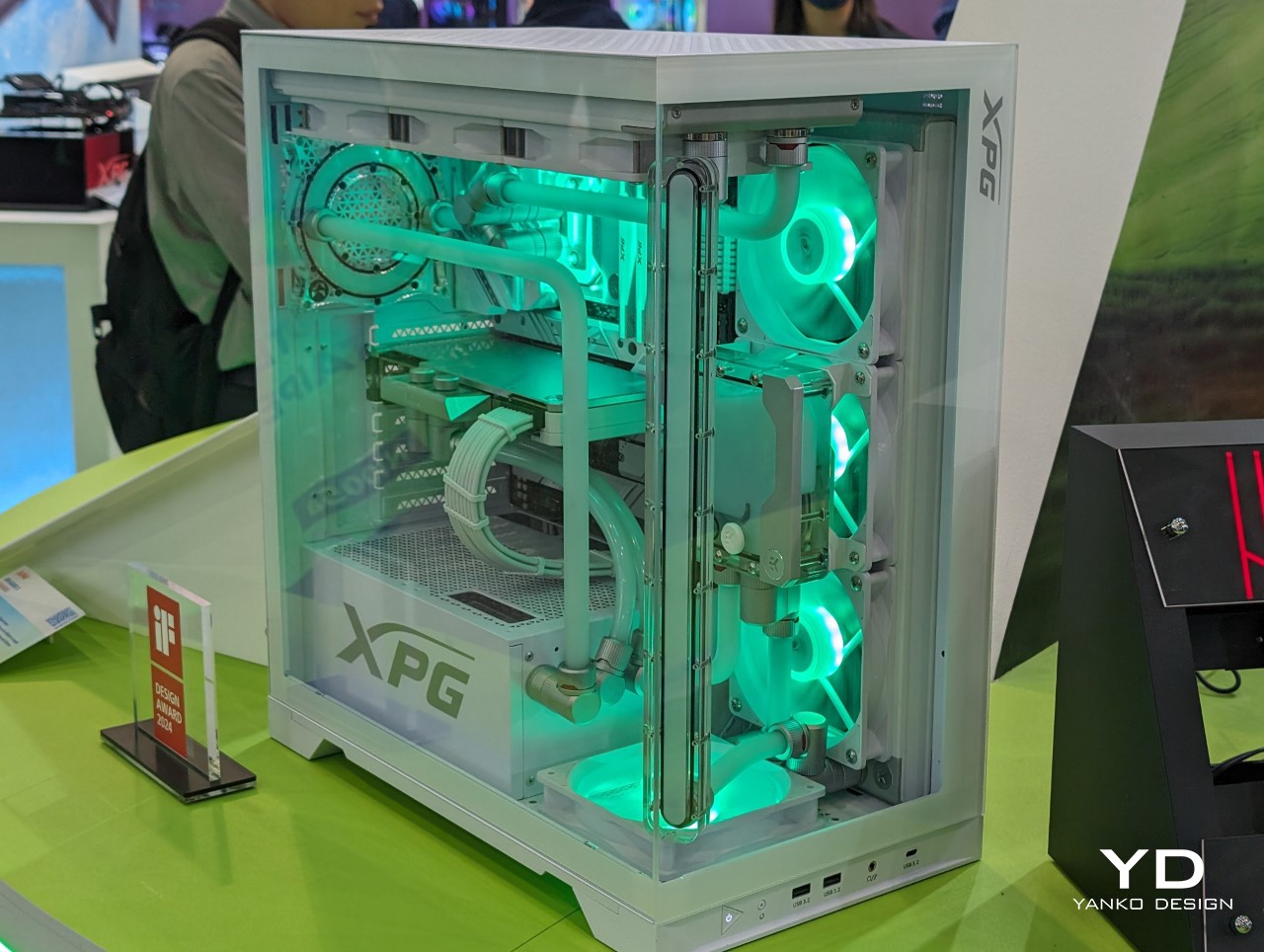
Designer: ADATA
Winner of an iF Design Award, the ADATA XPG Invader X values transparency in more ways than one. Its clear front and side panels let you marvel at the neatly arranged components that power this gaming beast, including the tubes and RGB-lit fans that keep the box operating at maximum efficiency. Equally interesting, however, is the chassis’s ESG-compliant design, utilizing post-consumer recycled plastics and upgrade-friendly components. It’s a stylish, eco-friendly computer that tries to offset the carbon emissions of your gaming lifestyle.
Cooler Master Mecha Cases

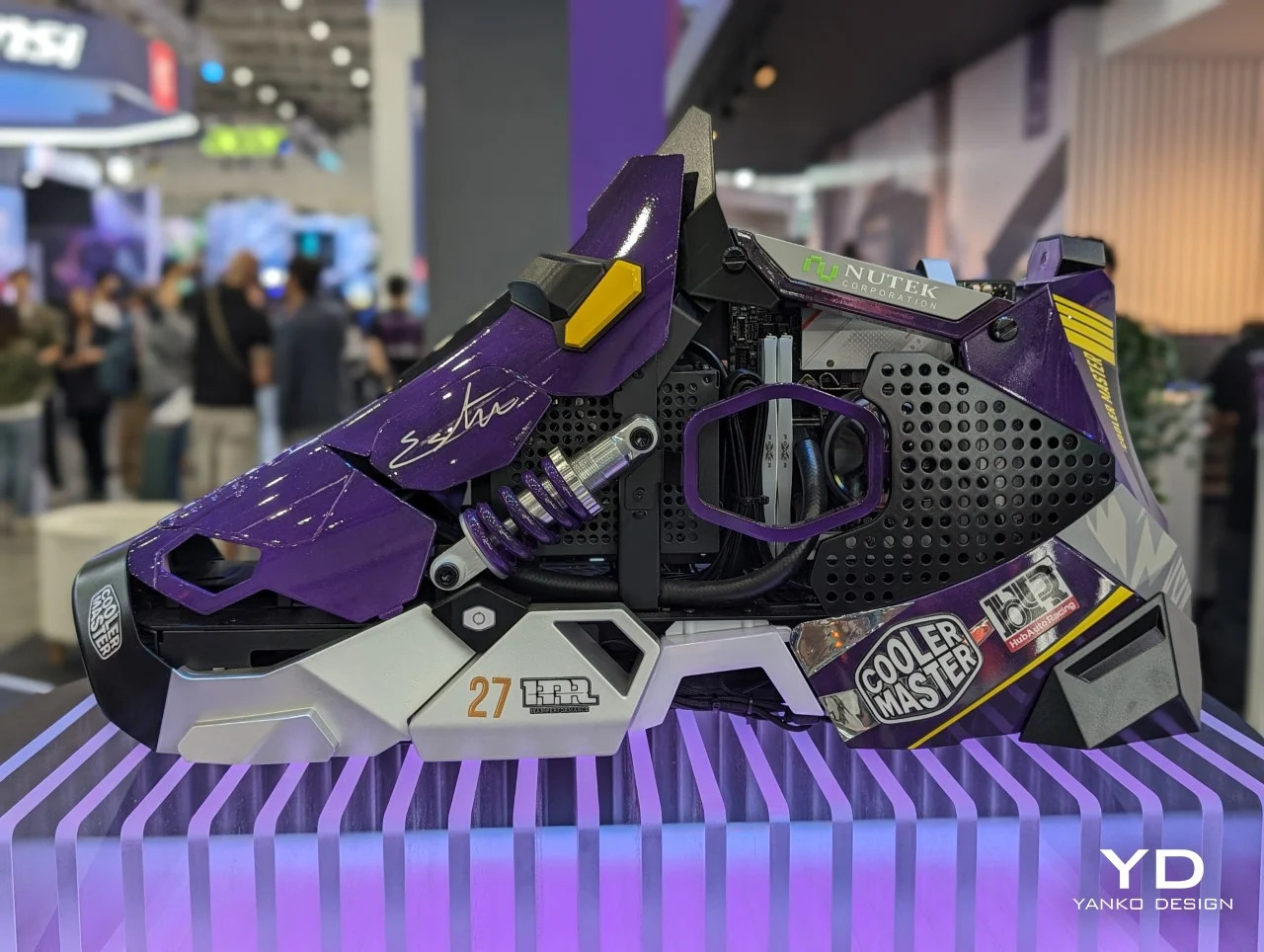
Designer: Cooler Master
Who said computers needed to come in the form of boxes? Cooler Master definitely didn’t. With designs that come in the form of a robotic shark and a giant mechanical sneaker, these PC cases shatter expectations and misconceptions about how our computers should look like. And as hardware becomes smaller even as they become more powerful, it’s only a matter of time before these become the standard rather than the outlier.
PNY Aftershock Bubble Tea PC


Designer: PNY x AftershockPC
Electronics and liquids don’t mix but it becomes a mind-blowing mystery when you see the two together. And now, we don’t mean liquid cooling. From the makers of ramen-themed desktop towers, this Bubble Tea PC will have you not only scratching your head but also craving a cup of boba. Instead of a sugary and milky drink, however, it’s a luscious-colored coolant that has faux tapioca balls swirling around as it keeps your cool-looking PC thermally cool. This collab between PC maker PNY and case designer Aftershock isn’t a joke either but a fully functional gaming PC that’s ready to put a new spin on your cravings.



Power In Your Hands: Handheld Gaming PCs
While there are plenty of AI-toting laptops scattered around Computex this year, they are hardly the only computers vying for attention. Gaming handheld PCs are pushing the envelope not only in performance in a small form factor but also in terms of design. There’s definitely plenty of room for experimentation, and there are a few that have caught our attention and fancy.
ADATA XPG Nia


Designer: ADATA
An unexpected contender from a brand better known for its memory and data storage hardware, the XPG Nia focuses on the aspects often left out in the wake of specs and benchmarks. A tilting screen, for example, can drastically improve the comfort of staring at a handheld computer for long periods of time, while upgradable RAM in addition to upgradable storage gives the device a longer life than even some of the smartphones we have today.
ASUS ROG Ally X
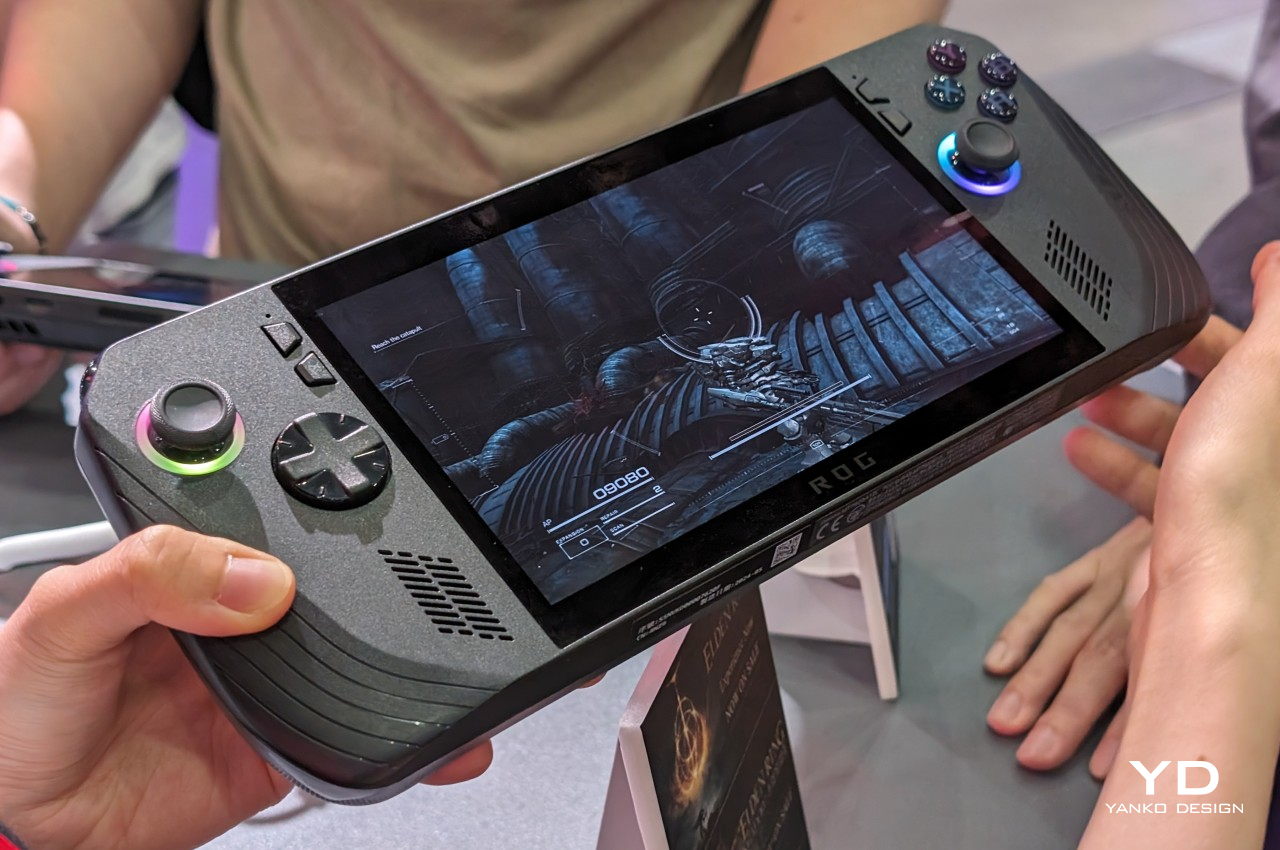
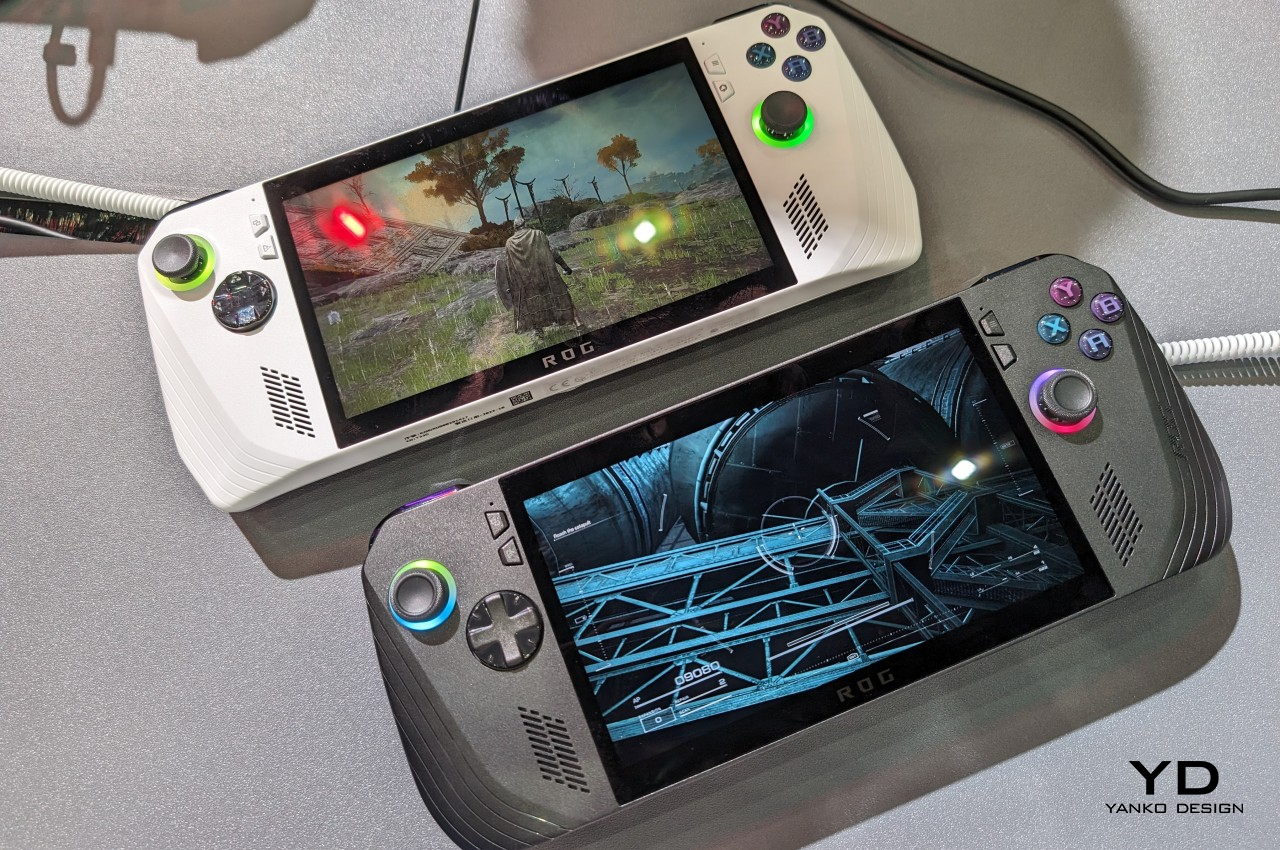
Designer: ASUS ROG
The ASUS ROG Ally X is a fine example of refinement over sensational changes. The base design remains the same, but the subtle and sometimes invisible improvements deliver an almost totally different experience that’s a step above in terms of usability. Best of all, however, ASUS isn’t removing the OG ROG Ally from the market just yet, leaving consumers with the choice between affordability and power.
MSI Claw 8 AI+

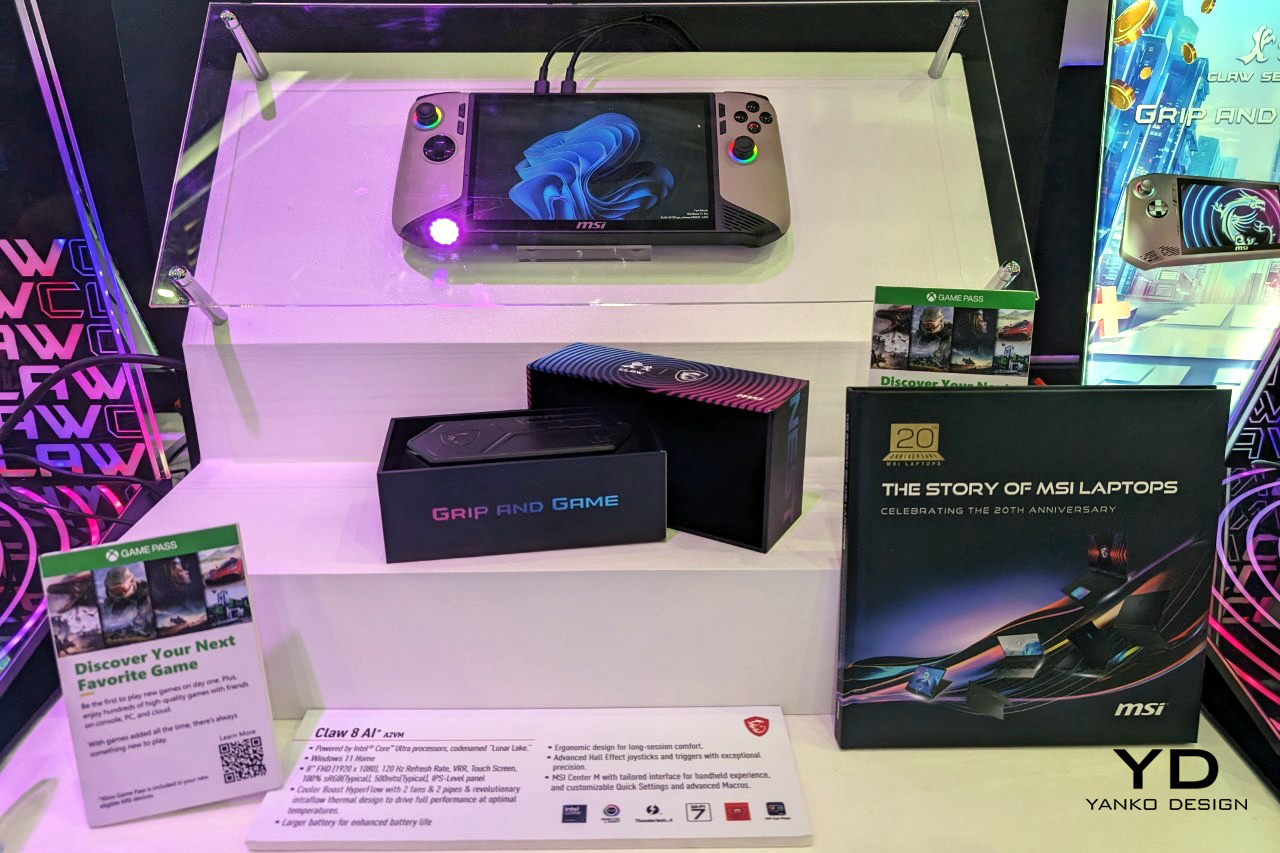
Designer: MSI
The MSI Claw A1M was an odd one when it came out, but the Claw 8 AI+ cements the manufacturer’s position in the young handheld gaming PC segment. With newer, AI-friendlier hardware comes significant improvements that are necessary for such a small gaming device. It’s still rather unique in its use of Intel silicon, and it will live or die by that commitment. Its design, however, is also enough to make it a noteworthy contender in this fast-growing arena.
ZOTAC ZONE
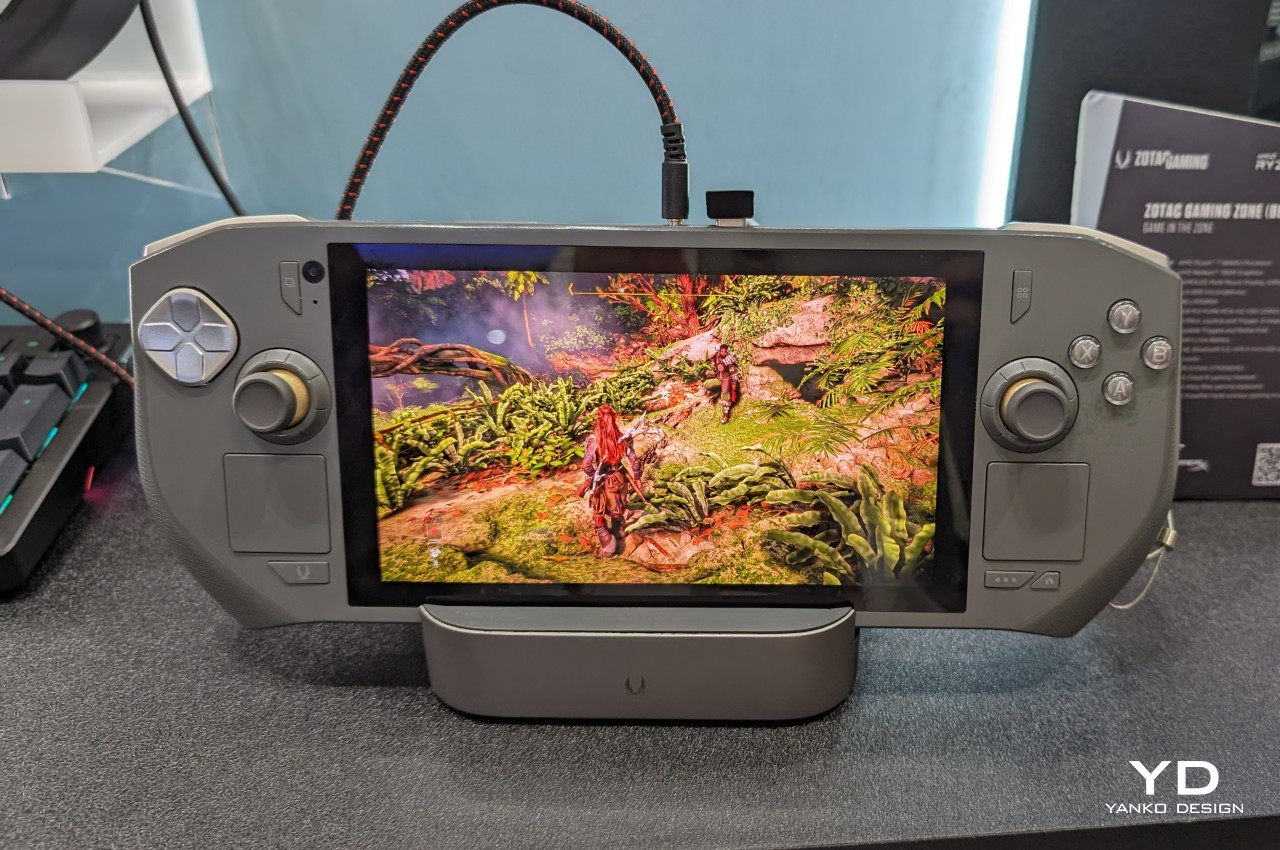
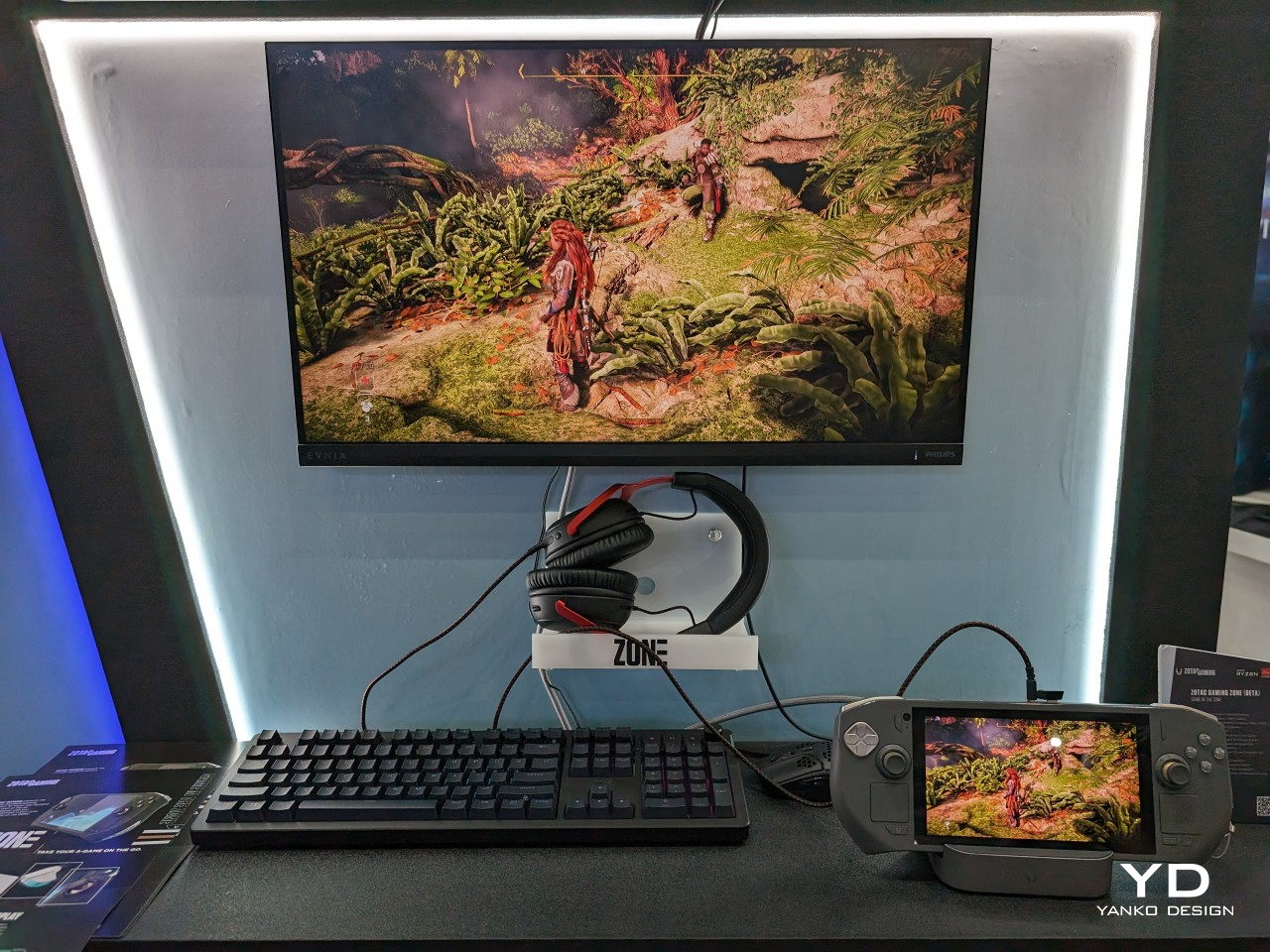
Designer: ZOTAC
ZOTAC is another new contender, one that has its sights set on the name that started it all: the Steam Deck. While it resembles this progenitor in some aspects, the ZOTAC ZONE tries to take the design where Valve seems reluctant to go. Better hardware and configurable controls will sing to the hearts of many gamers, but the steep price tag could be a major deterrent as well.
Material Matters: Aesthetic and Sustainable Designs
Design innovation doesn’t just have to come from wild new forms or combinations of ideas. Even the materials used for products can have a notable positive effect on the user experience, especially when they delight not just the eyes but also other senses like touch. Bonus points if they also benefit the environment, ensuring there will still be a planet for consumers to live on.
ASUS Ceraluminum



Designer: ASUS
Laptop users are becoming more and more design-conscious. Even those who don’t tend to personalize the backs of their laptops want it to be something that will leave a lasting positive impression on bystanders, not to mention on themselves. Combining the durability of metal with the luxury of ceramic, ASUS’s new Ceraluminum material subtly elevates the laptop from a technological product to an art object. First used on the new ASUS Zenbook S 16, this material exudes beauty that you not only see but also feel every time you touch the laptop or lift its lid.
TECNO CAMON 30 Series LOEWE Design Edition
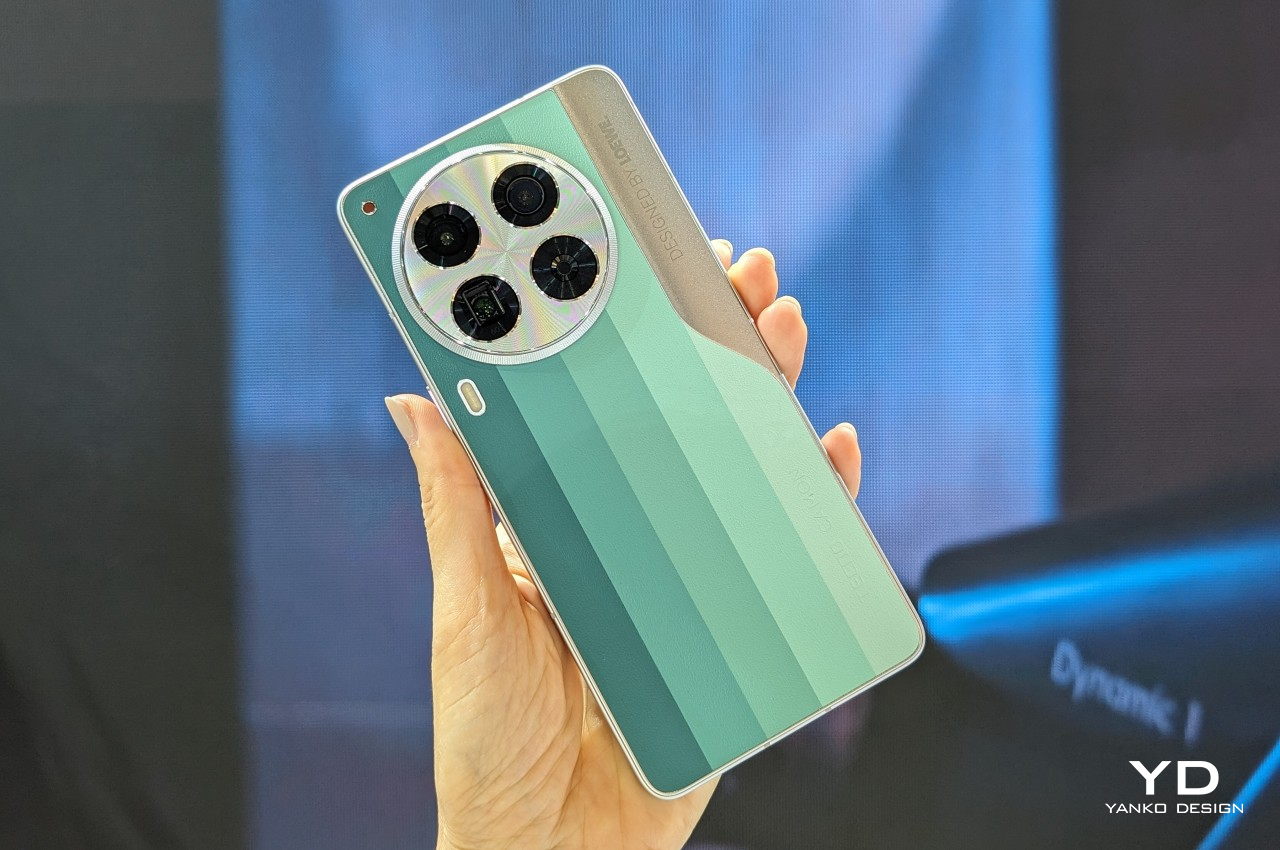
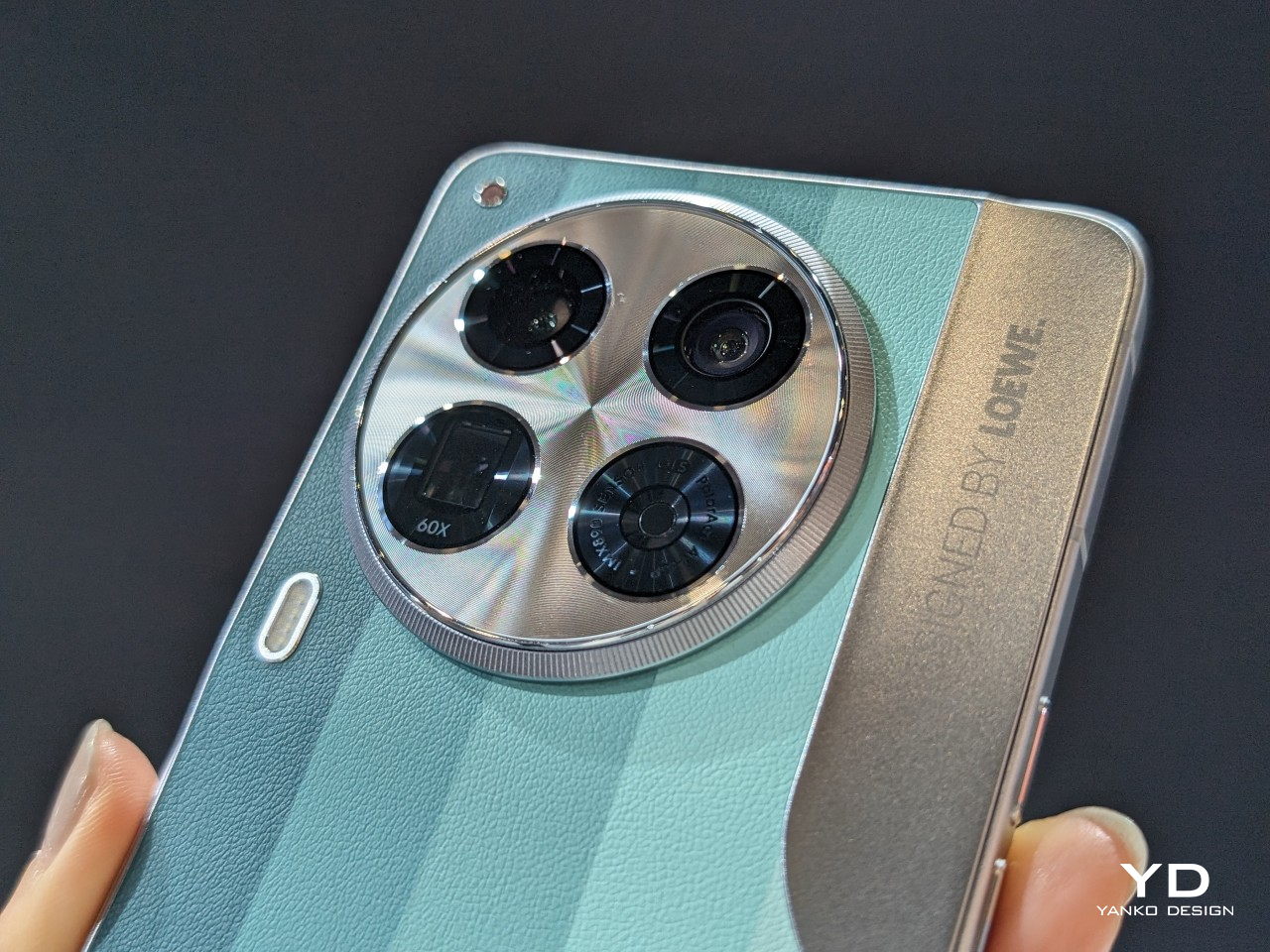
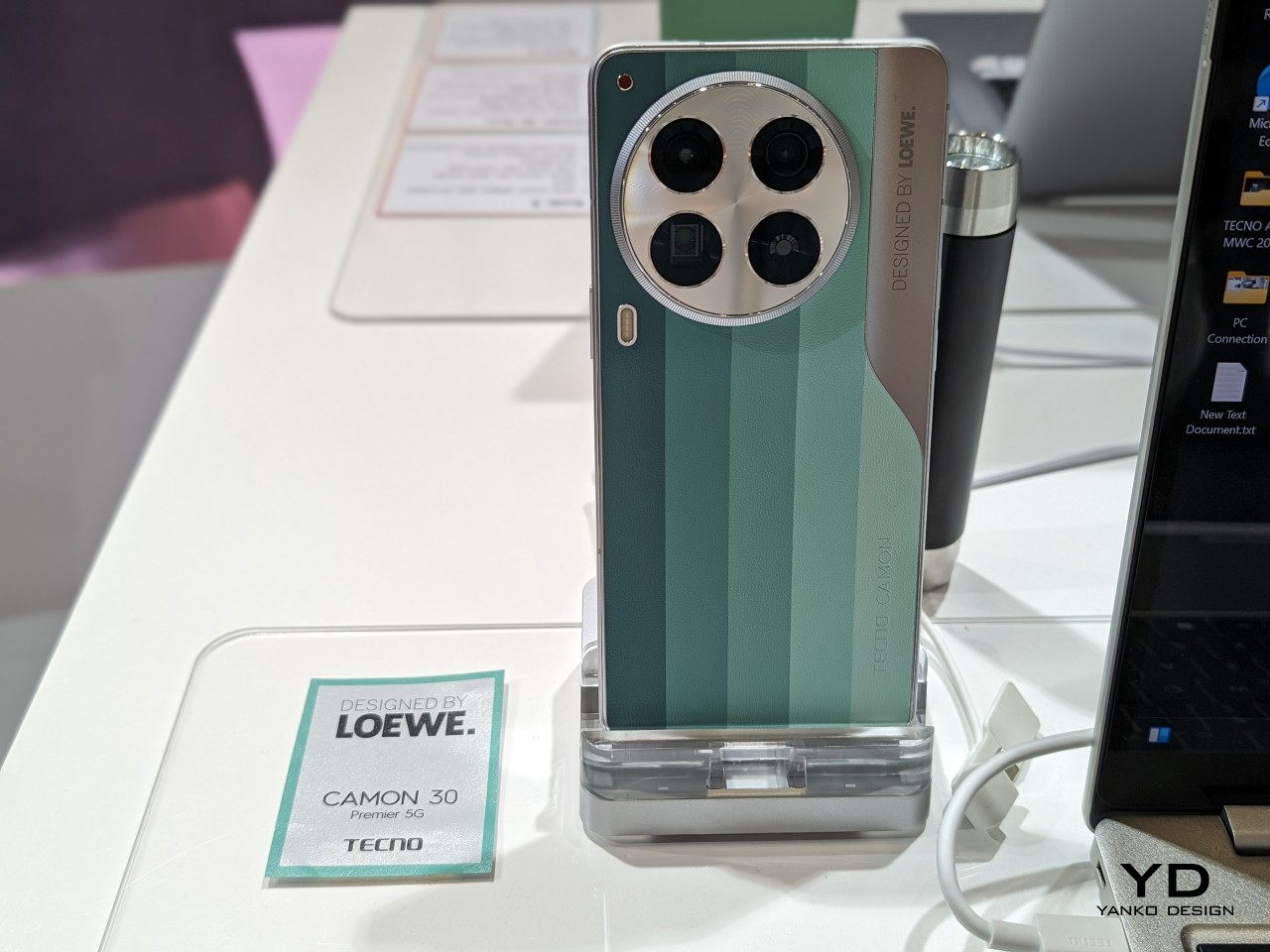
Designer: TECNO
Paying homage to both coffee lovers and environment-conscious consumers, TECNO and LOEWE designed a back cover material that gives waste coffee grounds new life. Using an equally eco-friendly process, this more sustainable material gives the TECNO CAMON 30 Series LOEWE Design Edition a distinctive appearance and texture that easily sets itself apart from the crowd. Plus, the use of color blocking also marks the phone with a modern style to fit the discerning tastes of modern consumers.
Creative License: Tools for Designers
All these wonderful designs don’t just pop out from thin air. Someone has to make them, from initial ideation to prototyping to manufacturing. Designers and creators naturally need tools that can meet the growing complexities of their work, and Computex definitely has quite a few in store for them.
Acer SpatialLabs Eye 3D Camera
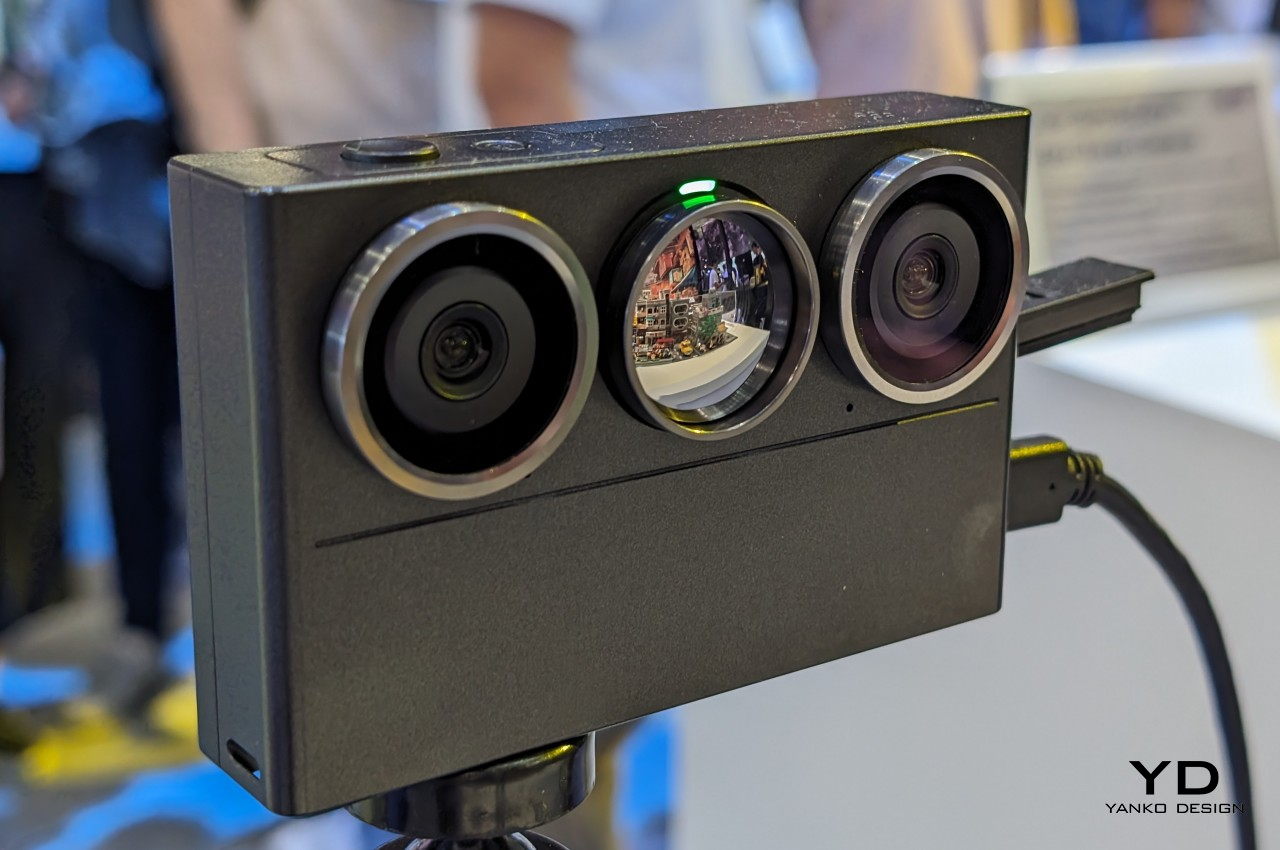
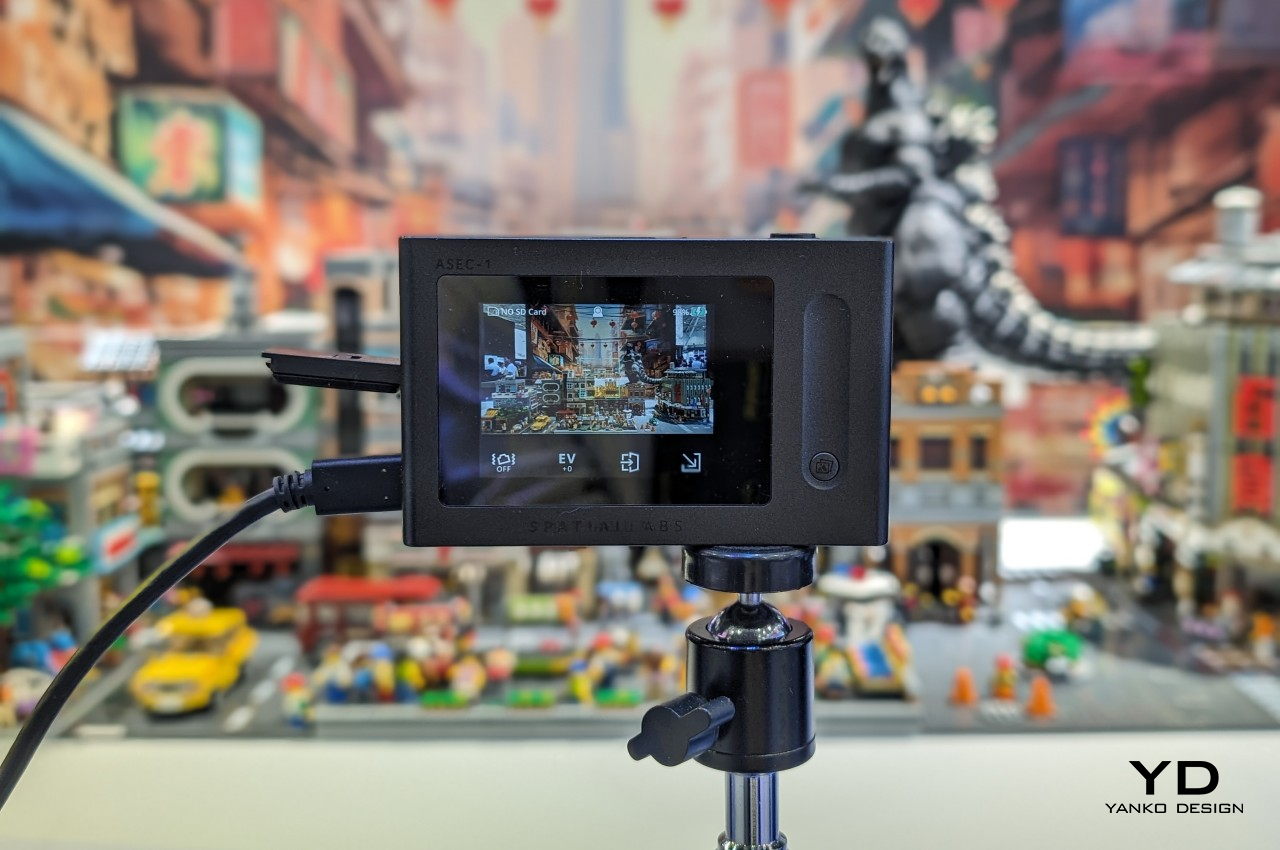
Designer: Acer
Spatial computing, mixed reality, and the metaverse require a special kind of content, one that breaks free from the confines of flat, 2D space. Even in video meetings and live selling streams, 3D objects are becoming more in demand, offering not just viewers but also presenters new ways to connect and communicate. Acer’s new SpatialLabs Eye 3D camera tries to democratize that process, effectively giving anyone the ability to capture, record, and stream any real-world 3D object as a digital copy.
ASUS ProArt PZ13 Detachable Laptop


Designer: ASUS
As computers become more powerful and geographical boundaries become shorter, content creation can no longer be confined to a desk in an office or room. The ASUS ProArt PZ13 gives designers, artists, engineers, and everyone in between that kind of flexibility with its portable and detachable design. What makes this 2-in-1 computer different is that it’s part of the new breed of Windows computers running on the latest Qualcomm Snapdragon X chip, promising improved performance and, of course, on-device AI capabilities.
Power to the User: Empowering Gamers and Creators
One thing that gamers, creators, and power users have in common is their need for power, both literally and figuratively. The ability to customize not only their experience but also the appearance of their equipment goes a long way in giving them the confidence to get their job done, and these designs definitely deliver that with a touch of pizzazz!
ASUS Project DALI E Ink Cover Laptop
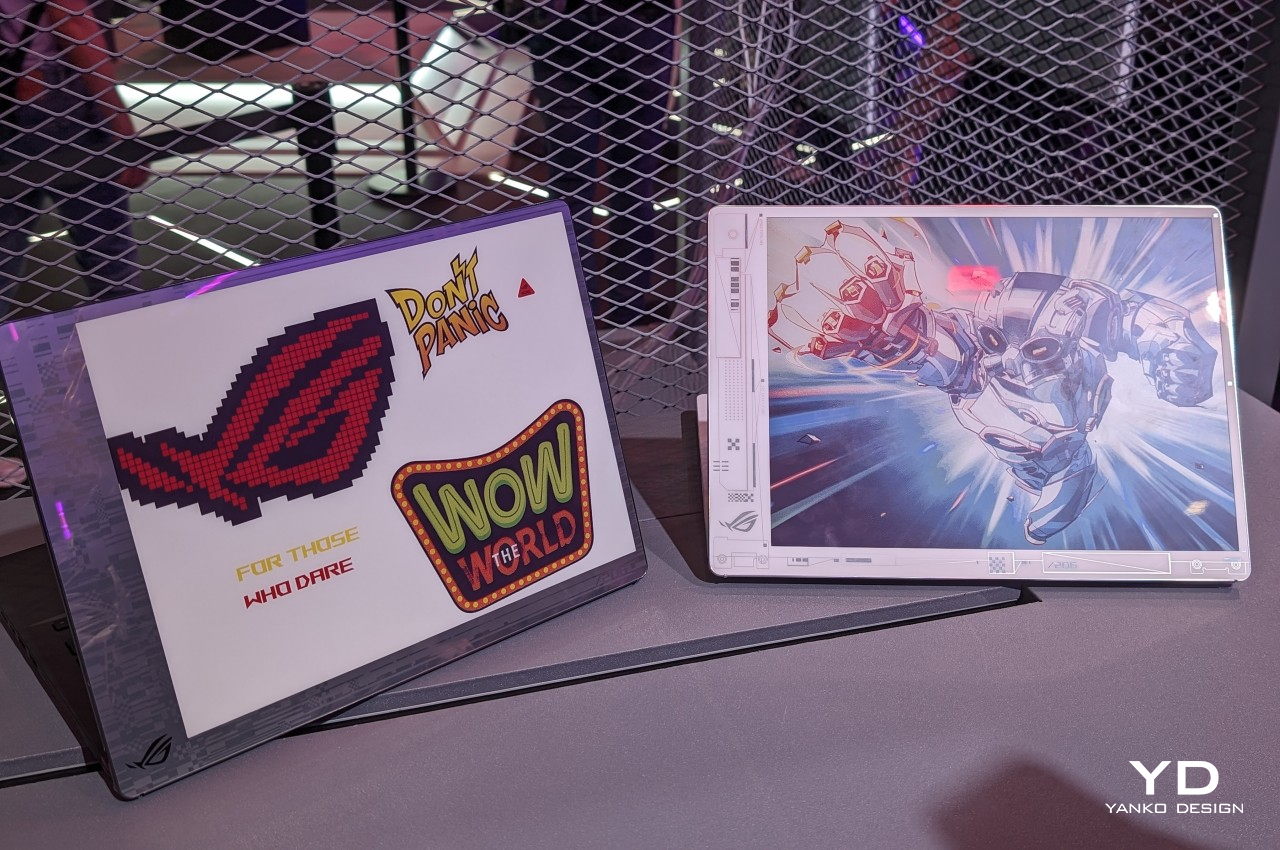
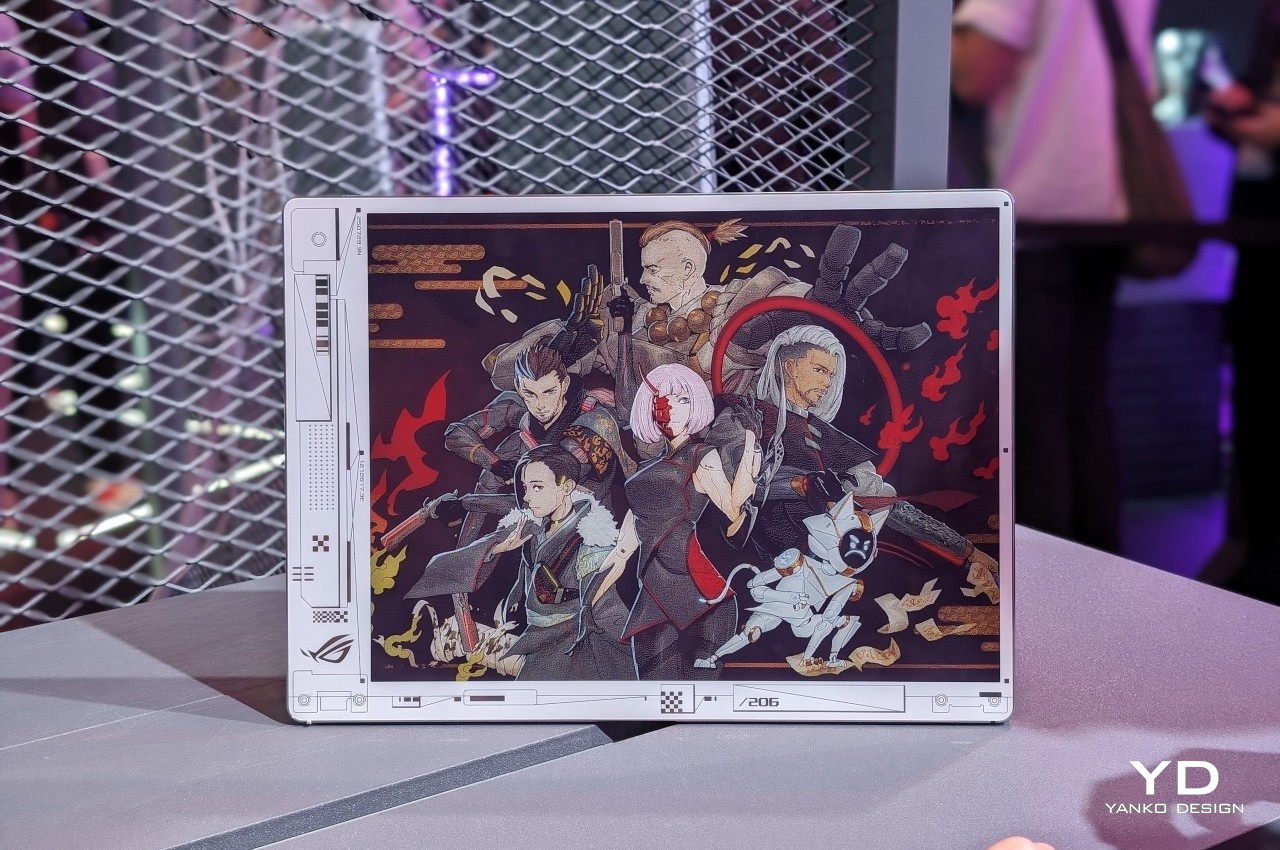
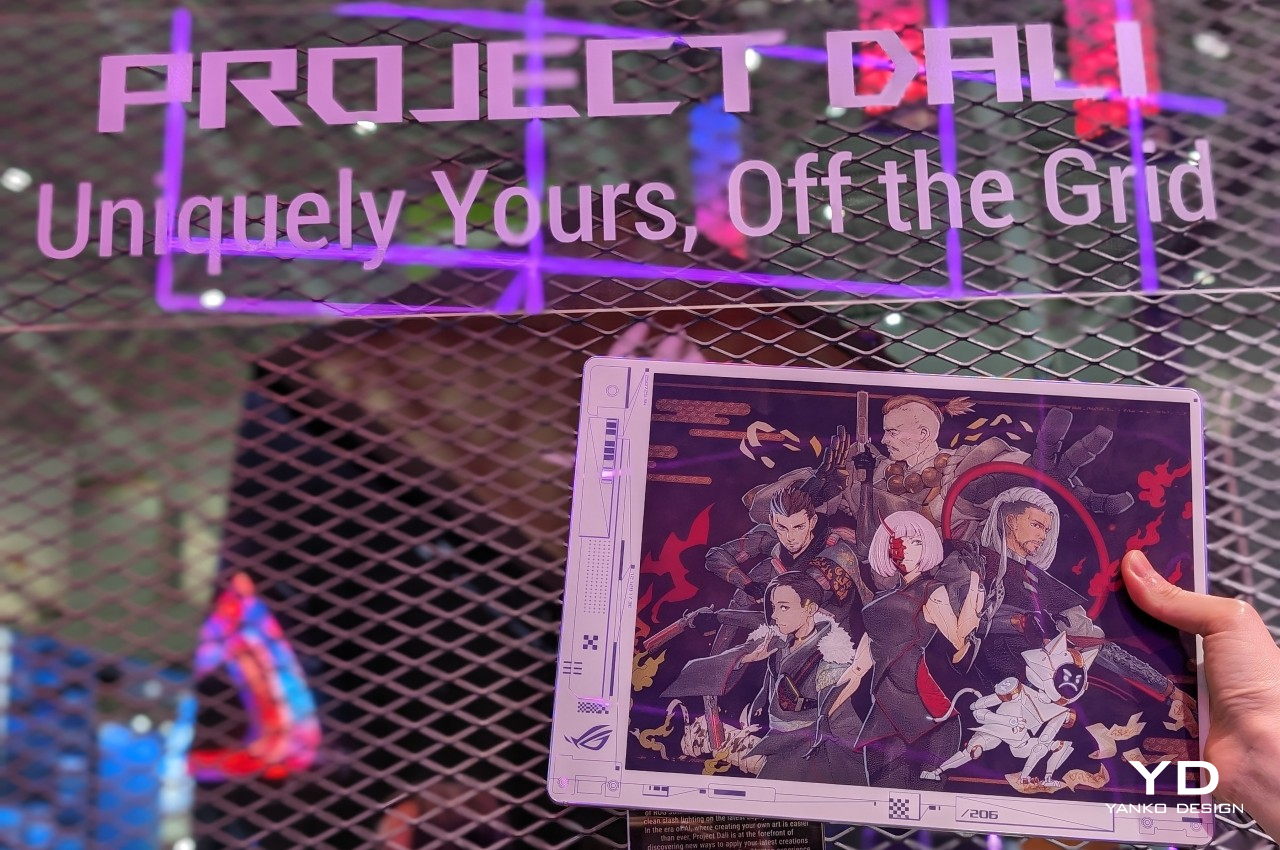
Designer: ASUS
E Ink is no longer just for eBook readers. Now that it has color and is being used in signage, the eye-friendly and power-efficient display technology is finding its way to the most unexpected places, like the back of this laptop concept. Project DALI turns the laptop cover into a canvas for users of all walks of life to express themselves or simply have a different design every day if they want. All without draining the battery even when the laptop isn’t running.
ASUS ROG Mjolnir Portable UPS
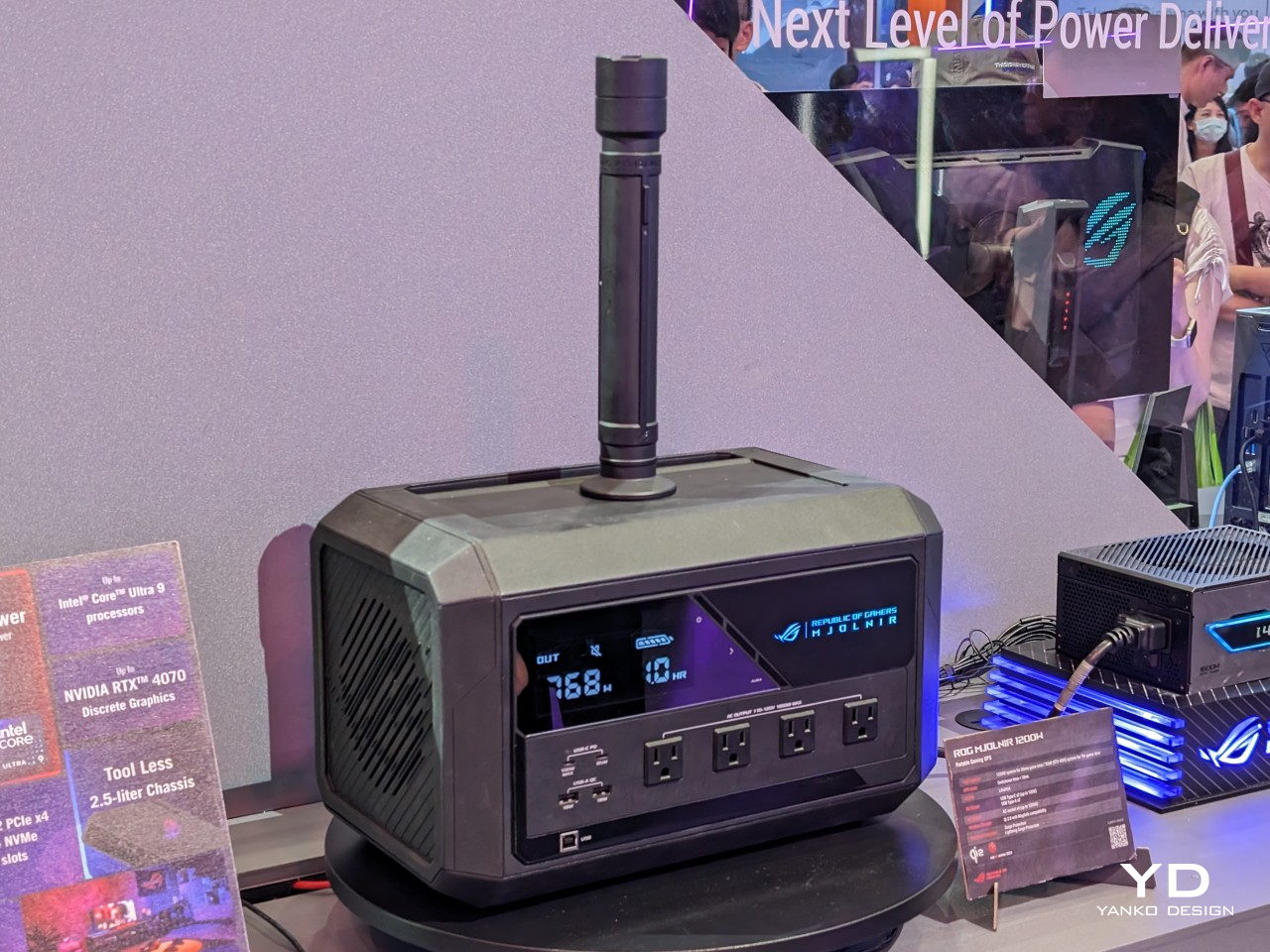
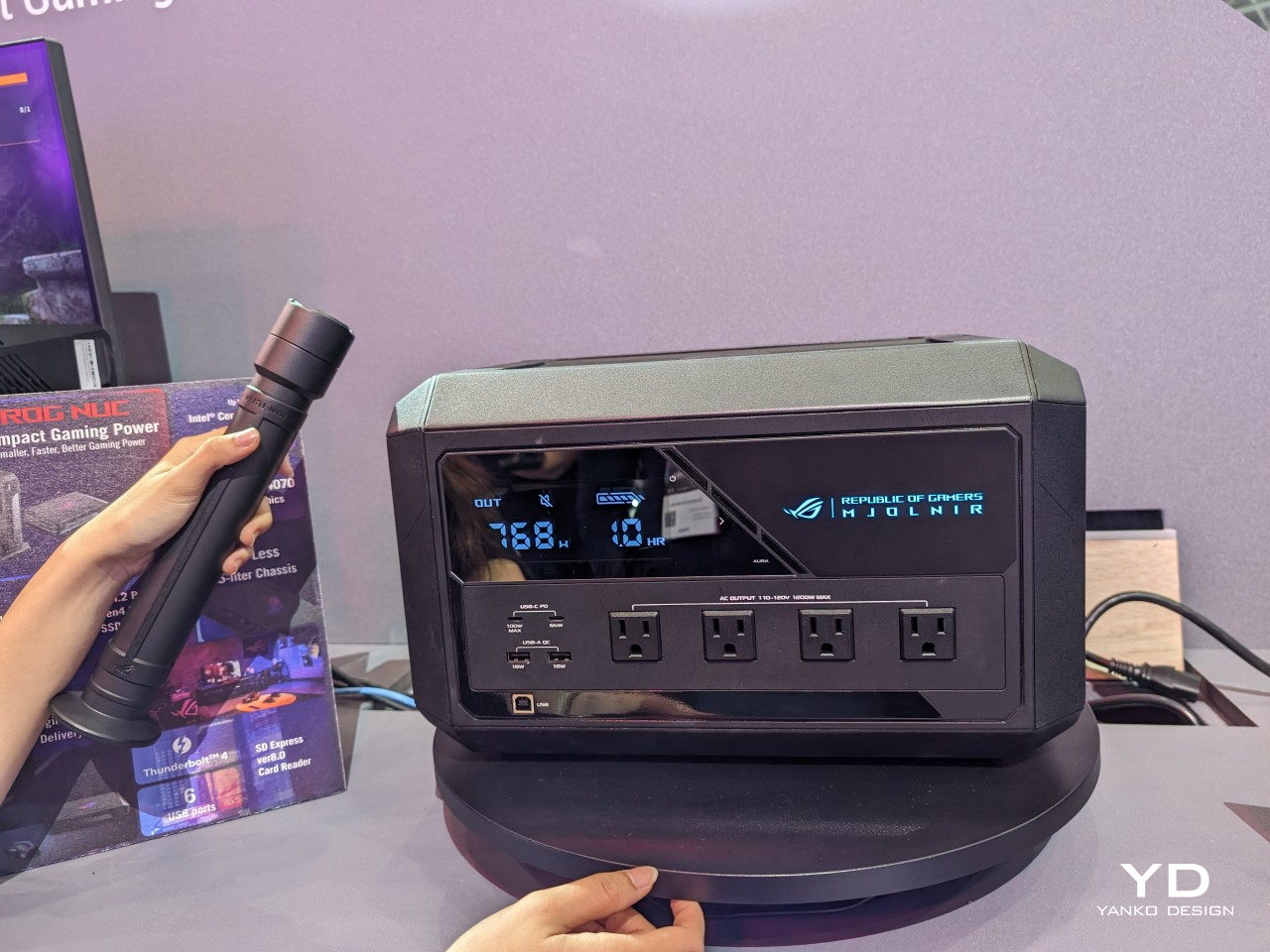
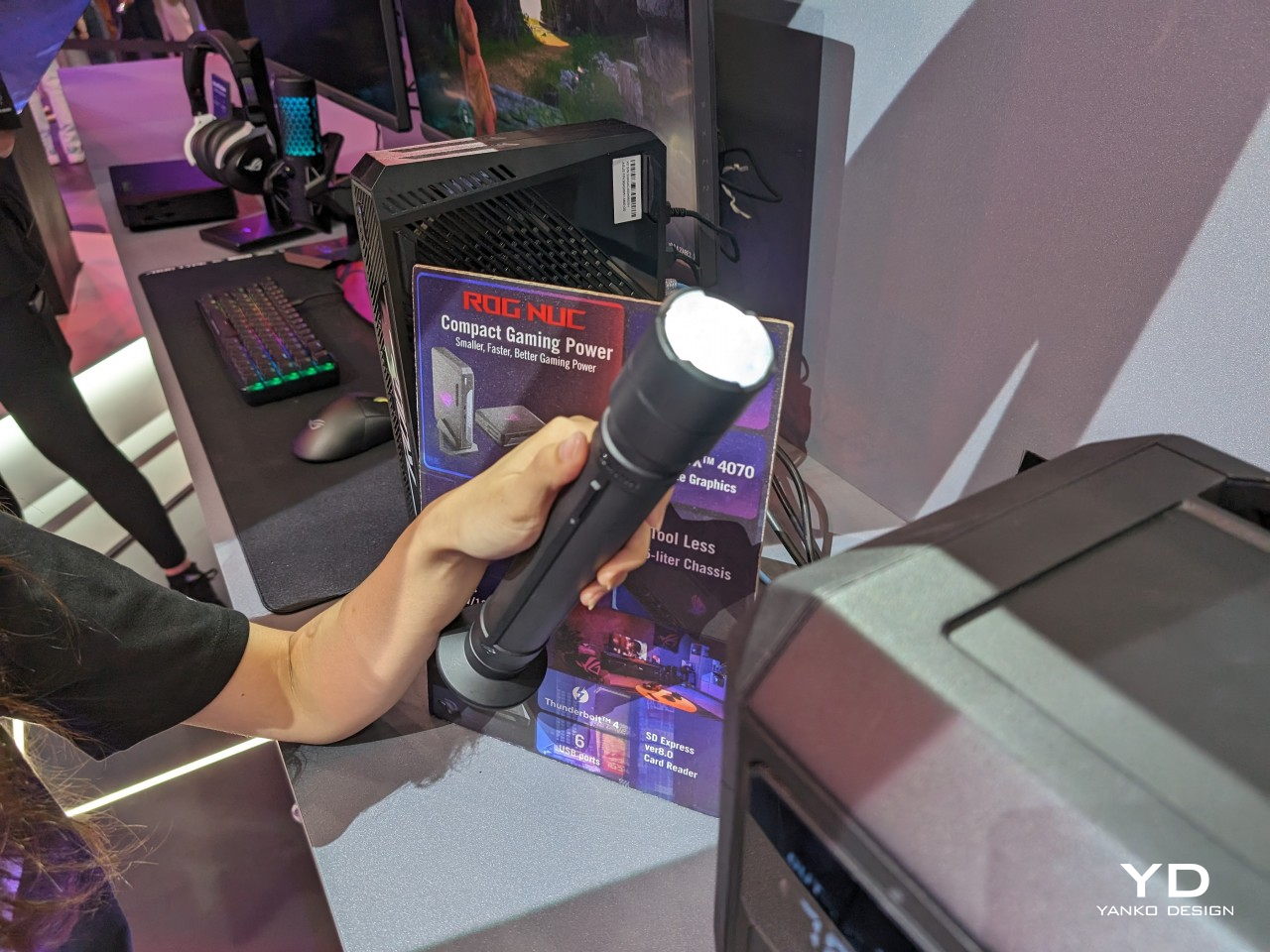
Designer: ASUS ROG
Nothing scares a gamer or designer more than losing power in the middle of an intense playing or working session. Uninterruptible power supplies are a staple for these people, but if you’ll be getting one, why settle for a boring box when you can have one of the most powerful weapons in the universe? Shaped after the mythological hammer of Thor, the ROG Mjolnir is a power station with an attitude and, more importantly, the power and features to actually match.
Cooler Master MasterHUB Modular Stream Kit



Designer: Cooler Master
A typical computer keyboard has 87 to 101 keys or more, but sometimes even those aren’t enough for content creators, streamers, gamers, and advanced computer users. When you have to remember a bunch of keyboard shortcuts that differ from program to program, you’re putting a heavy burden on your mind that could be used for actual creative thinking instead. This modular MasterHUB stream kit and control center not only offers the power of programmable buttons but also lets you decide how you want those controls to be arranged and look.
The post Top Design Innovations from Computex 2024: Where Technology Meets Aesthetics first appeared on Yanko Design.
Custom-built inside out, ModRetro Chromatic is the ultimate tribute to the Gameboy
Gameboy was a cultural icon in the 1990s when I was growing up. Almost every video game enthusiast in my close circle had his handheld from Nintendo, which meant that before being discontinued from production in 2003, it was arguably the best-selling console ever made. Since, then there have been many iterations of the popular handheld console trying to revive the lost era of portable gaming, but none has been as identical as what Palmer Luckey’s ModRetro may have achieved with the Chromatic.
Combining nostalgic charm with modern tech, the ModRetro Chromatic inherits the Gameboy DNA to give enthusiasts the most realistic experience of the classic handheld console in the blood and body of the new-age device. It’s a result of seventeen years of endeavor to make the ultimate device to play Gameboy games as they were played on the original console.
Designer: ModRetro
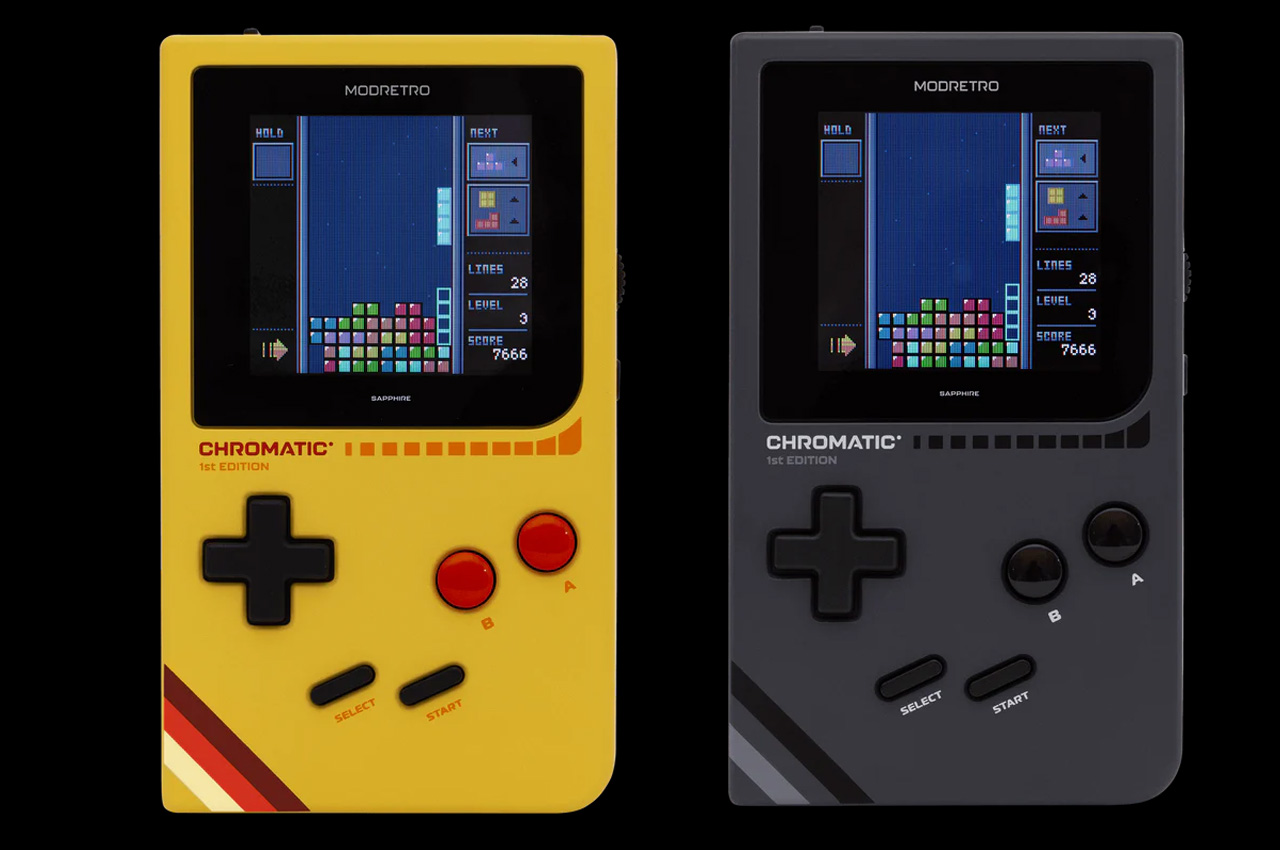
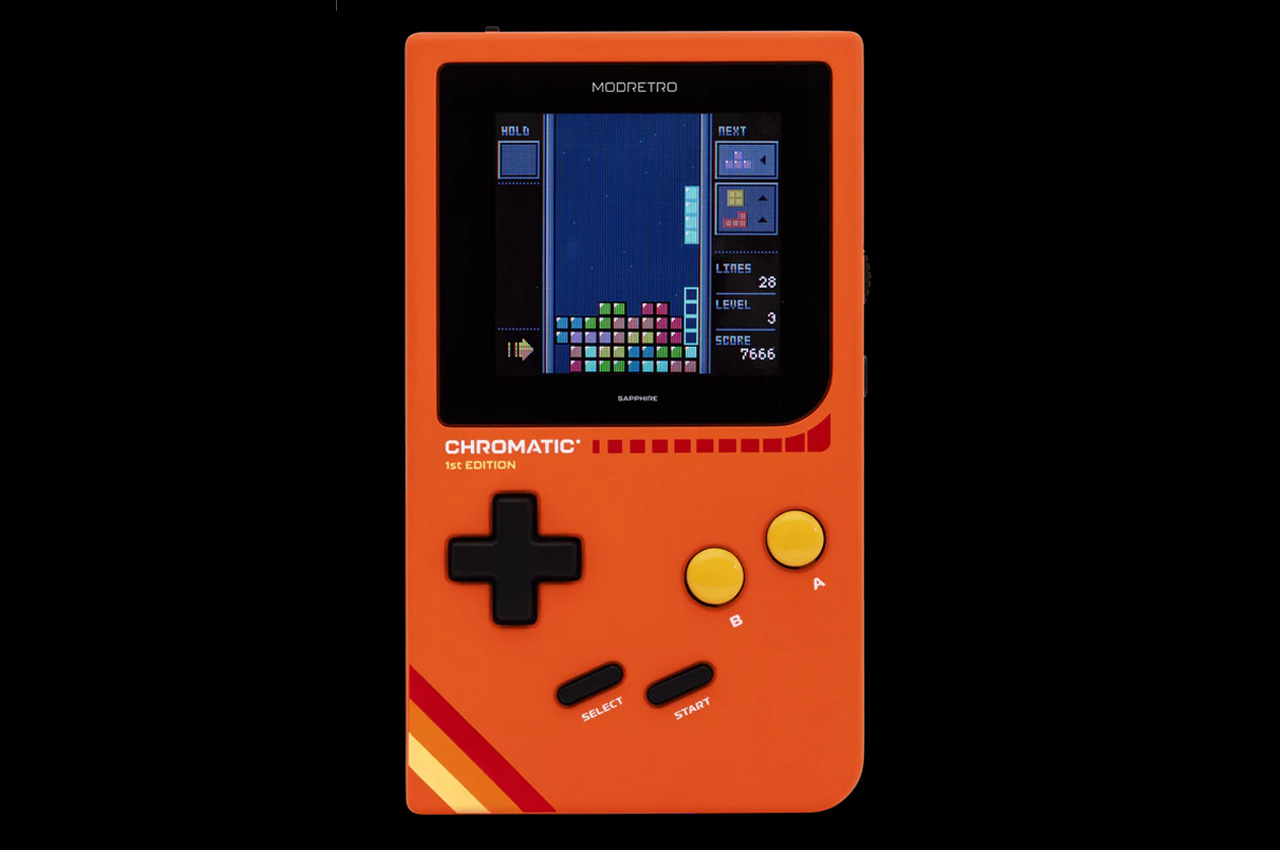

According to Luckey, the Chromatic is his best tribute to the Gameboy. Designed and constructed to be the most “authentic, highest quality” device to mimic Gameboy, Chromatic is an heirloom quality piece of retro-futuristic art “that would last for generations.” To that accord, this cartridge-playing Nintendo Gameboy will retail for $199 and can be pre-ordered now at ModRetro.
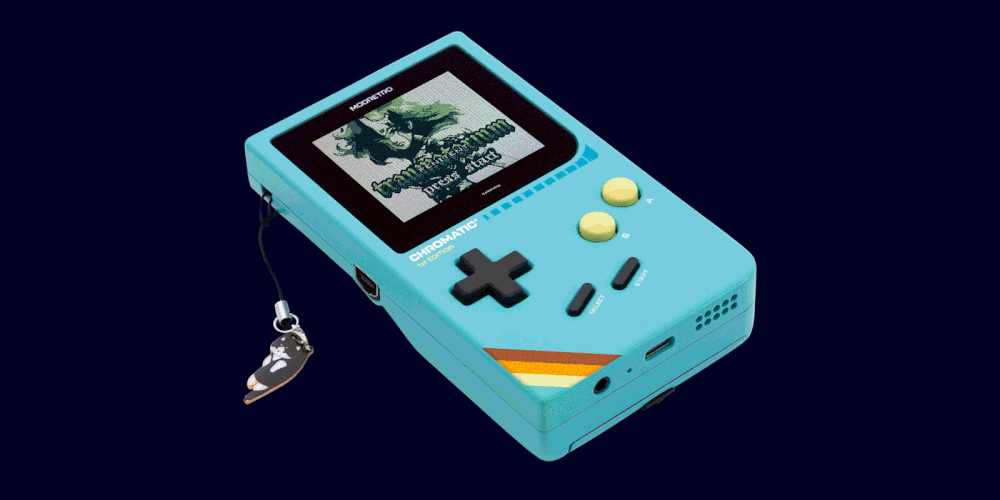
Compatible with Gameboy and Gameboy library, the Chromatic is 100 percent custom-made. It has a one-to-one LCD with an identical pixel structure to the original Gameboy. To maintain authenticity and closeness to the real, the device alongside its Gameboy-like 160×144 pixel backlit display features a similar layout, resolution, and size. Its sapphire screen is scratch-resistant and it is housed within a magnesium-aluminum alloy molded shell topped with durable PBT buttons and D-pad.
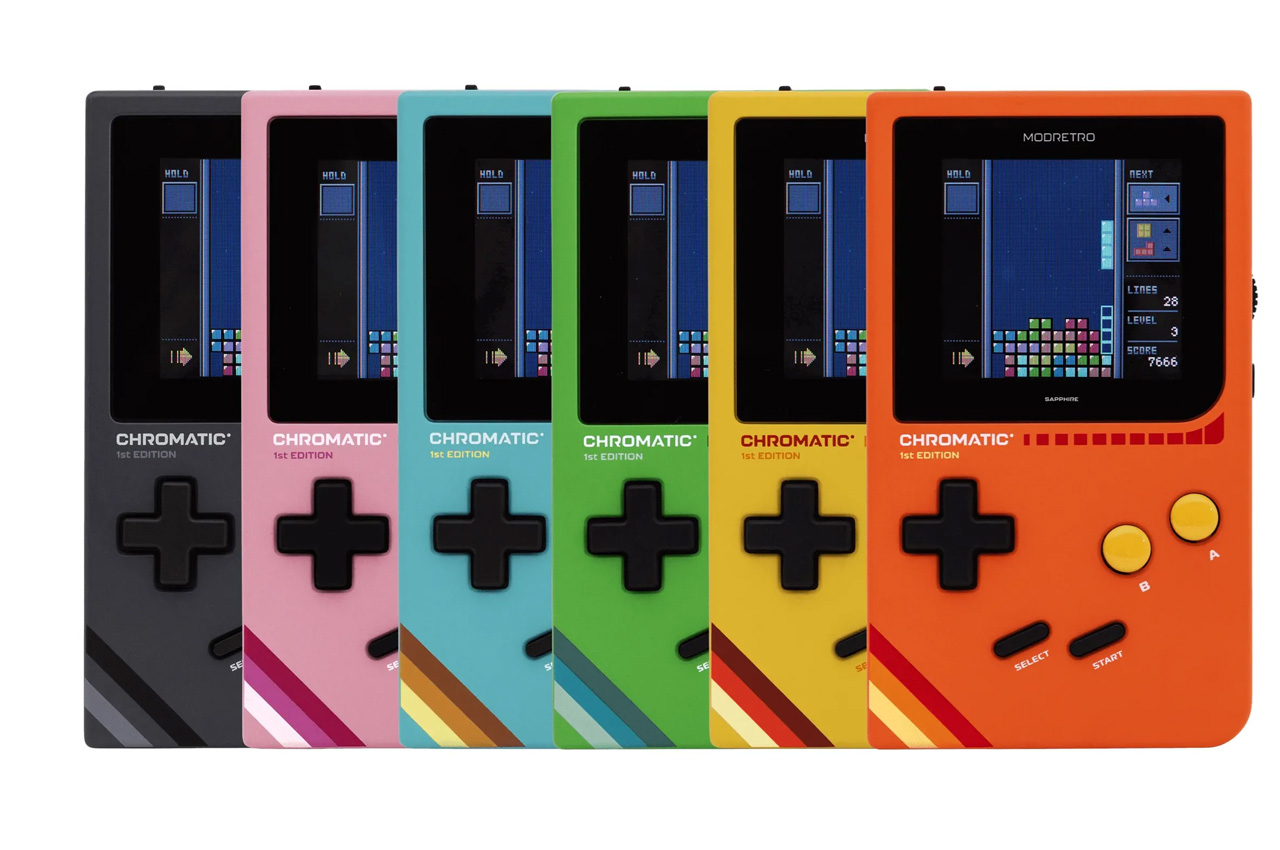
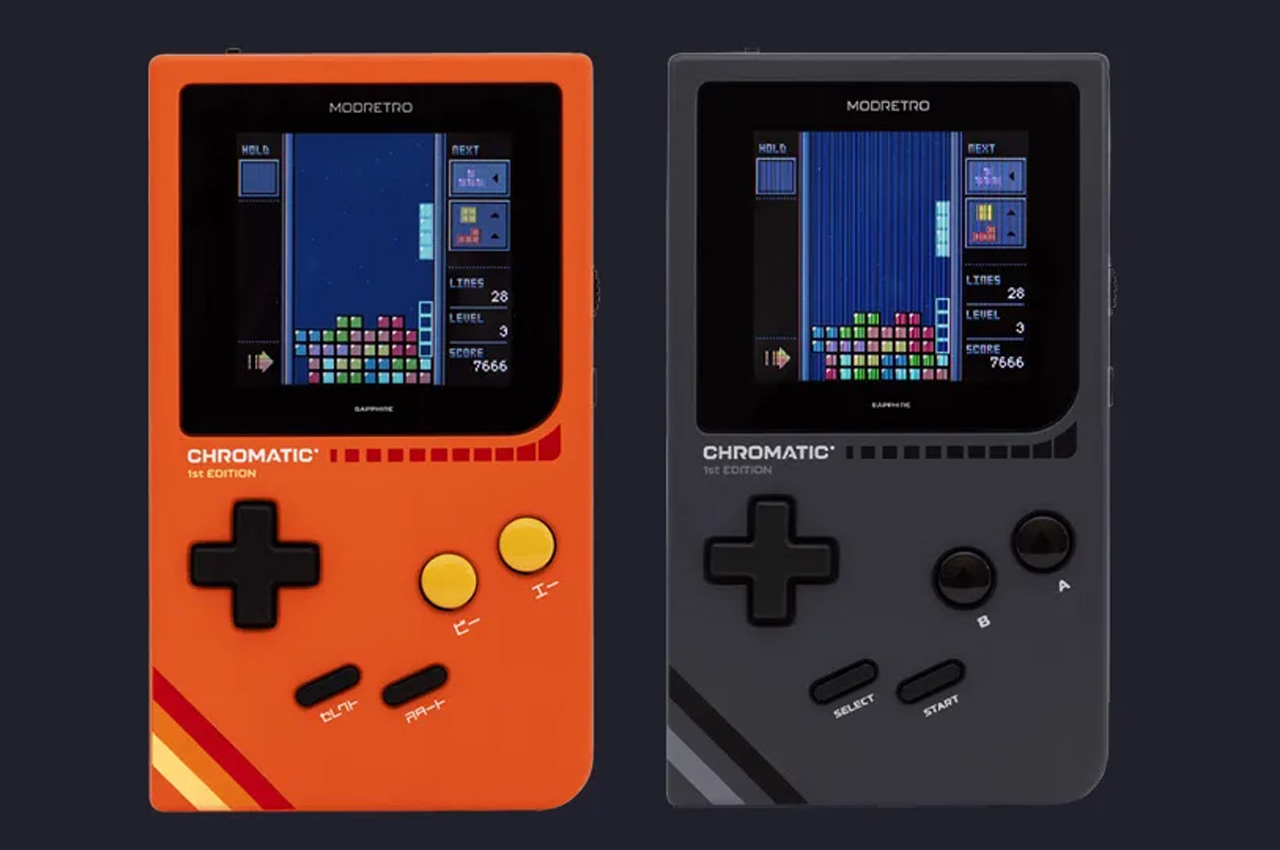 ModRetro Chromatic measures 5.2x3x1.2 inches, and weighs feather light at 6.2 oz. For connectivity, the device has been provided with a USB port and 3.5mm headphone output, and to celebrate its launch, it will come preinstalled with good old Tetris, free of charge. The custom-designed lithium-ion battery, rechargeable through console, provides the Chromatic 24-hour battery life, which can be enhanced on the move with 3x AA batteries.
ModRetro Chromatic measures 5.2x3x1.2 inches, and weighs feather light at 6.2 oz. For connectivity, the device has been provided with a USB port and 3.5mm headphone output, and to celebrate its launch, it will come preinstalled with good old Tetris, free of charge. The custom-designed lithium-ion battery, rechargeable through console, provides the Chromatic 24-hour battery life, which can be enhanced on the move with 3x AA batteries.
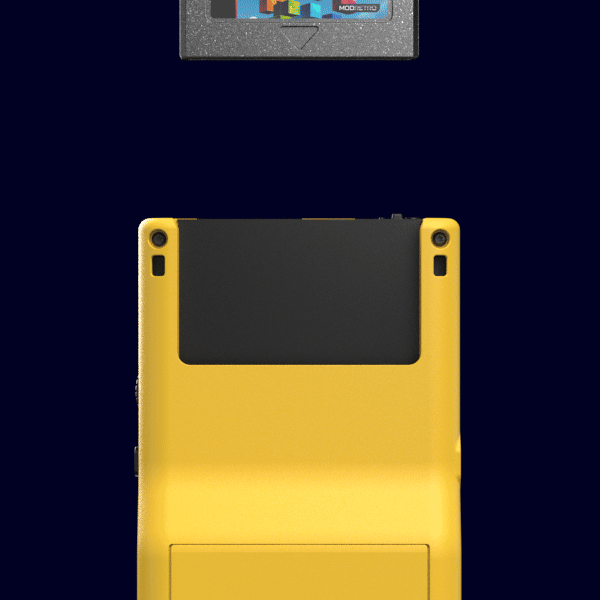
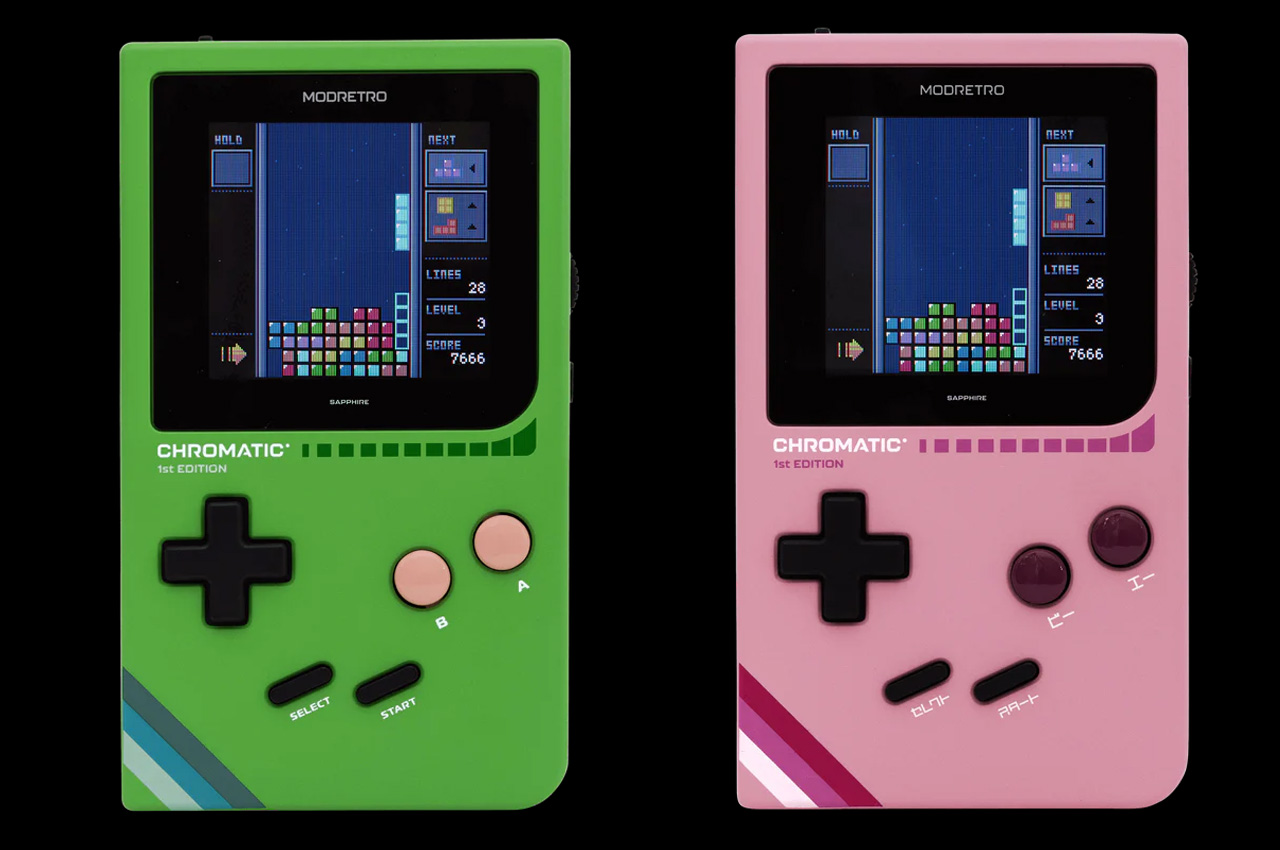
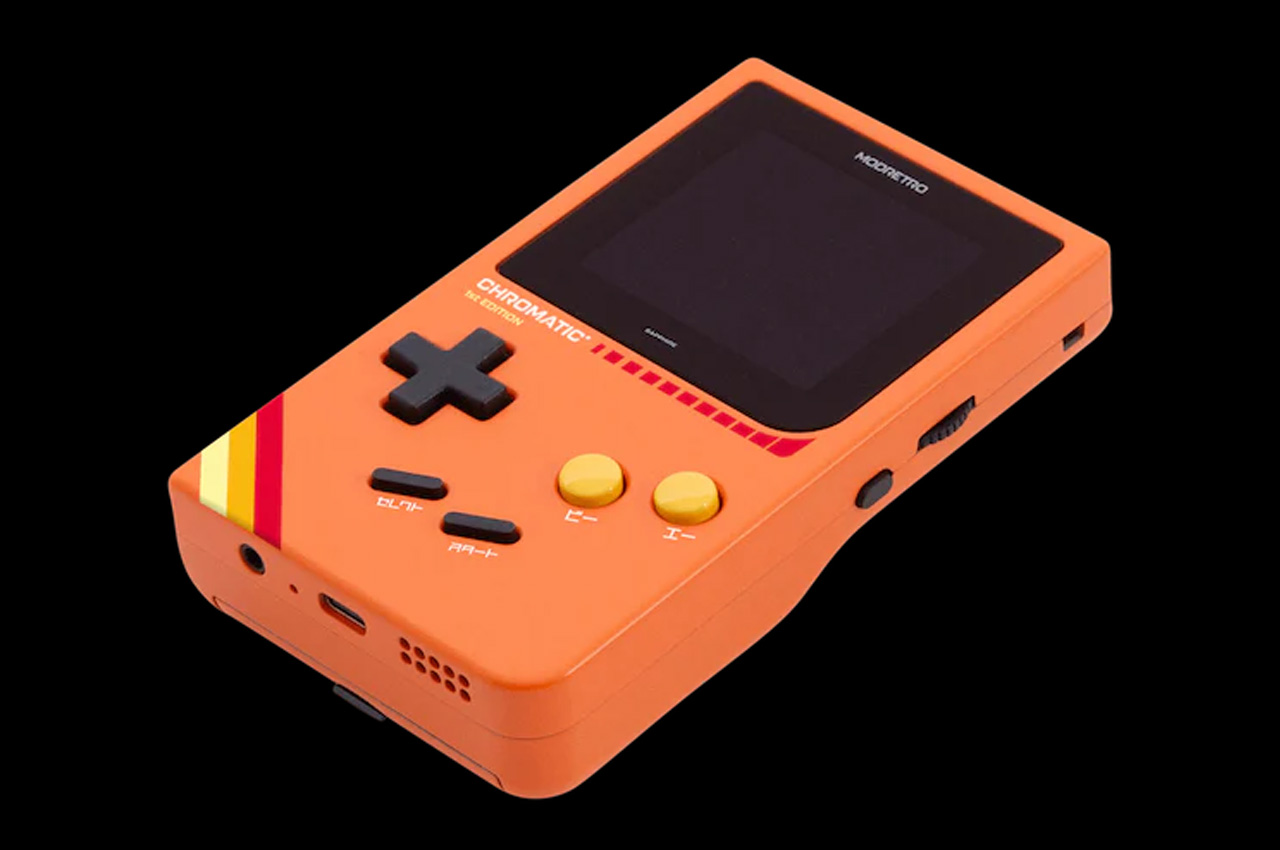
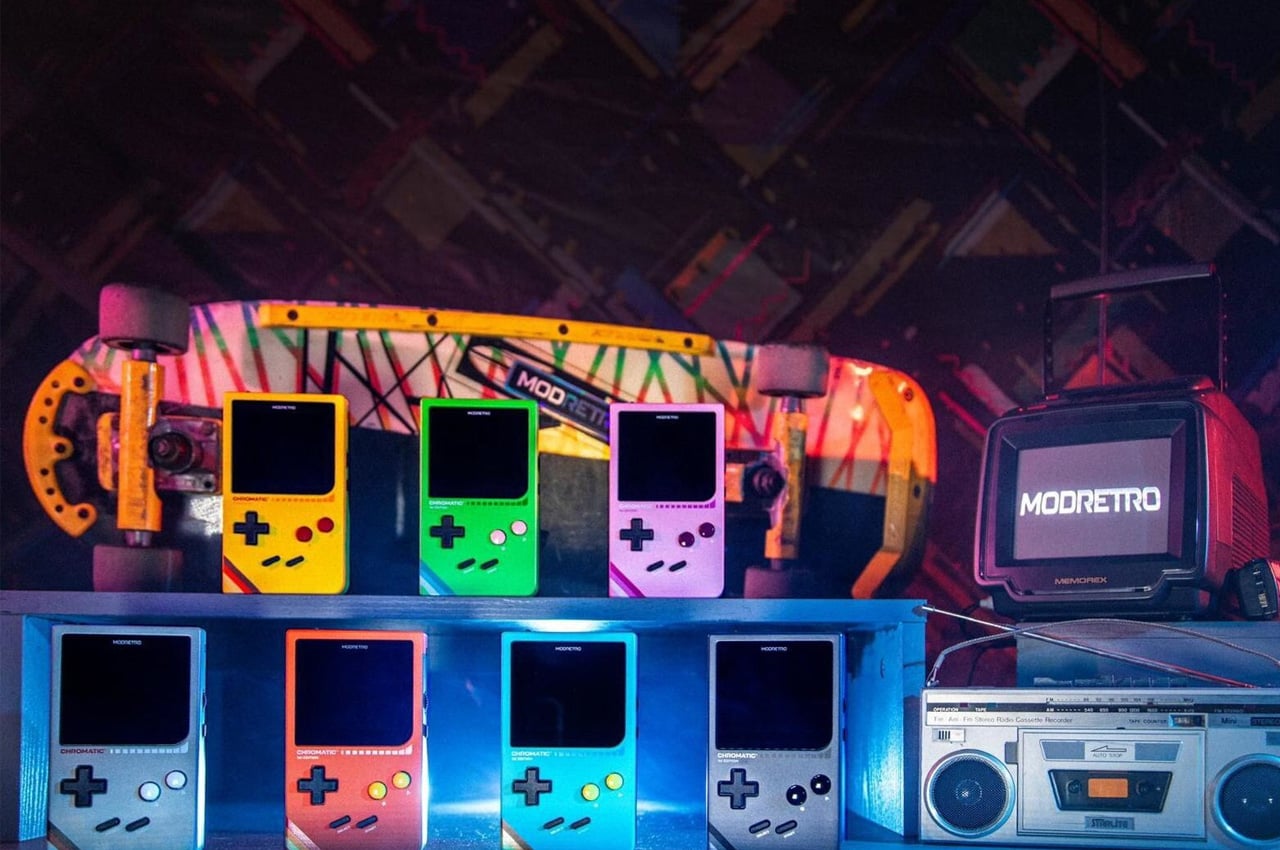
The post Custom-built inside out, ModRetro Chromatic is the ultimate tribute to the Gameboy first appeared on Yanko Design.
ASUS ROG Ally X gaming handheld PC brings small changes that have a big impact

After numerous leaks and rumors, the cat is finally out of the bag. The next ASUS Republic of Gamers handheld PC isn’t the Ally 2 but the ROG Ally X as expected. While some might see it as simply splitting hairs, the naming does make a difference. It still has the beating heart of the first ROG Ally, but with a few extras that respond to the criticisms and requests of the gaming community who embraced this more portable form factor right off the bat. From some perspectives, those extras are really small and subtle, especially if looking at it from the outside. But with enough of those changes working together, the ROG Ally X is positioning itself to be a more powerful companion that will let you play more games longer.
Designer: ASUS ROG



Just from a glance, you might not be able to tell that this is in any way different from the OG ROG Ally, at least except for its new all-black motif. It still boggles the mind why ASUS chose white for its first iteration, a color that’s almost alien to gamers’ palettes, though it did help the ROG Ally stand out from its rivals. If you look more closely, however, and hold the device in your hands, you might notice how things are somewhat different, hopefully for the better.



The handles, for example, are rounder now, which helps improve the grip that’s critical to a handheld device. The back triggers now come at an angle for better ergonomics, while the joystick and D-pad have been improved to be more durable and more precise. The biggest changes, however, are on the inside, where every little thing counts if it’s meant to improve the gaming experience.



It’s still the same AMD Ryzen Z1 Extreme as the original ROG Ally, but that mobile gaming processor is now paired with 24GB of DDR-7500 RAM, up from 16GB in the first iteration. The storage capacity has been doubled to up to 1TB, but the bigger surprise is that ASUS is making it easier to upgrade it. The battery has also been doubled to 80Wh, which means you’ll have more time playing before you need to plug the little monster in. To compensate for this newfound power, ASUS ROG promises an improved thermal cooling solution so you won’t burn your hand while you play.



There is at least one change that some might consider a downgrade, depending on how attached they’ve become to ASUS’ proprietary XG external graphics port. In its place, the ROG Ally X uses a more standard Thunderbolt-compatible USB-C port that could still work with external GPUs but also with a lot more devices as well. Given all these changes, it’s no surprise that the ASUS ROG Ally X will cost more than its predecessor at $799.99. Then again, this version is squarely aimed at power gamers, and those who can live with the bare minimum can still get the older model, at least for now.


The post ASUS ROG Ally X gaming handheld PC brings small changes that have a big impact first appeared on Yanko Design.
Anbernic Game Boy Advance SP clone does more than just copy an old design
Retro gaming consoles and computers are still going strong, with many designs still left to be revived, resized, and retrofitted for modern times. Most of these products try to recreate the experience of those original machines, at least with the games they used to run on very limited hardware. That said, you can only go so far trying to recreate the past. Sooner or later, you will hit a wall, as demonstrated by the limited number of titles supported by many of these retro consoles. This reinterpretation of a Game Boy classic design, however, isn’t exactly a simple copy of the clamshell handheld. Instead, it takes the same spirit of portable adventure that the Game Boy Advance SP embodied and wraps it in a body that’s well-suited for modern gaming styles.
Designer: Anbernic

It’s honestly a bit of a gray legal area whenever third-party brands try to embrace a design so close to something from the annals of video gaming history. That hasn’t stopped the likes of Anbernic from taking obvious inspiration from those bygone designs but with enough modifications to skirt infringement accusations. Of course, Anbernic has its own original designs, but the ones that really grab your attention are those that pay homage to icons like the Nintendo Game Boy.


With the uninspiring name of Anbernic RG35XXSP, the prolific gaming handheld manufacturer is bringing the Game Boy Advance SP back to life, or at least the pocket-sized clamshell design that made it quite a hit. It’s just as blocky and thick as the original, but that’s also part of the device’s charm. For better or worse, however, that’s where the similarities end to the point that you can even say that the RG35XXSP was simply “inspired” by Nintendo’s handheld.


Deep inside, it uses the same guts as all the other iterations of the RG35XX, which means that it’s practically a mini computer that runs the Linux operating system. Specifically, it uses an emulation platform that can support a whole plethora of games from the likes of the Nintendo 64, PlayStation 1, PlayStation Portable, or even MS-DOS. And, yes, it can probably run Game Boy games as well, though you’re left to your own devices on how to make all these work.


What’s more important, however, is that the RG35XXSP doesn’t use the limited controls of the Game Boy Advance SP. Instead, it has enough buttons to support all those gaming platforms, though don’t expect any analog joystick here. The pocketable gaming handheld is also described to be equipped with modern technologies, like Wi-Fi and 5G for local multiplayer gaming, HDMI for TV output, and support for Bluetooth peripherals like controllers, keyboards, and mice. Shown off in four designs that give tribute to those consoles and handhelds of the past, launch details for the Anbernic RG35XXSP are unfortunately still unavailable at this moment.

The post Anbernic Game Boy Advance SP clone does more than just copy an old design first appeared on Yanko Design.
Card game helps kids learn about colours and be offline

There is still an ongoing conversation (debate) amongst educators, parents, and psychologists on the amount of screen time that we should allow kids to have. Of course there’s a balance between screens and offline activities although that’s pretty hard to achieve. It’s also hard to wean this generation away from their devices but one way is to provide alternative activities for them at school and especially at home. And maybe, we can even get them to create their own alternatives.
Designer: Pupils from The Piggot School

The winner for this year’s Design Museum’s Design Ventura competition may be a fun alternative for children and adults alike. The Colour Countdown card game created by the pupils at The Piggot School was inspired by classic analog games Uno and I Spy. It can bring out the competitive spirit amongst players but also lets them interact with their surroundings instead of just focusing on various screens. This is an annual competition for students aged 13-16 to create something that will eventually be sold in the Design Museum.

Each card has a coloured cellophane window and can be combined with other cards to create different blends of colours. The players have to find things around their space which will match the card or cards that they’re holding. It can be played in any environment but of course since you’re dealing with colours, it is better played somewhere with a lot of colourful objects around. The cards are also eco-friendly as it uses FSC-certified paper and the cellophane is made from wood pulp.

The next step for the Colour Countdown is that it will be developed by the students with a professional agency. It will eventually be manufactured and then sold at the Design Museum Shop so you actually have the chance to own and play this game. Who says only kids need to be weaned away from their screens?

The post Card game helps kids learn about colours and be offline first appeared on Yanko Design.